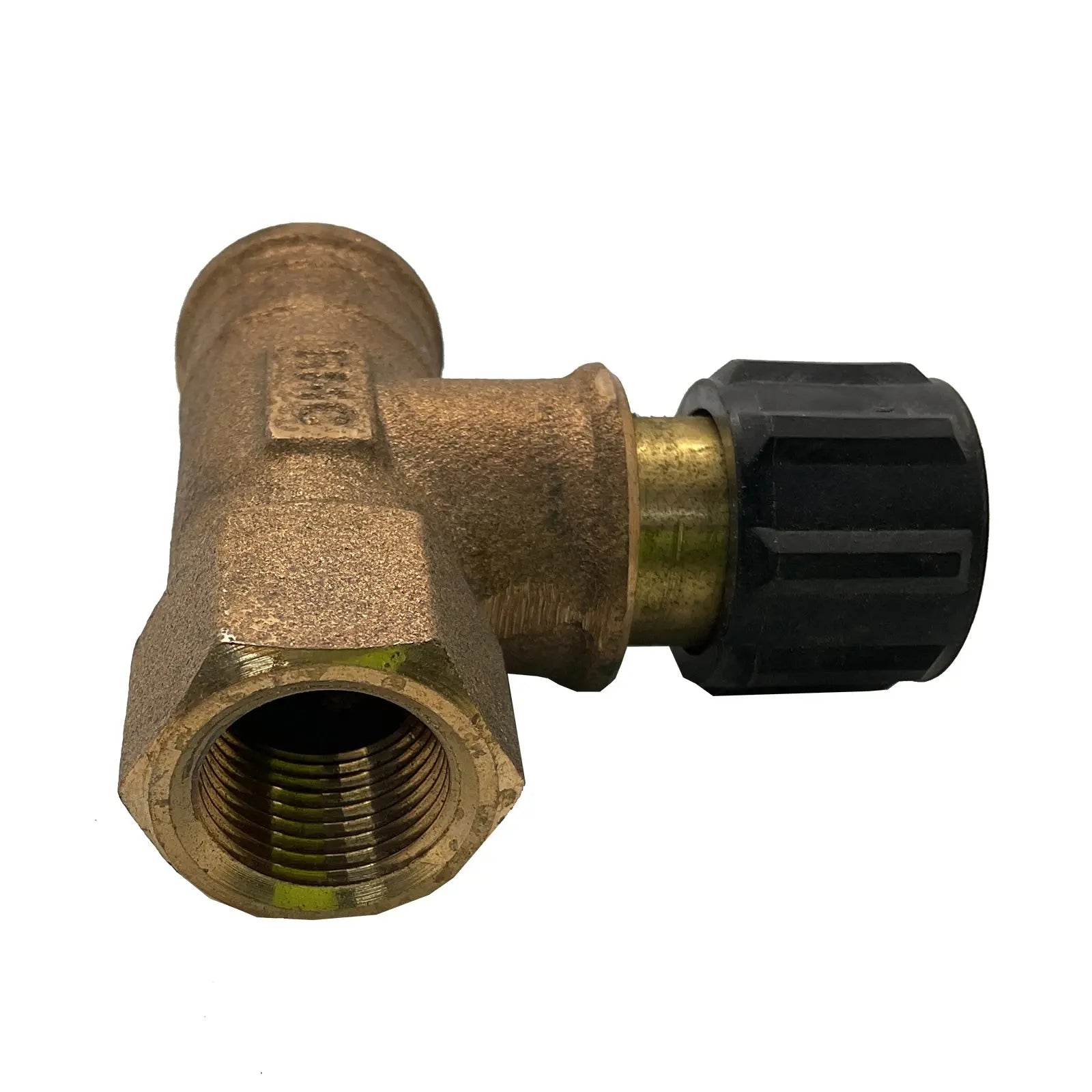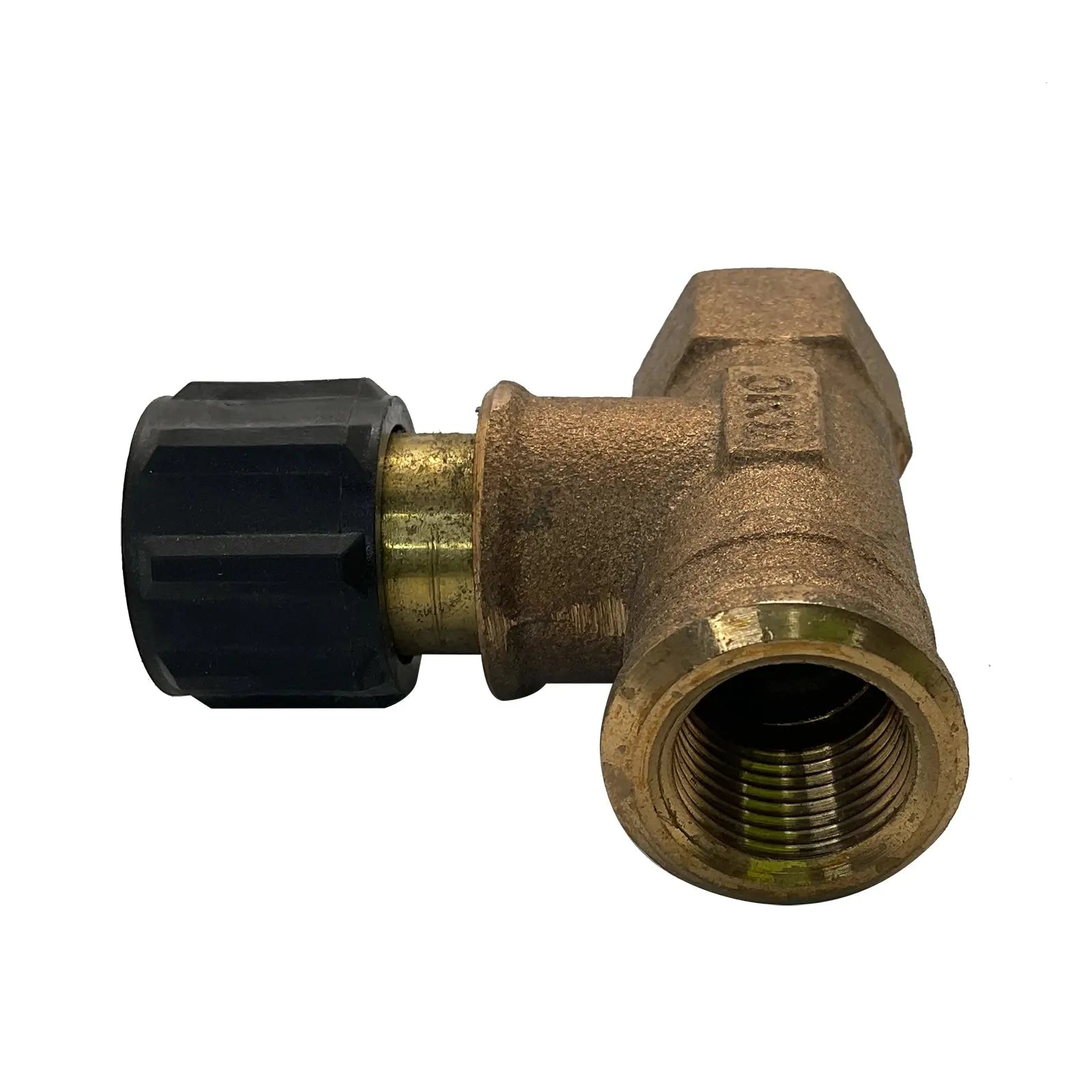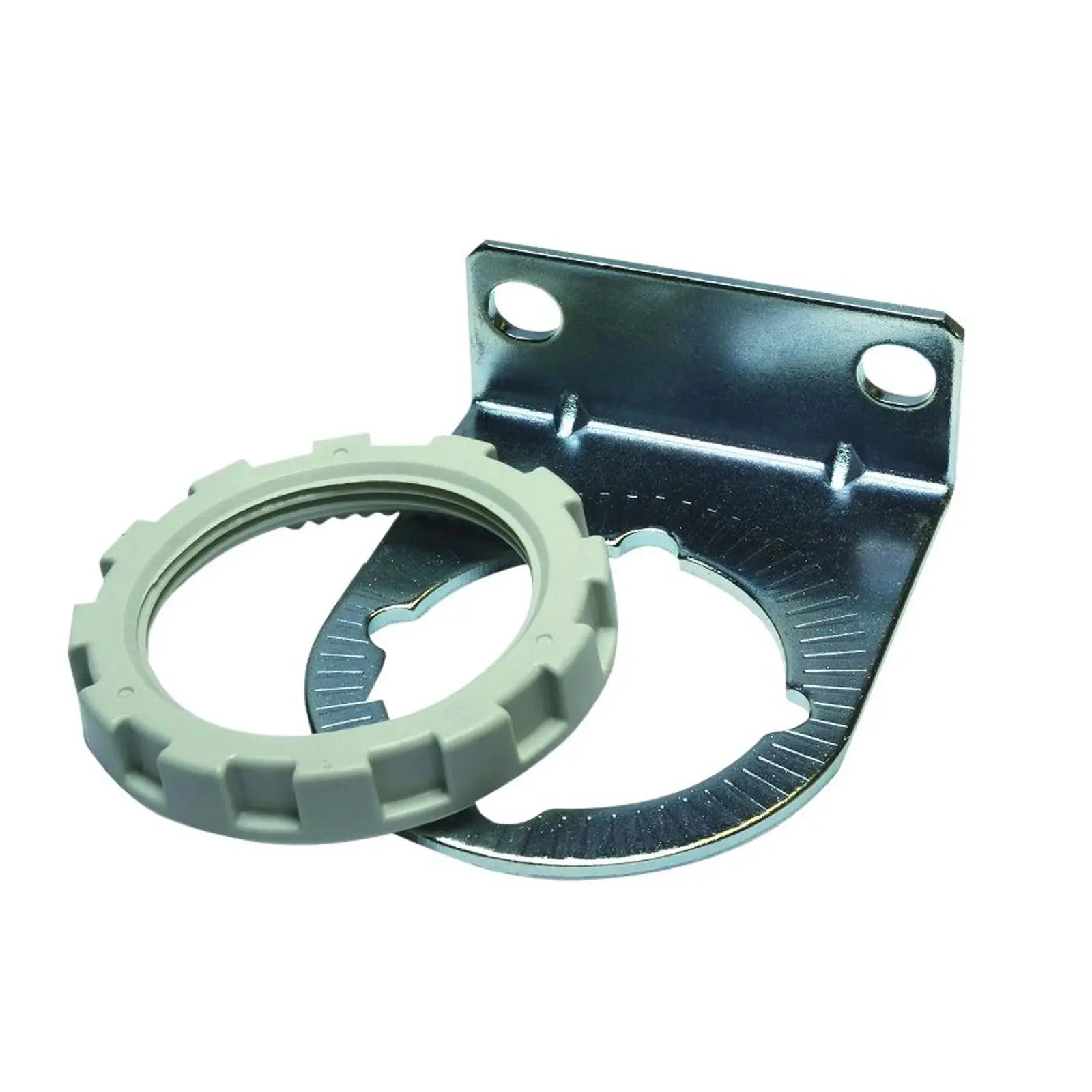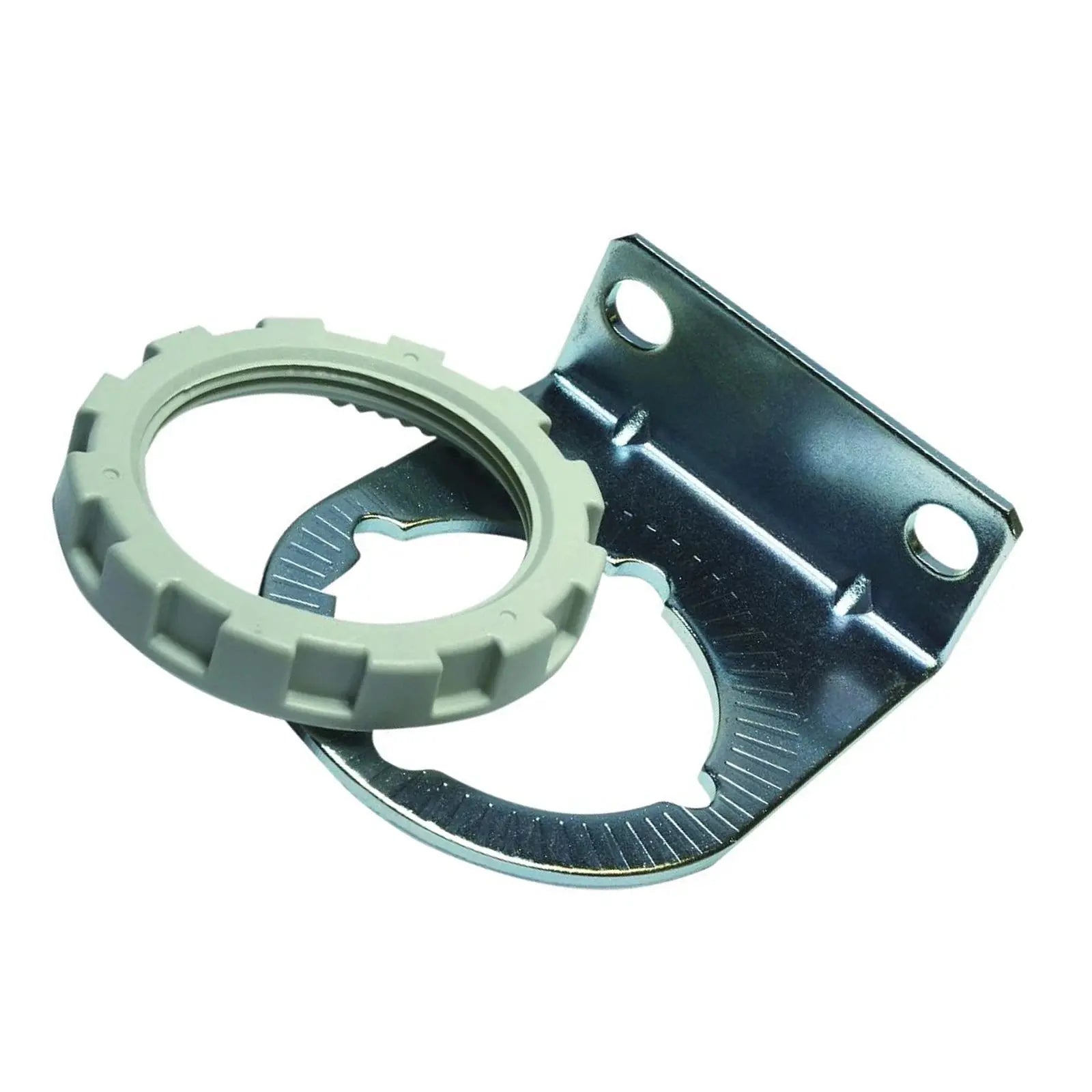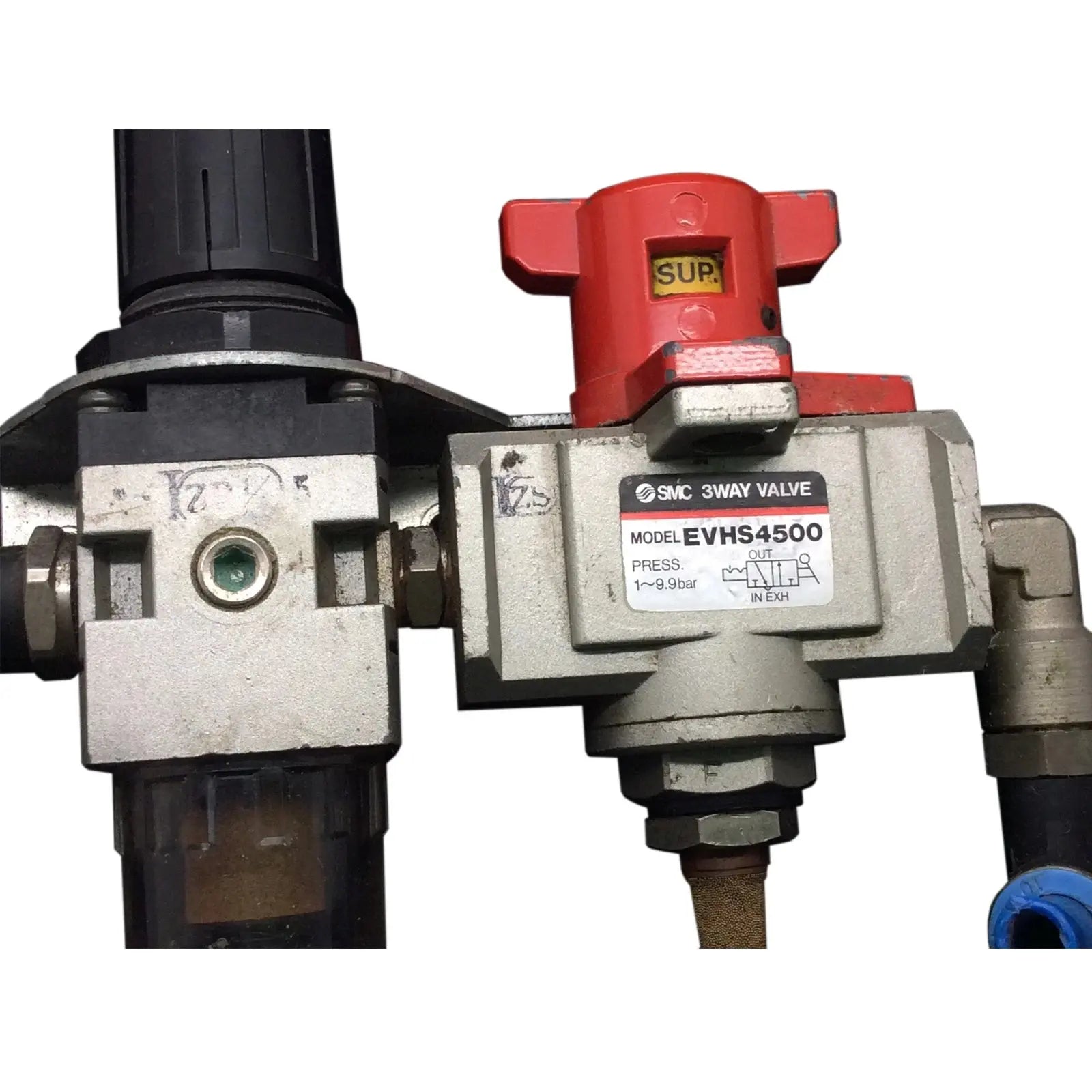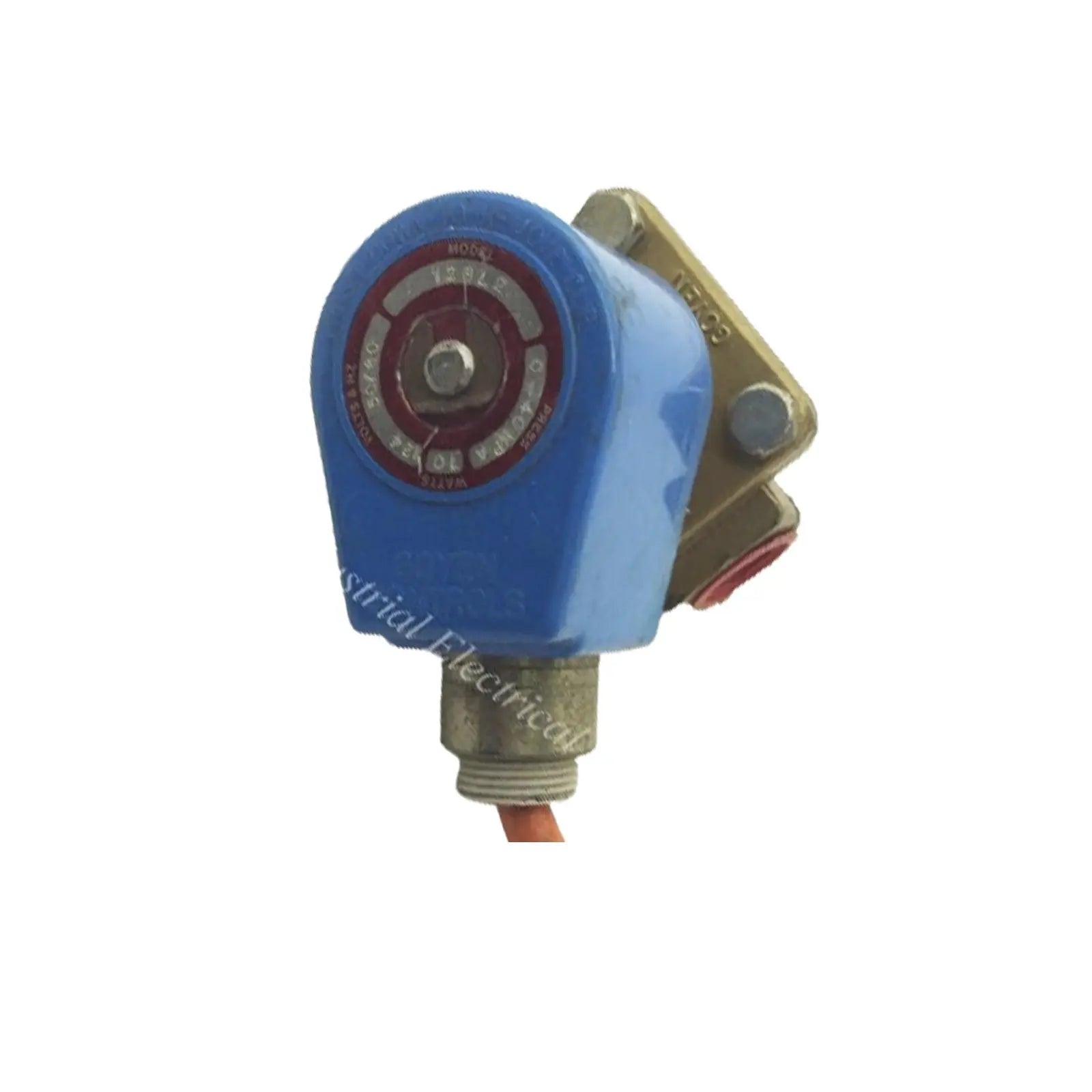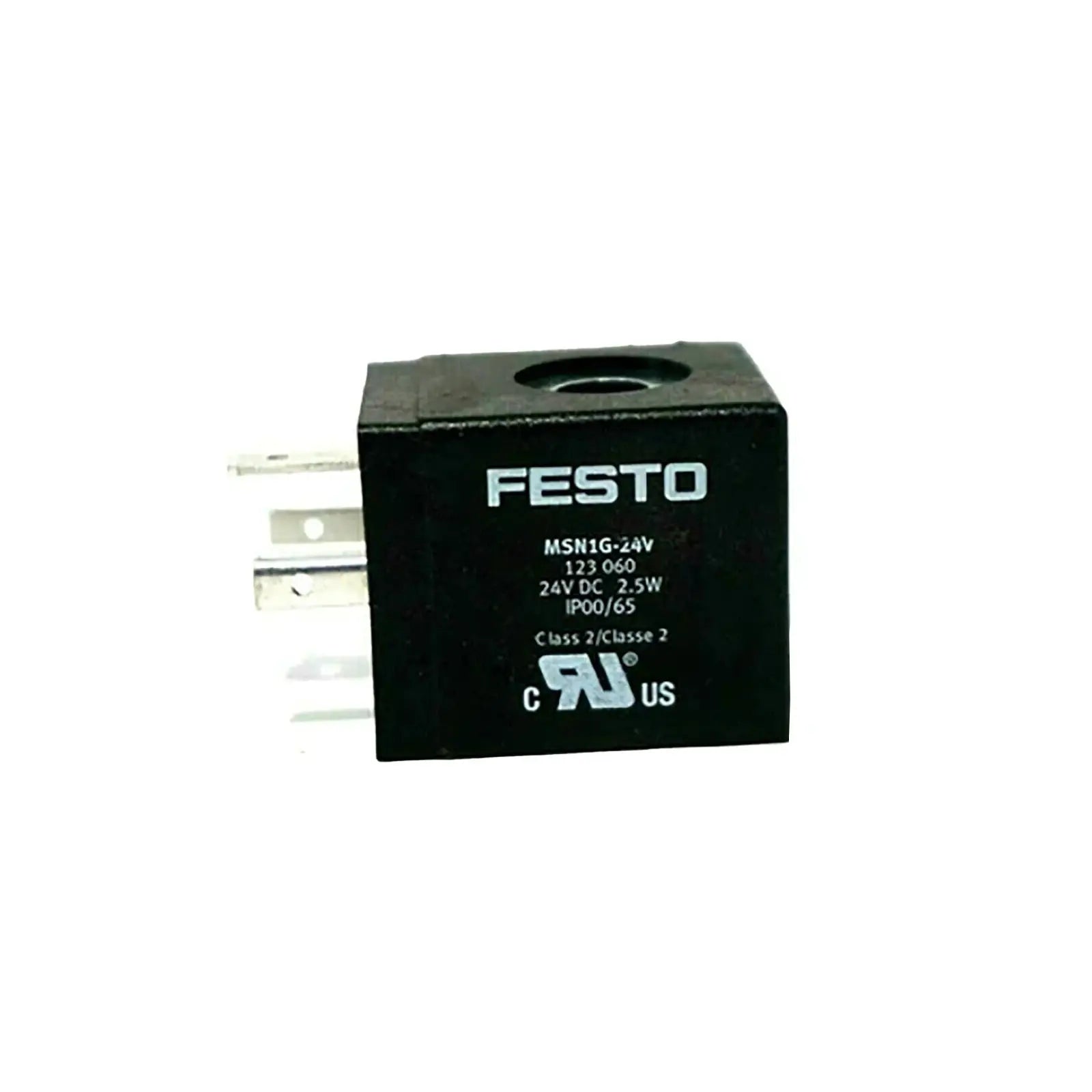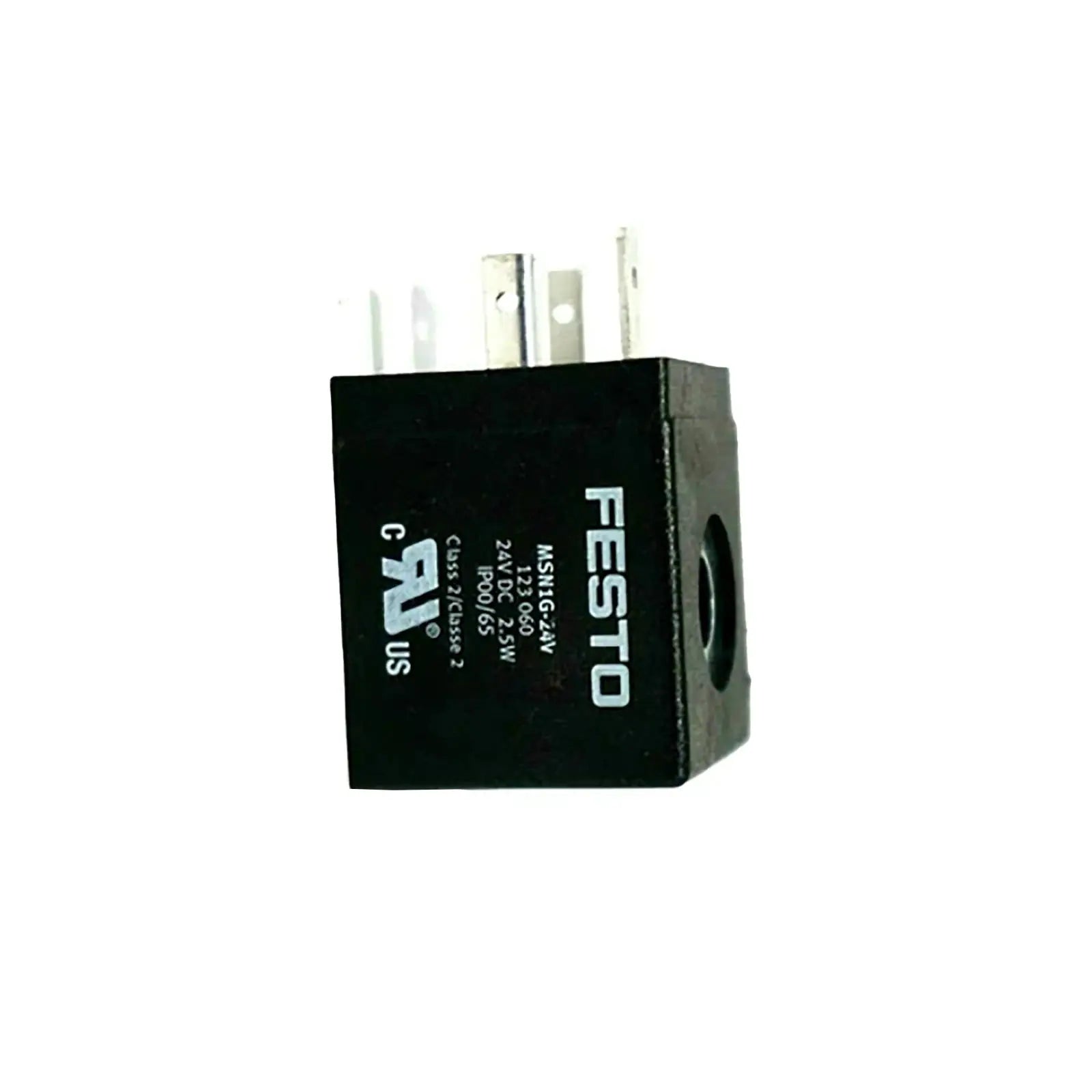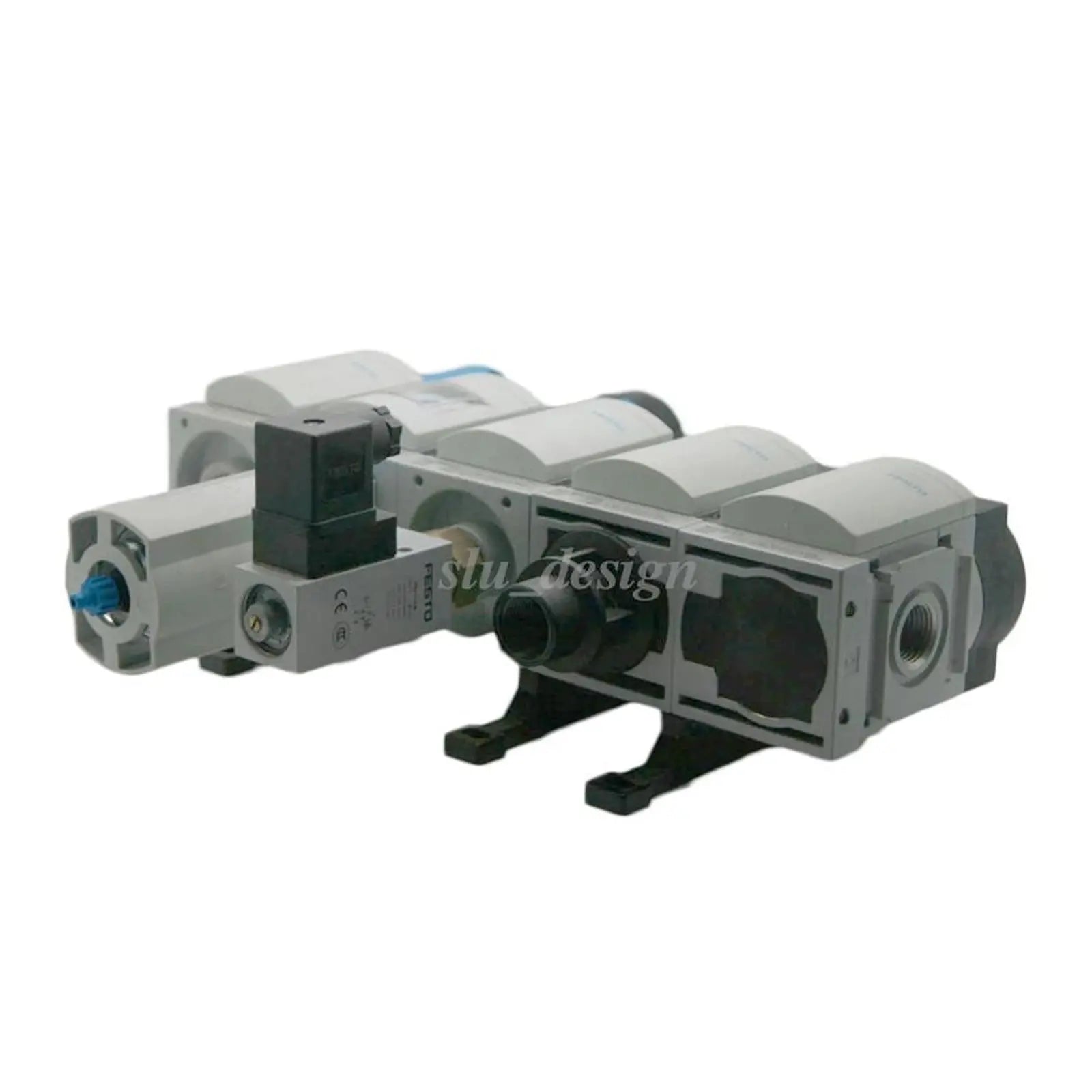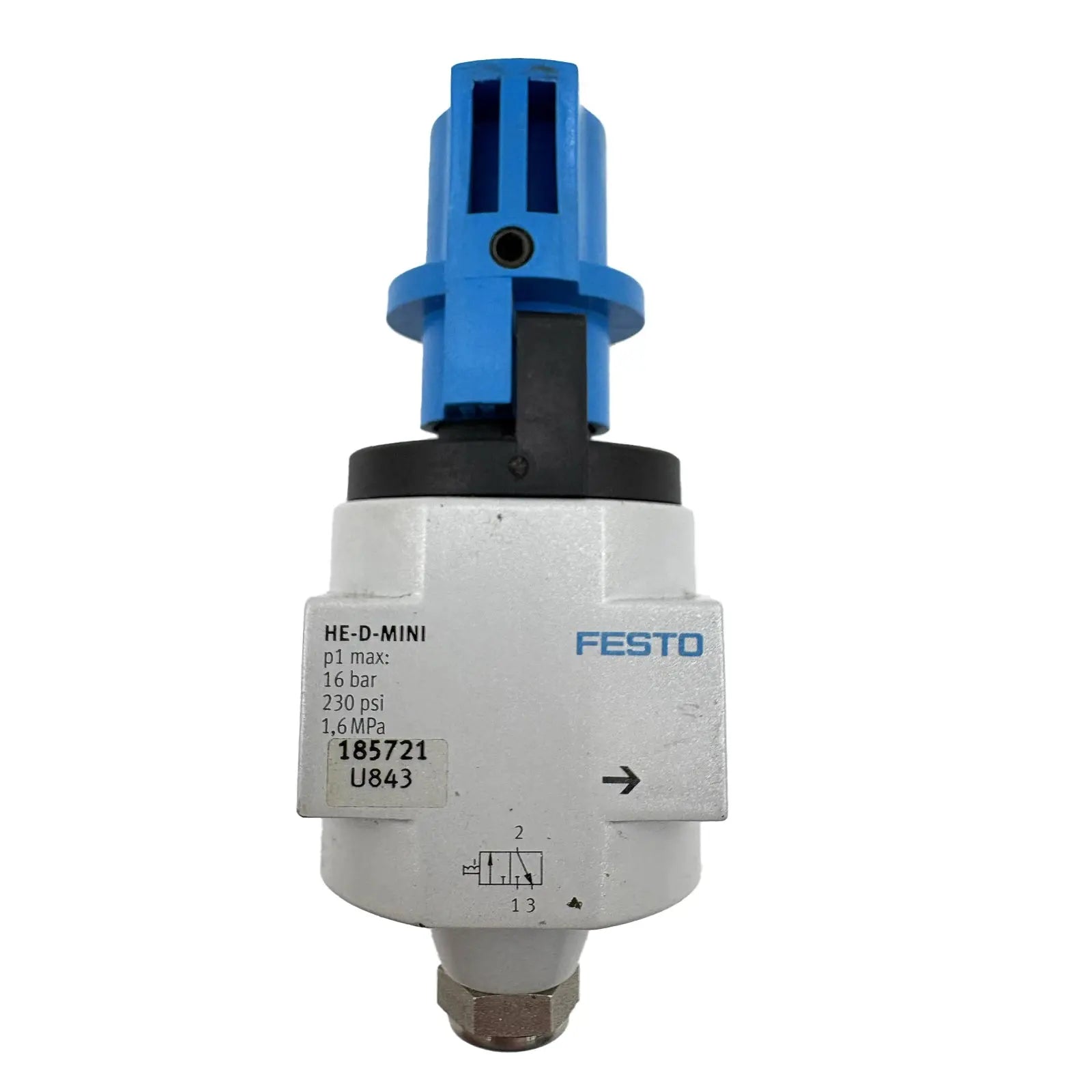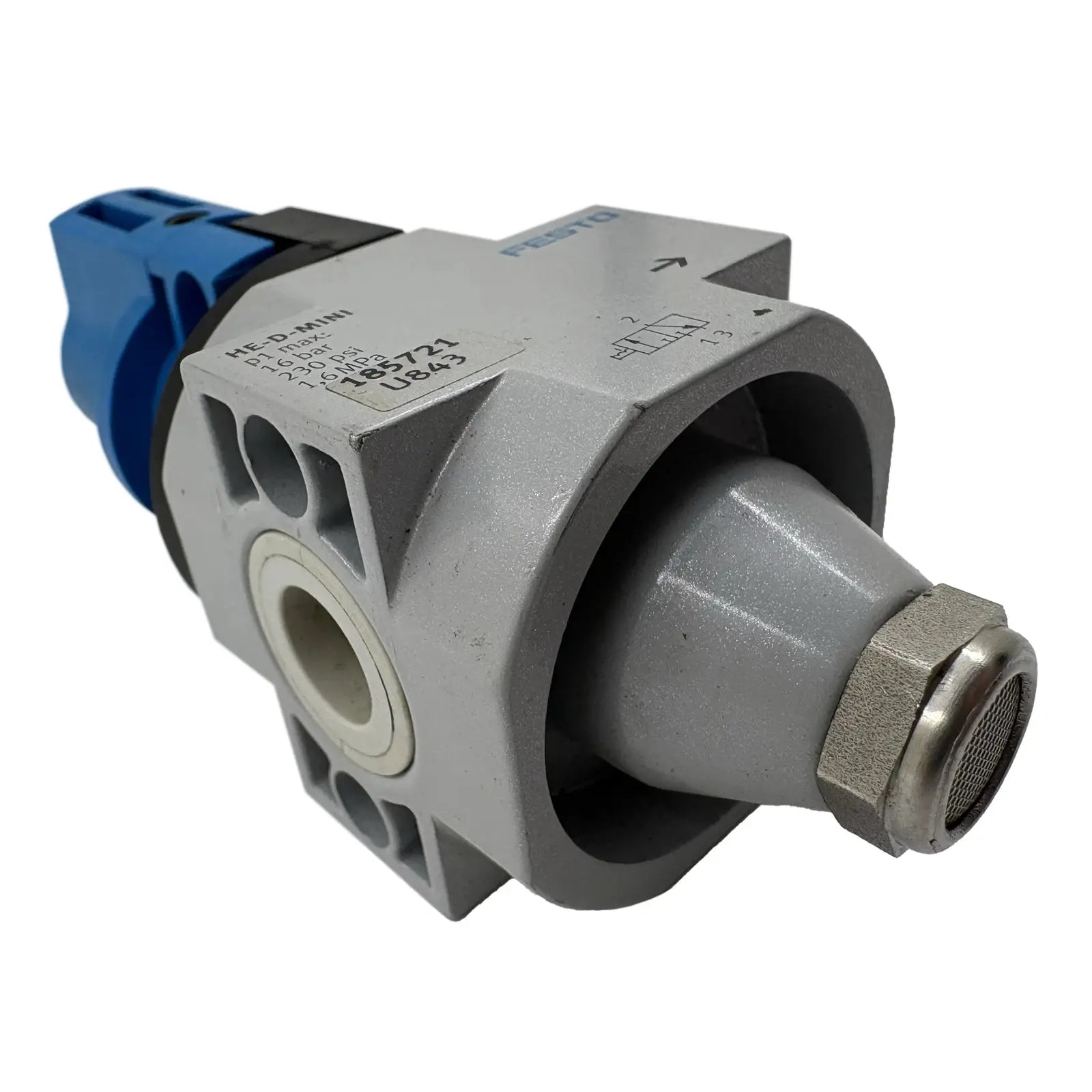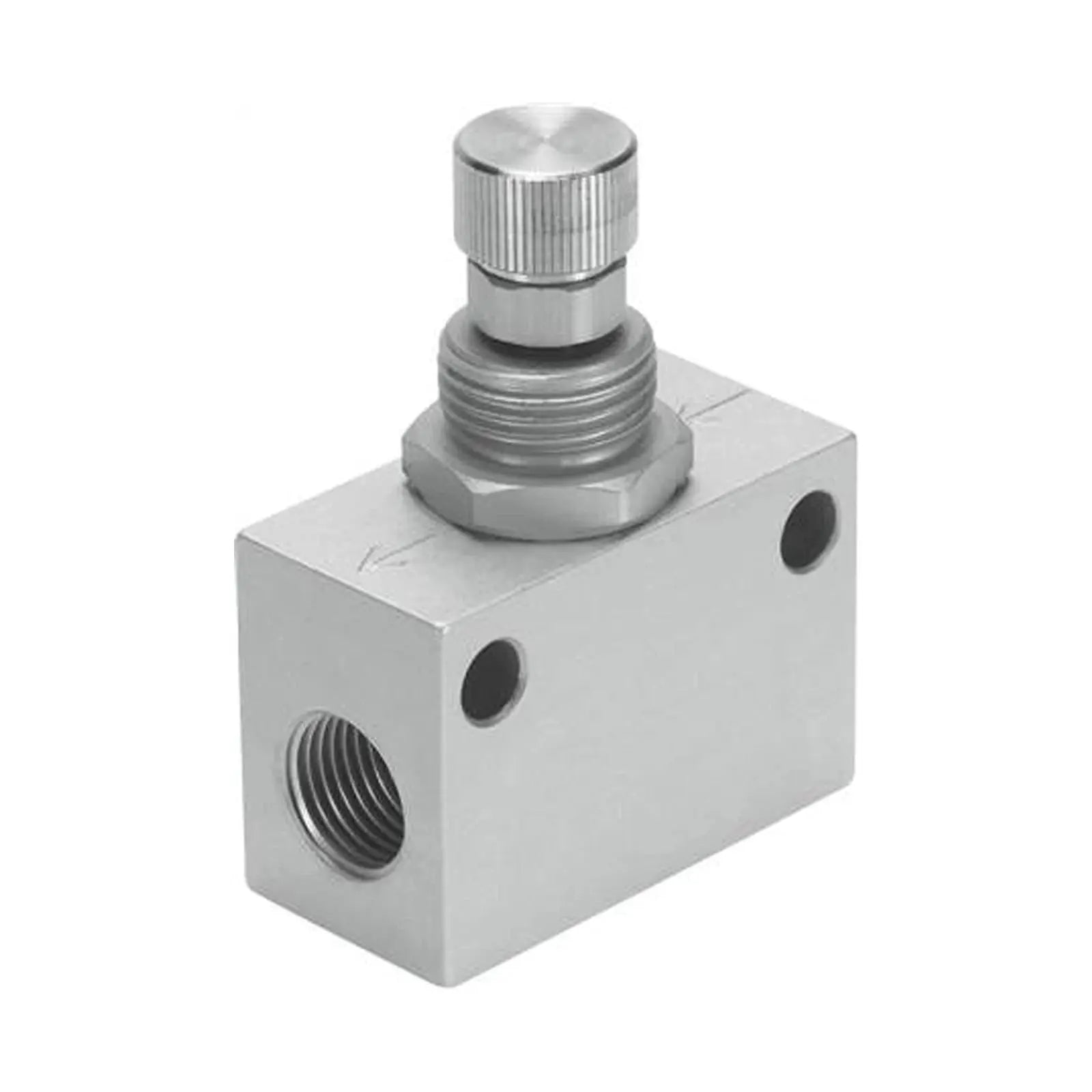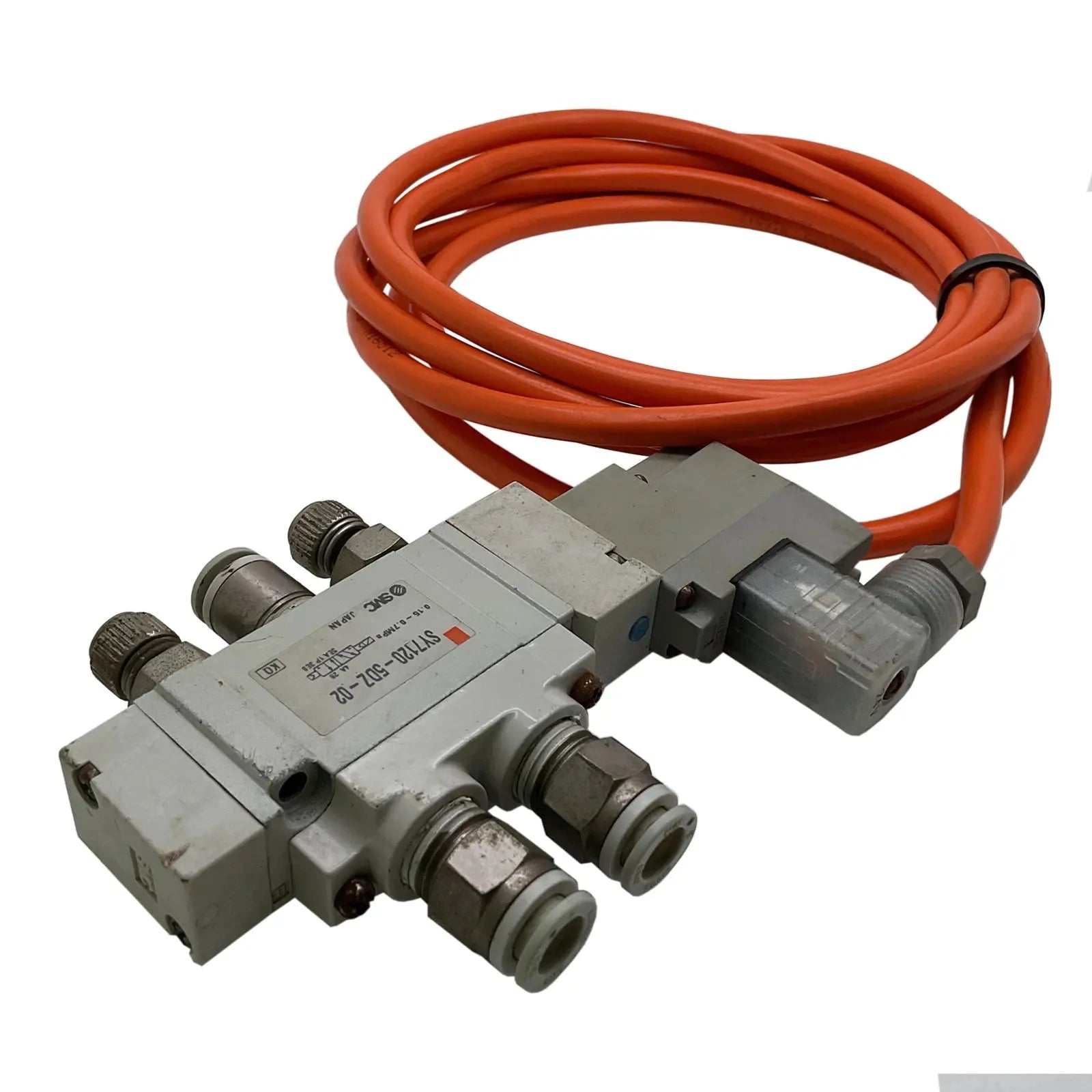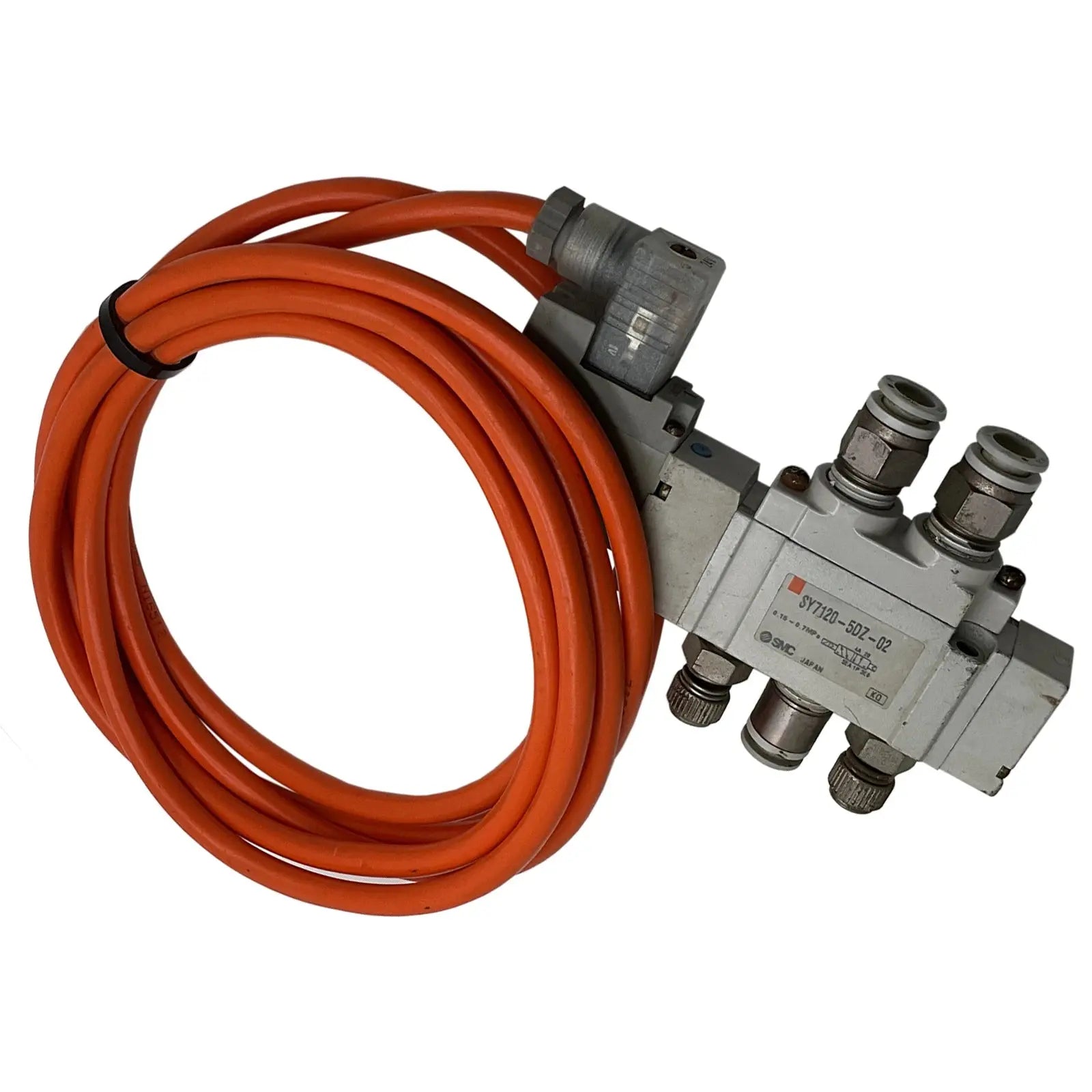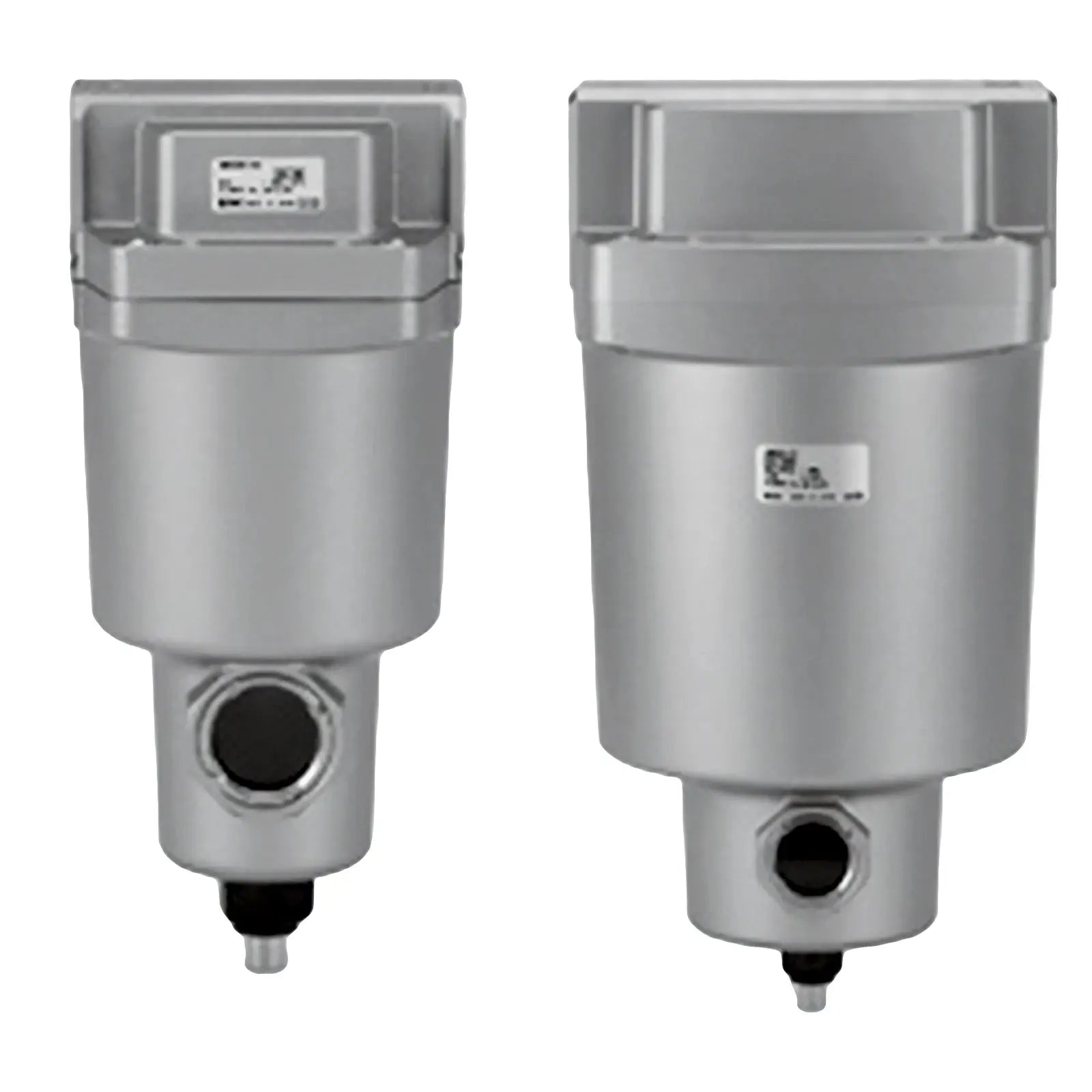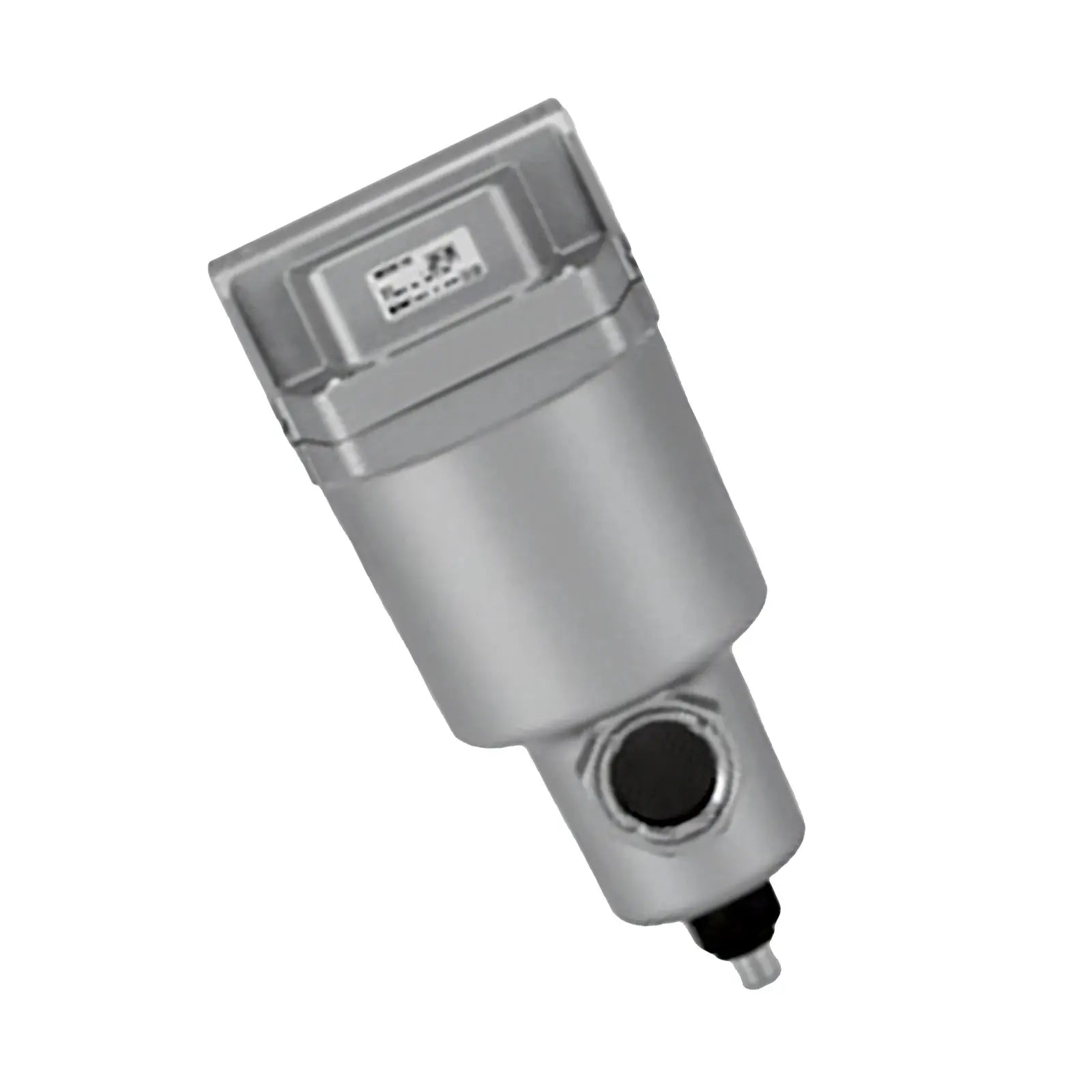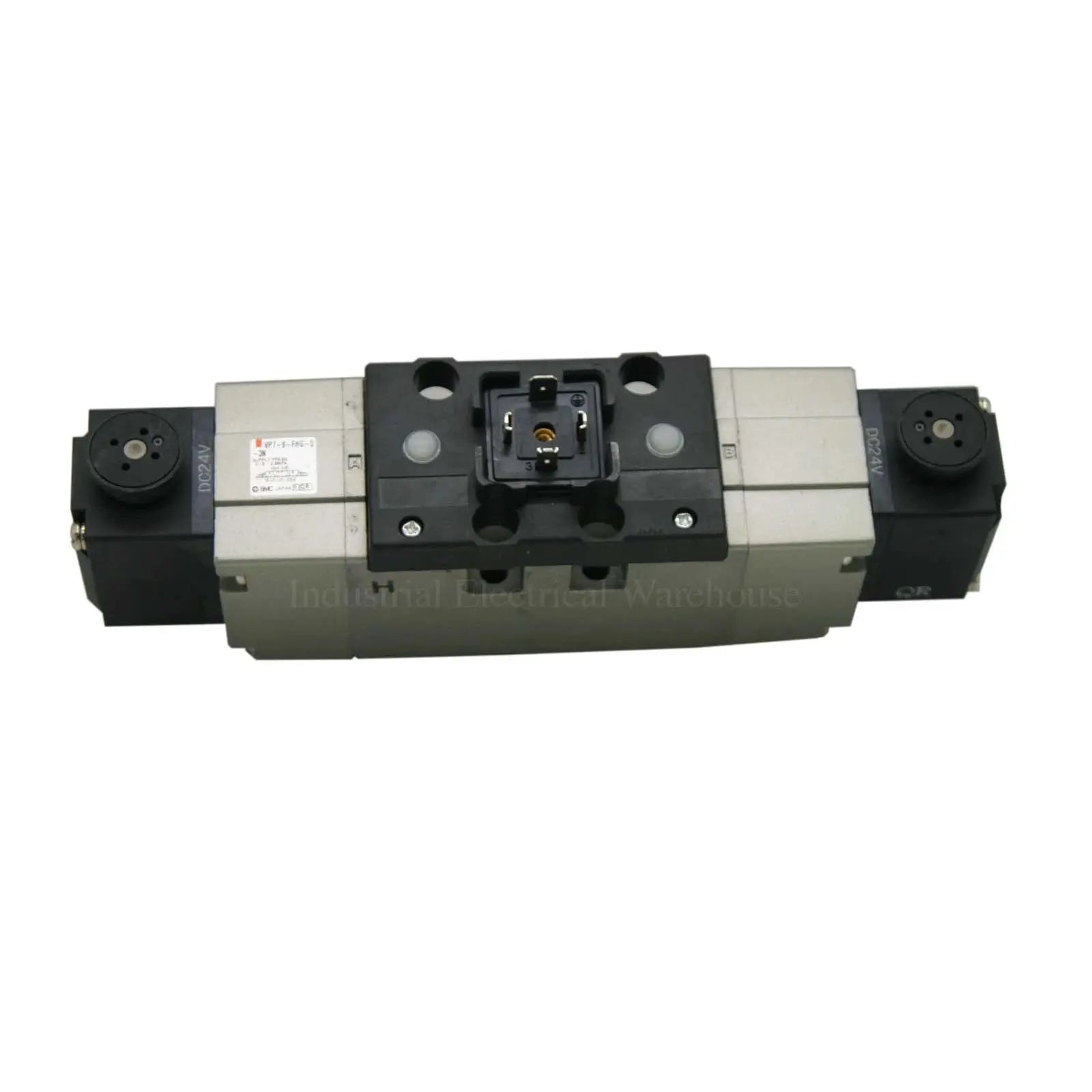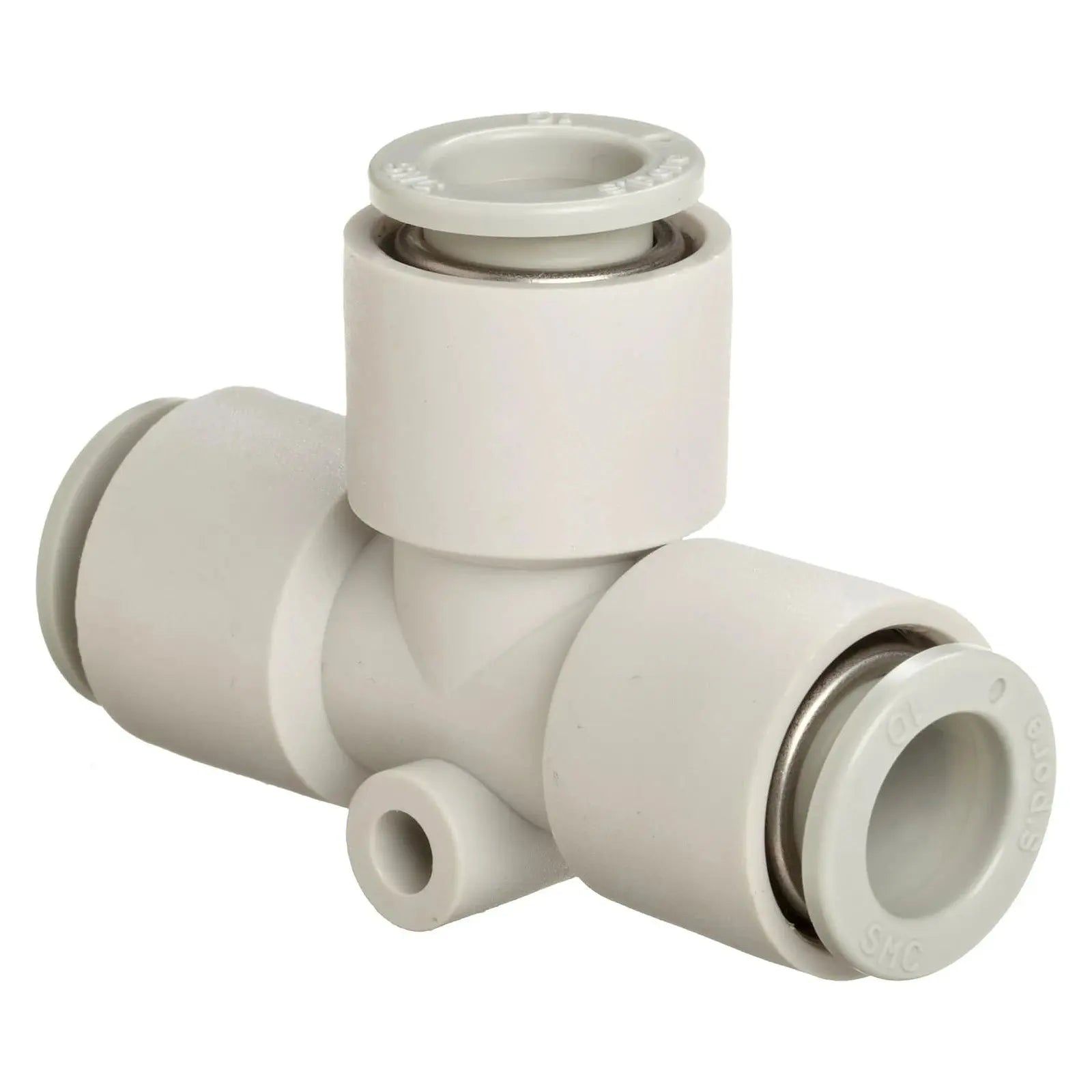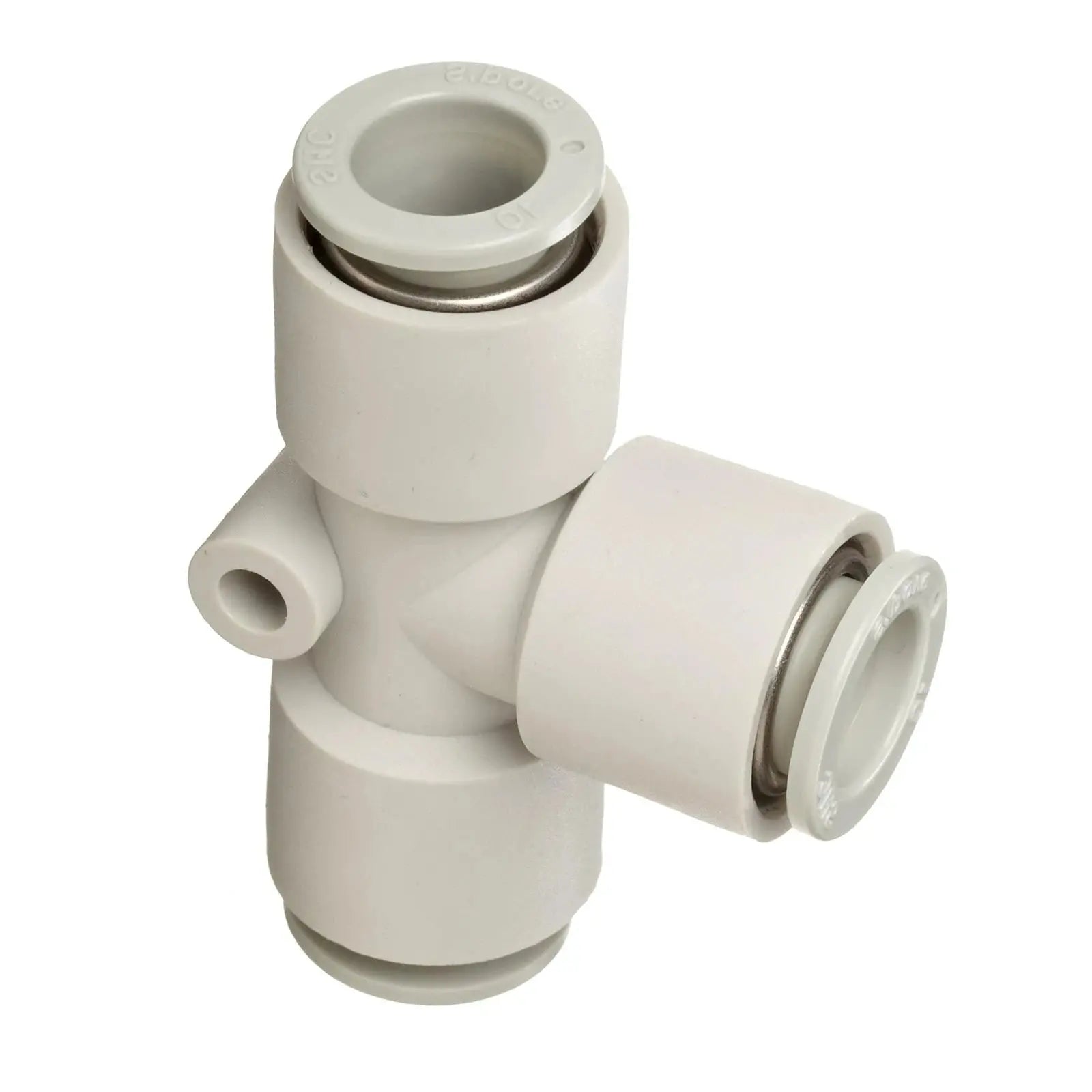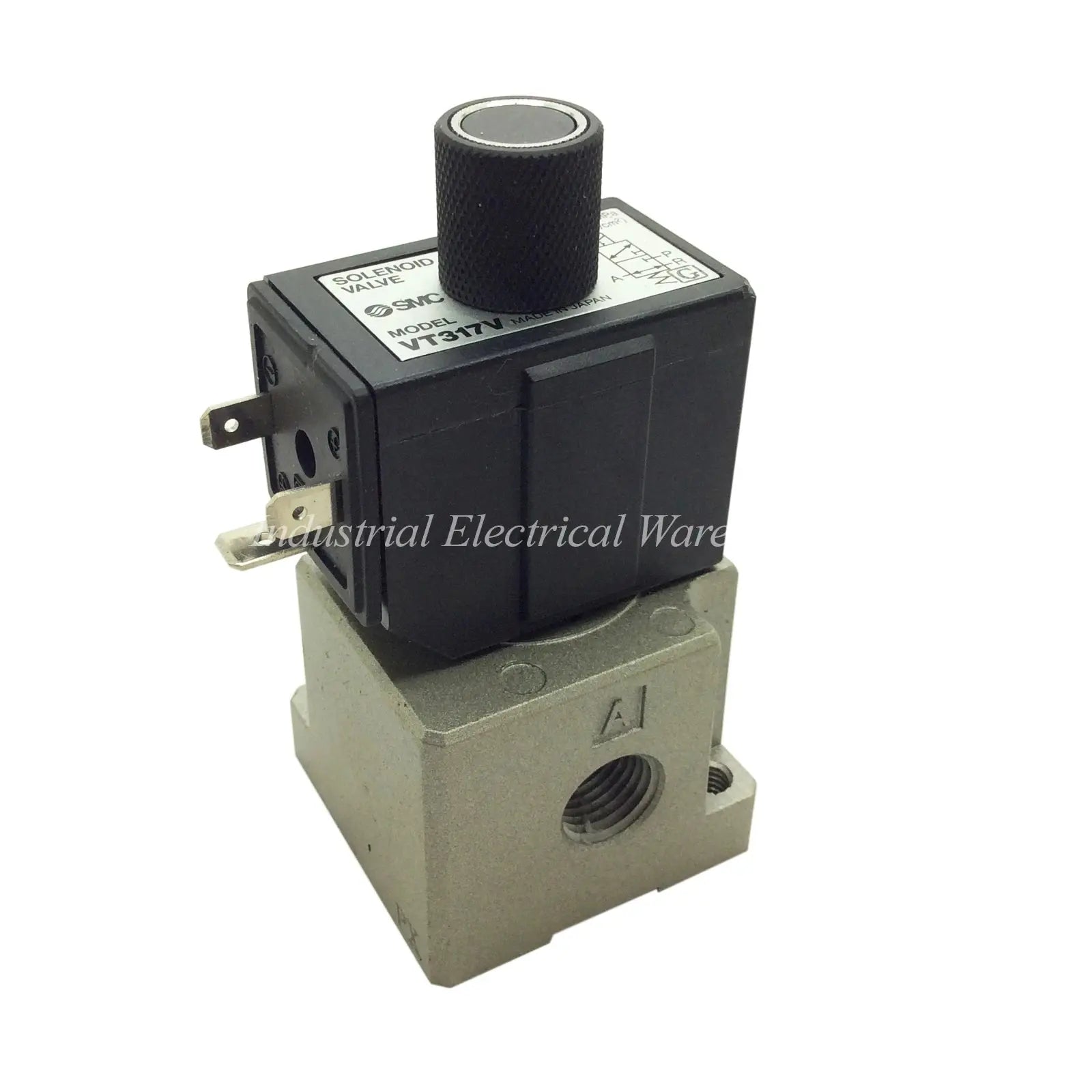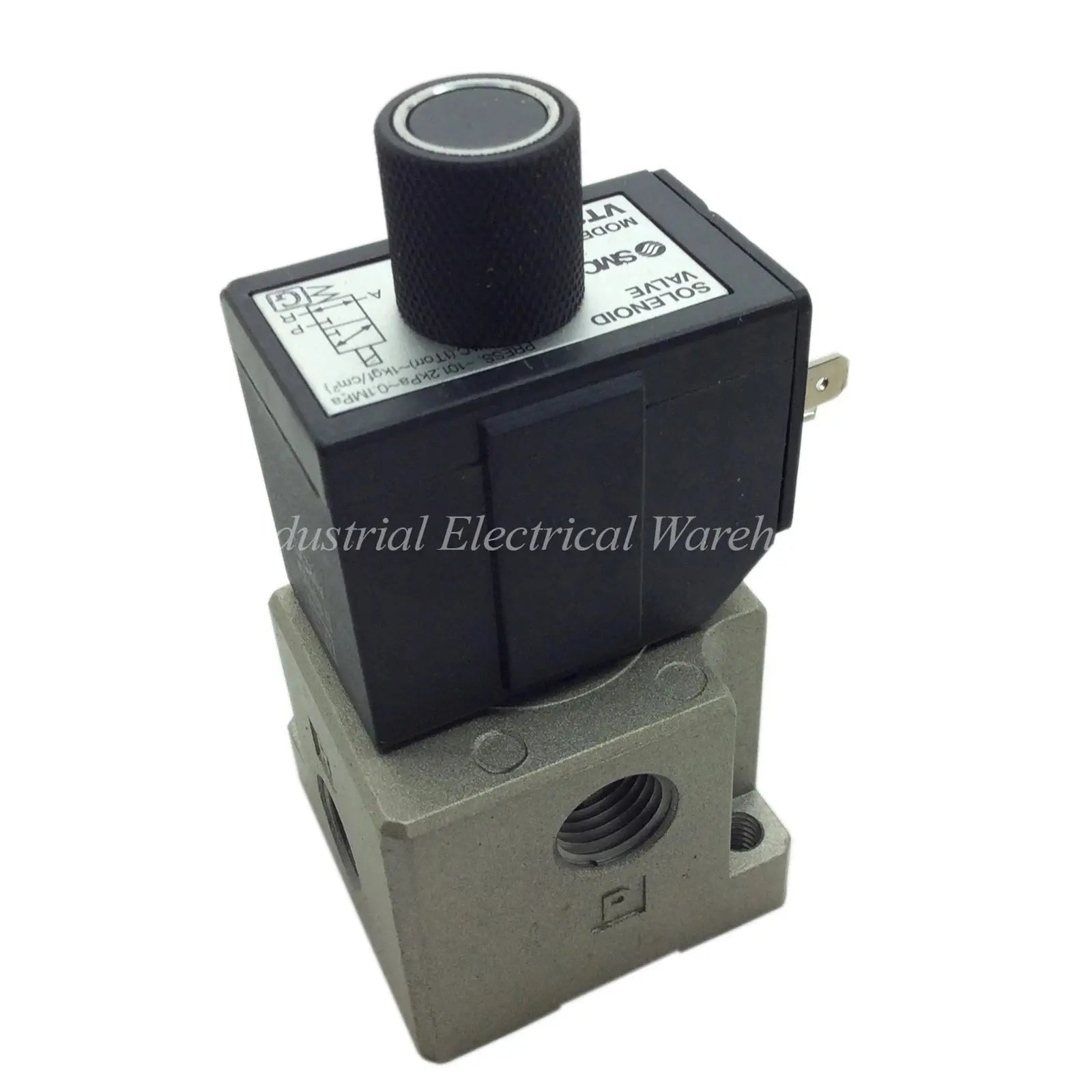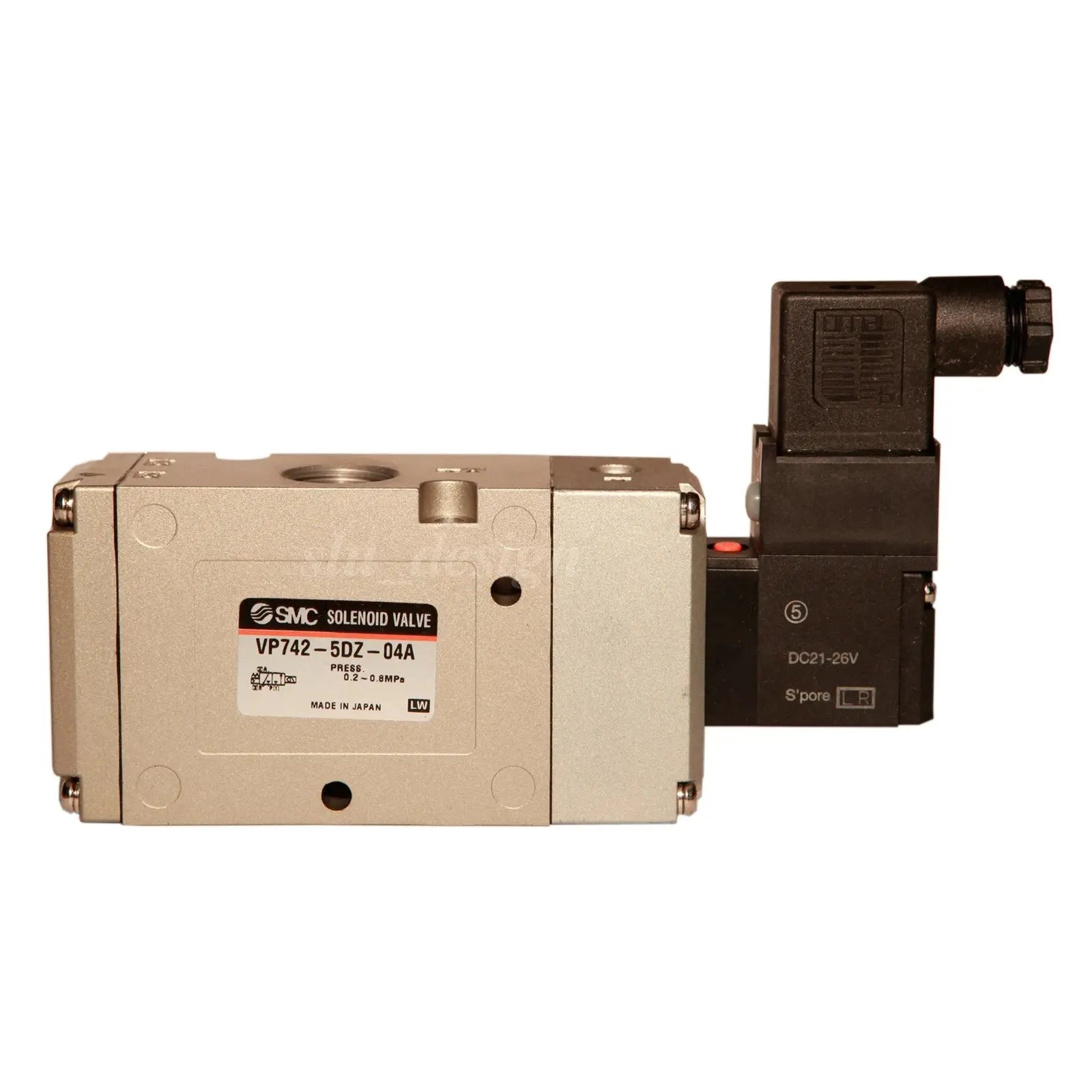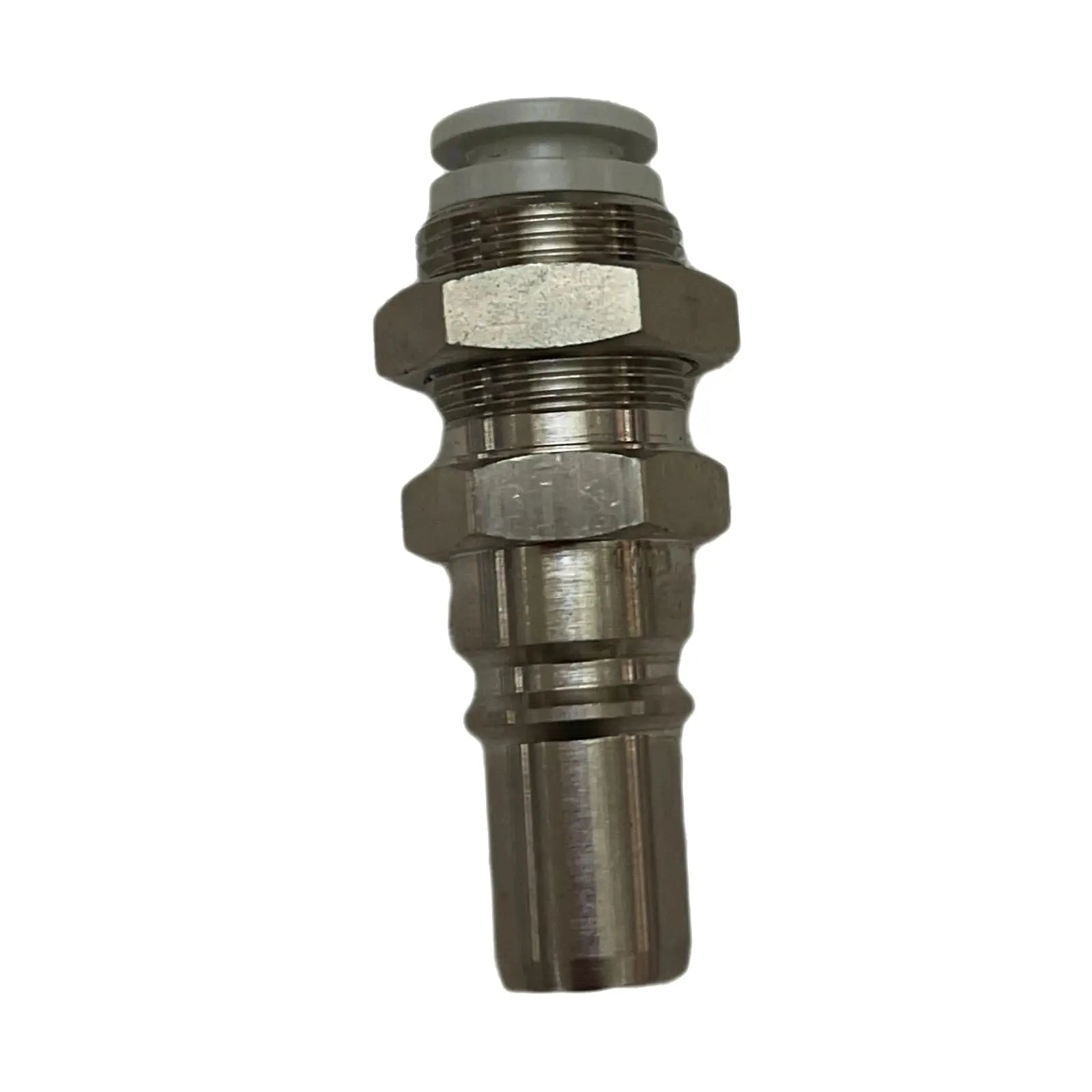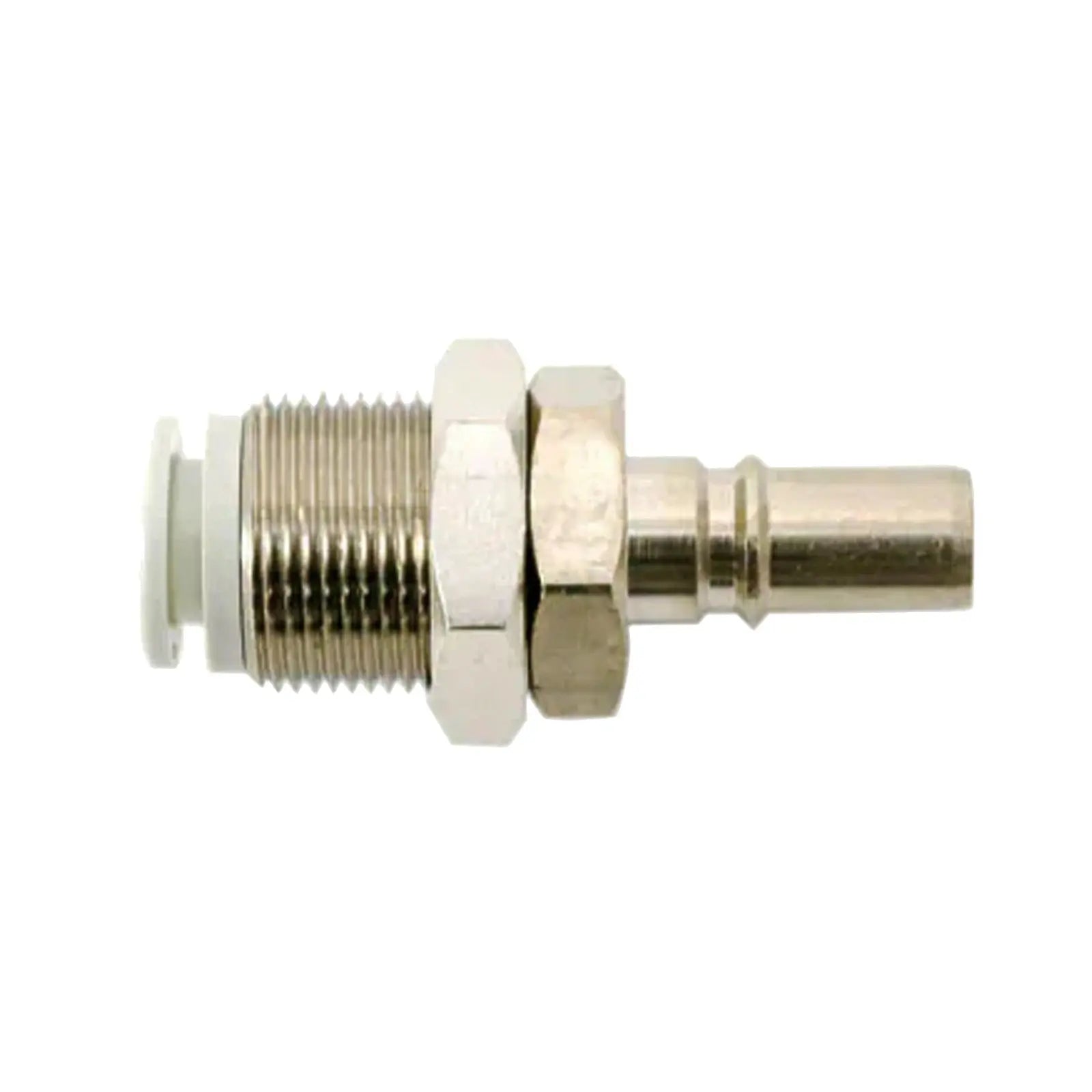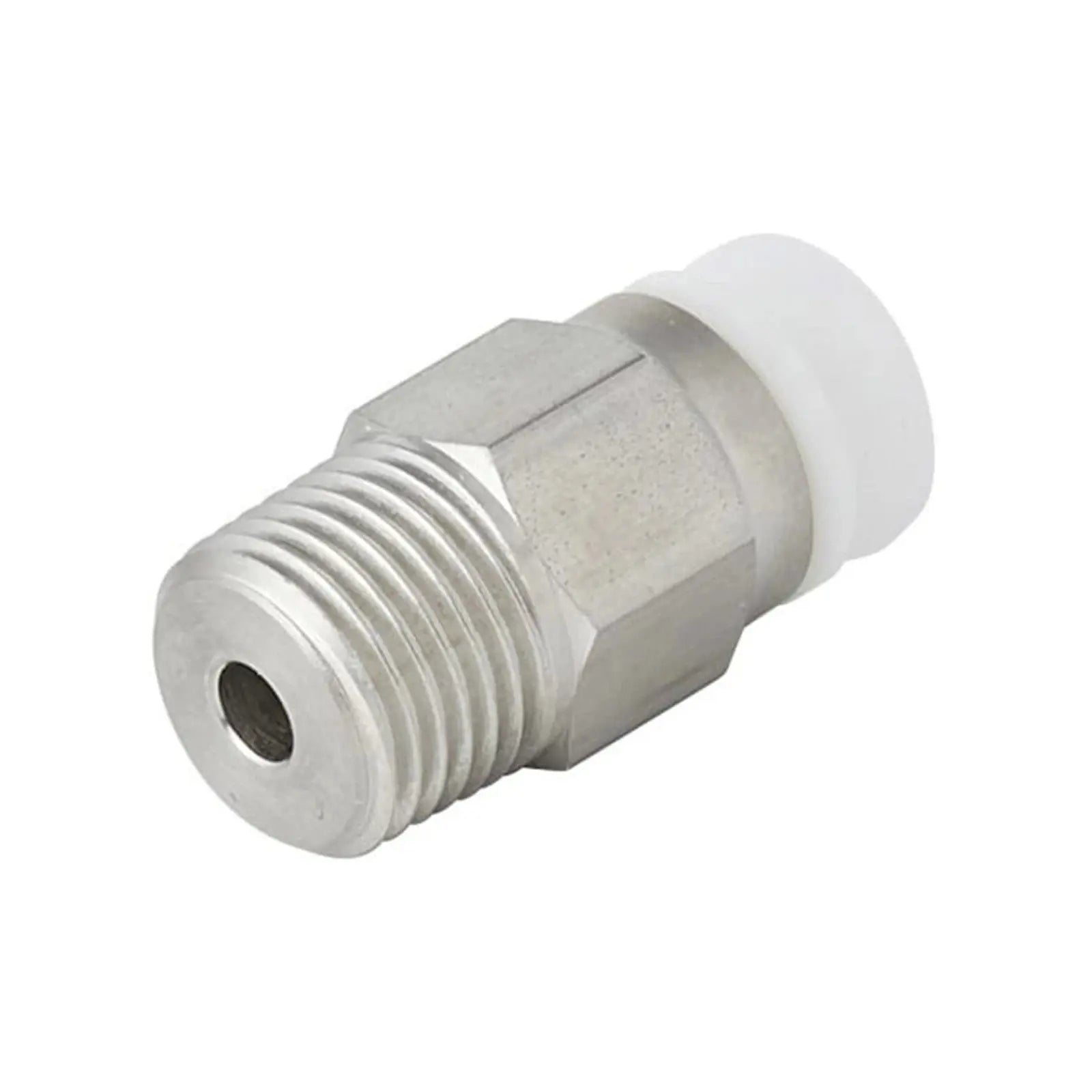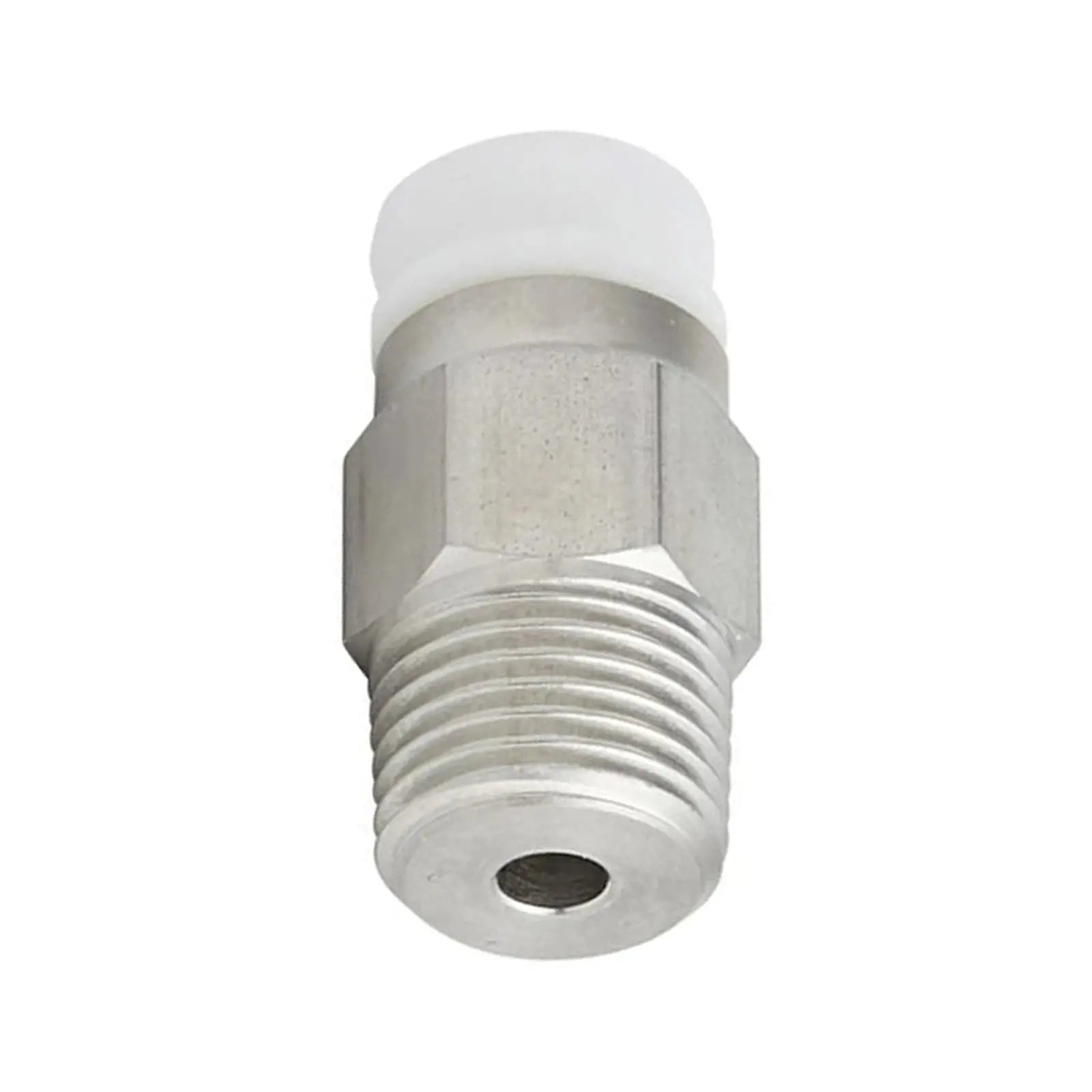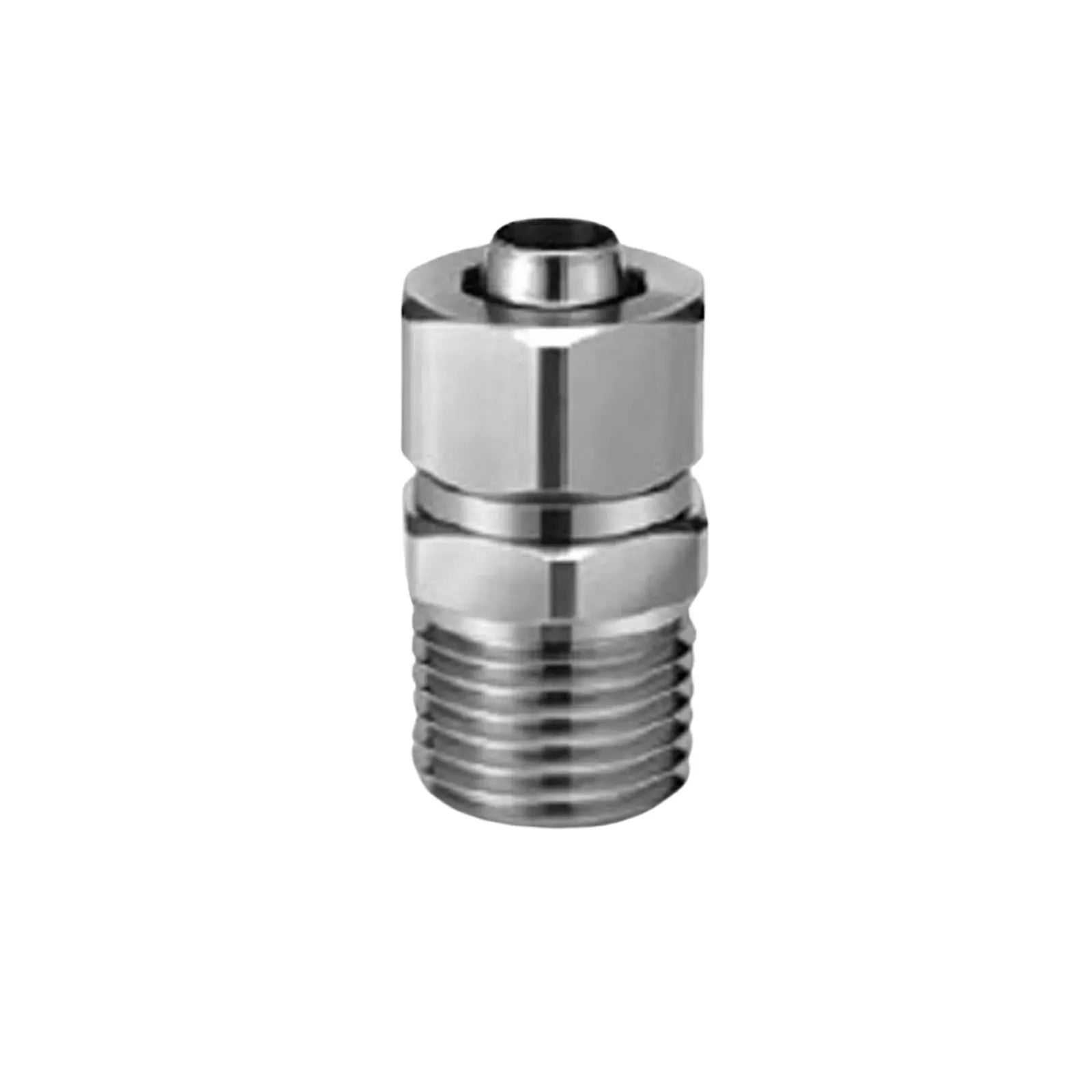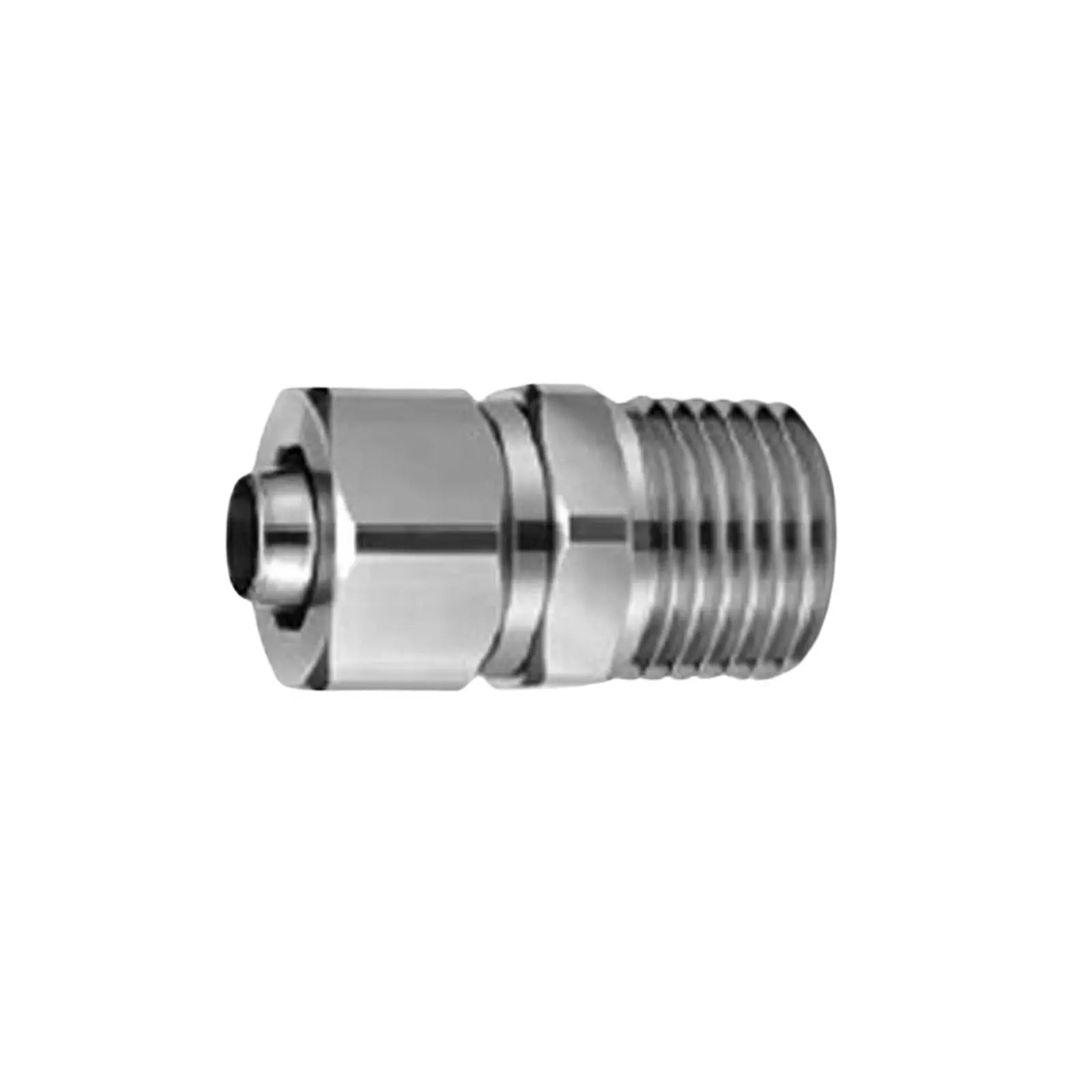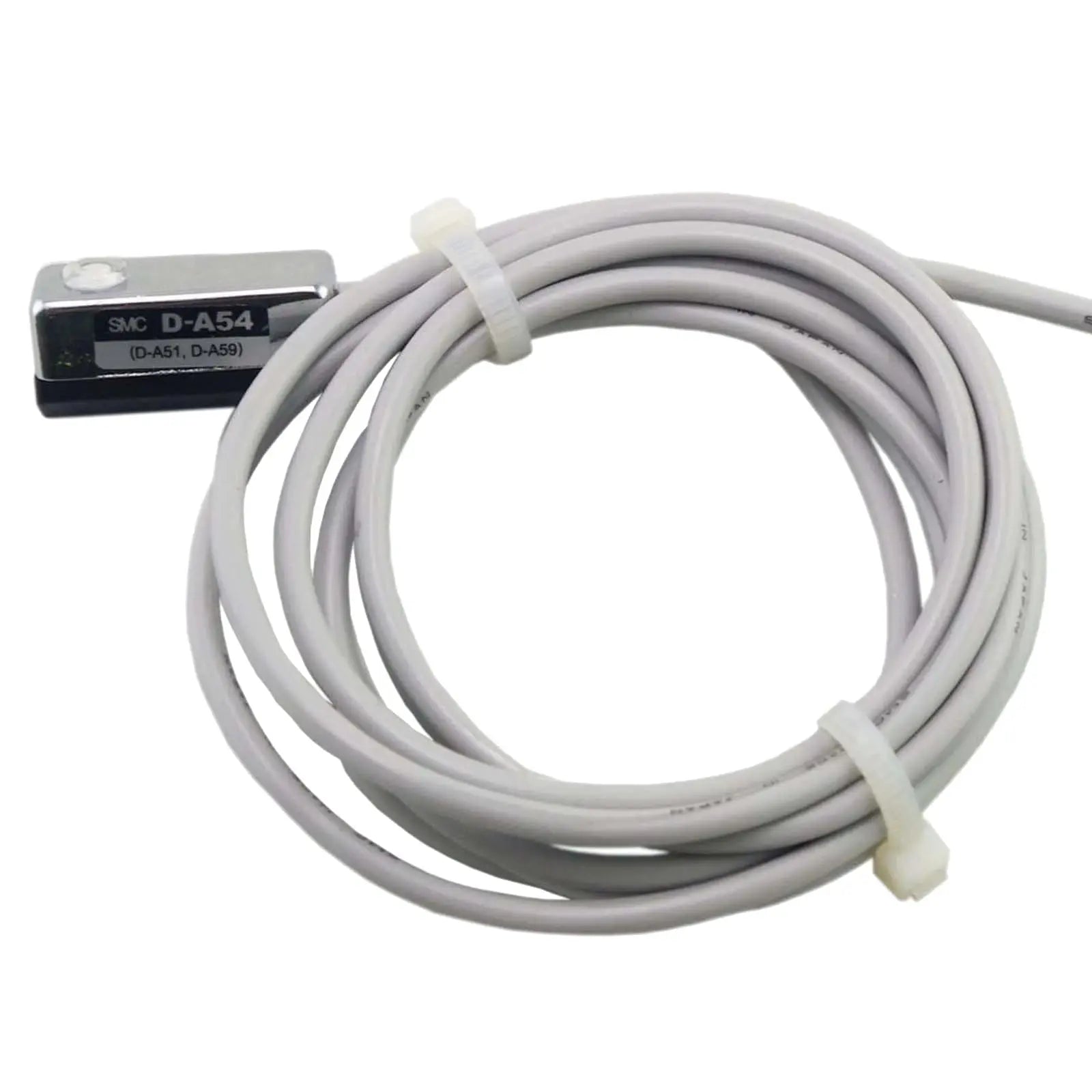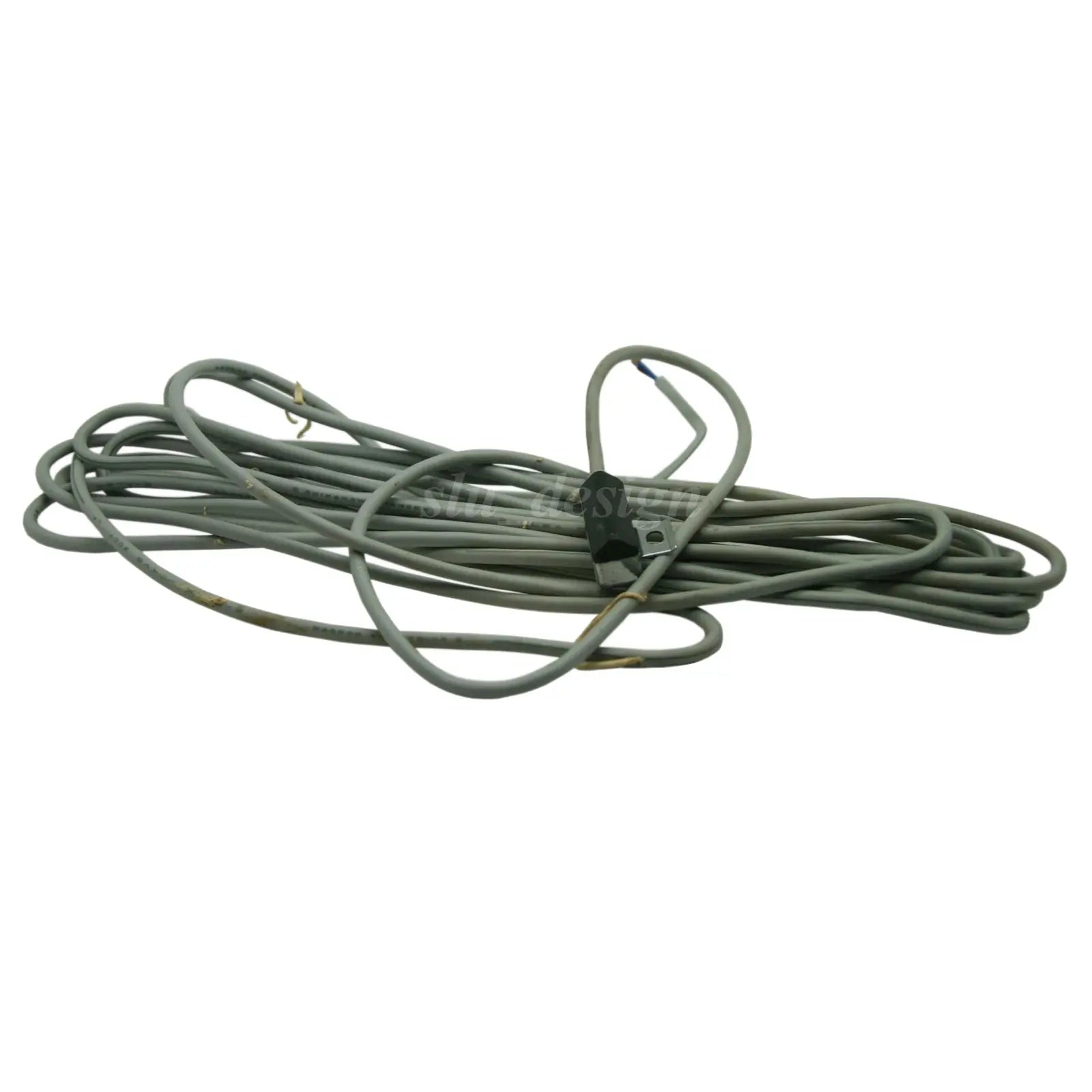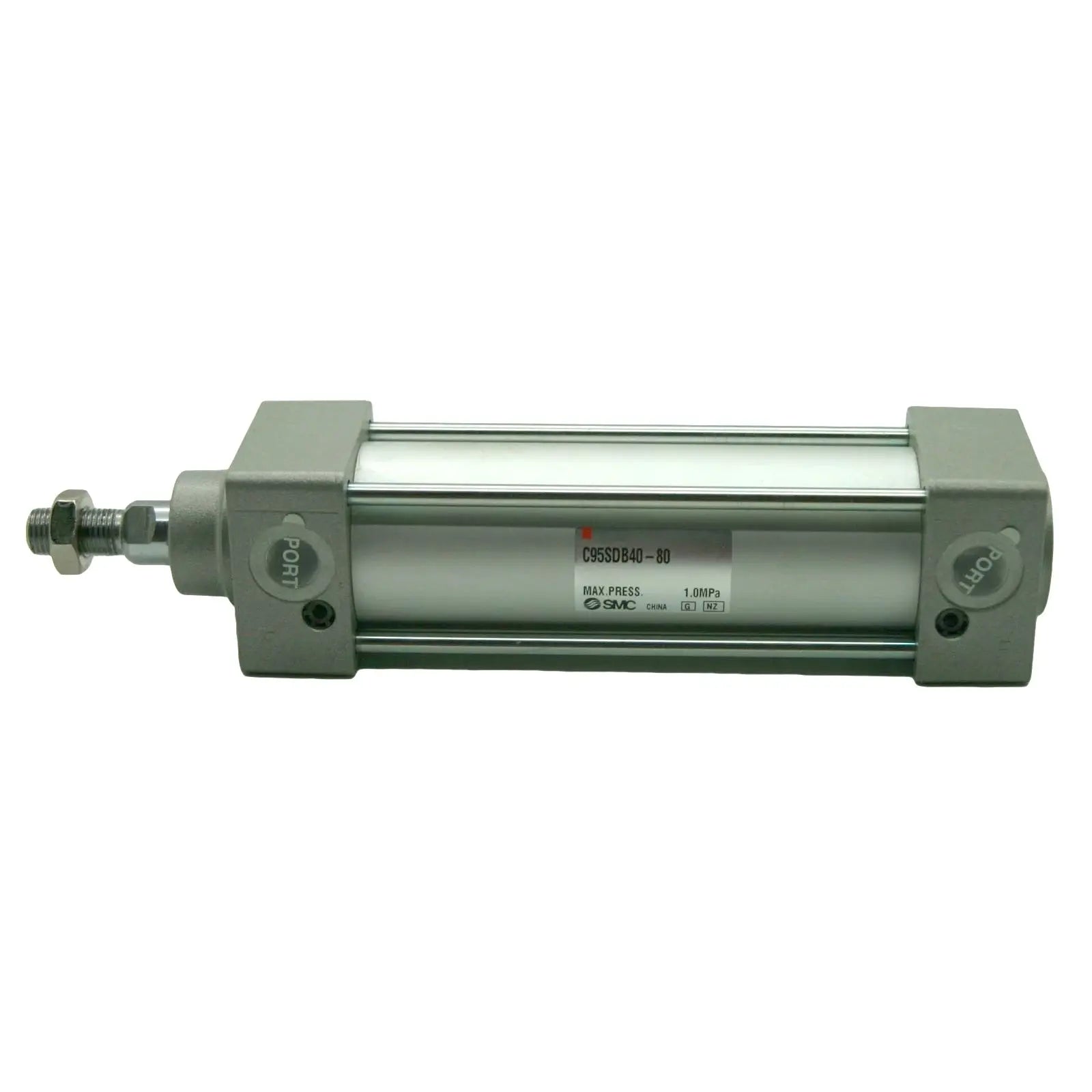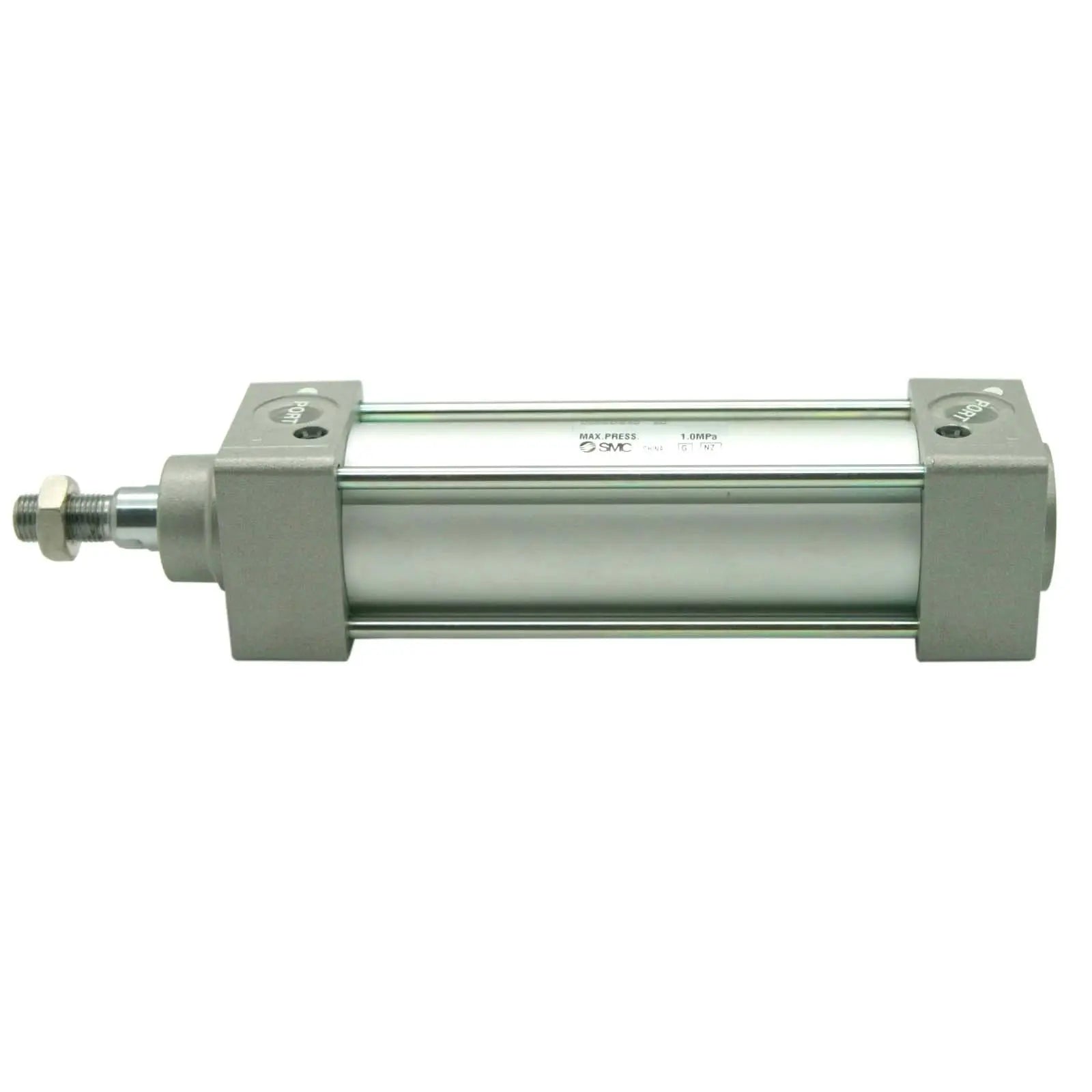
Pneumatic Cylinders, Solenoid Valves, Hydraulic Cylinders, Manifolds
89 products
Showing 1 - 48 of 89 products
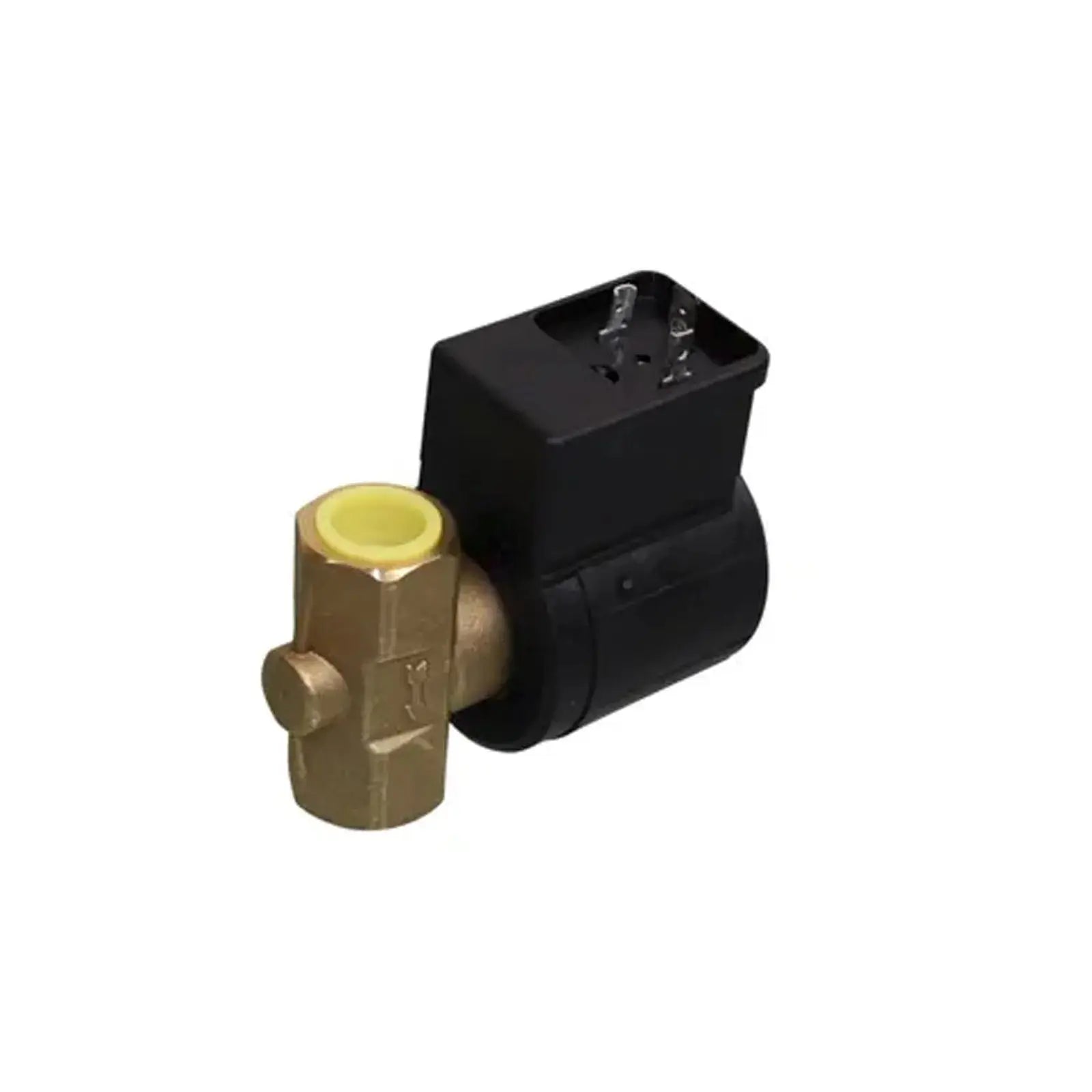

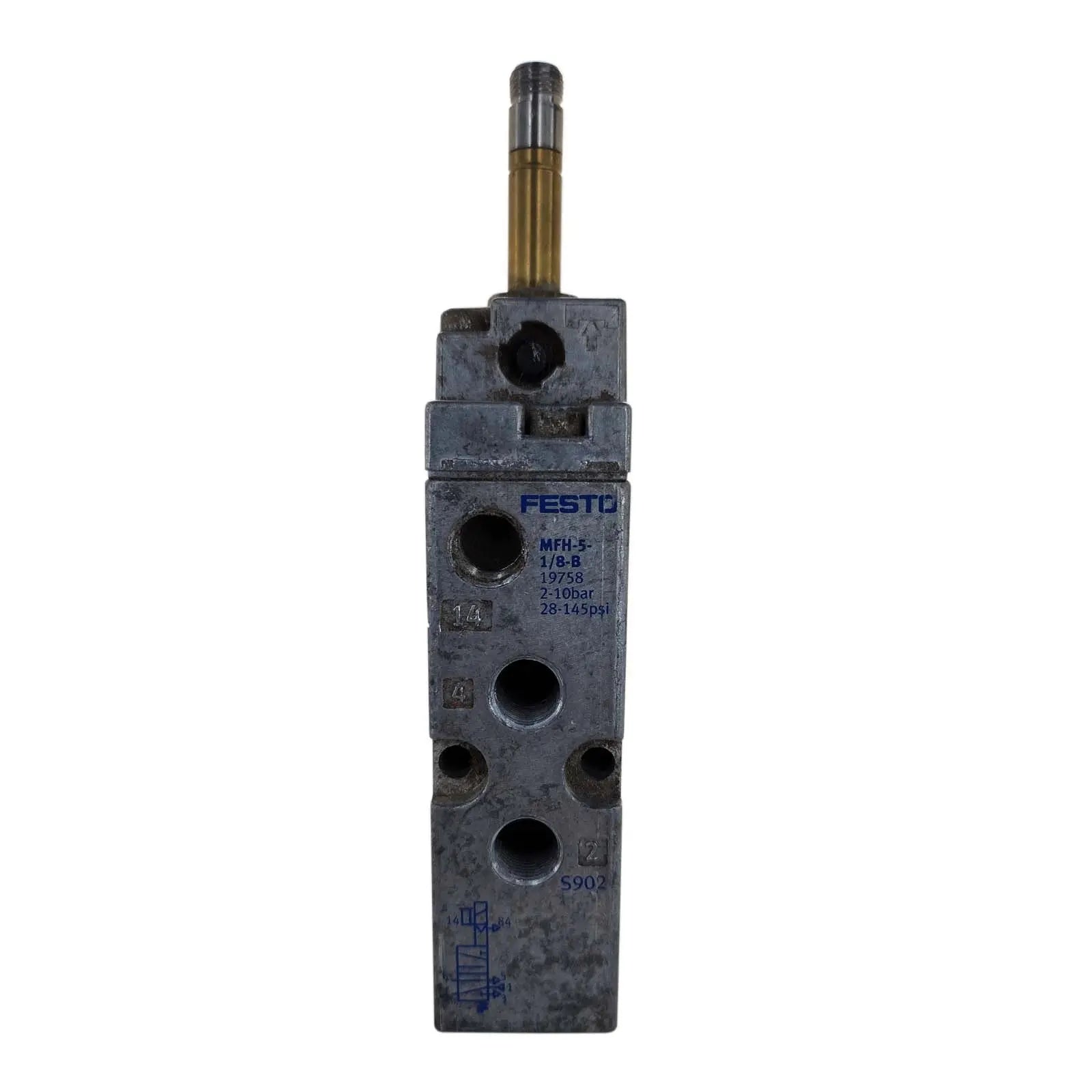
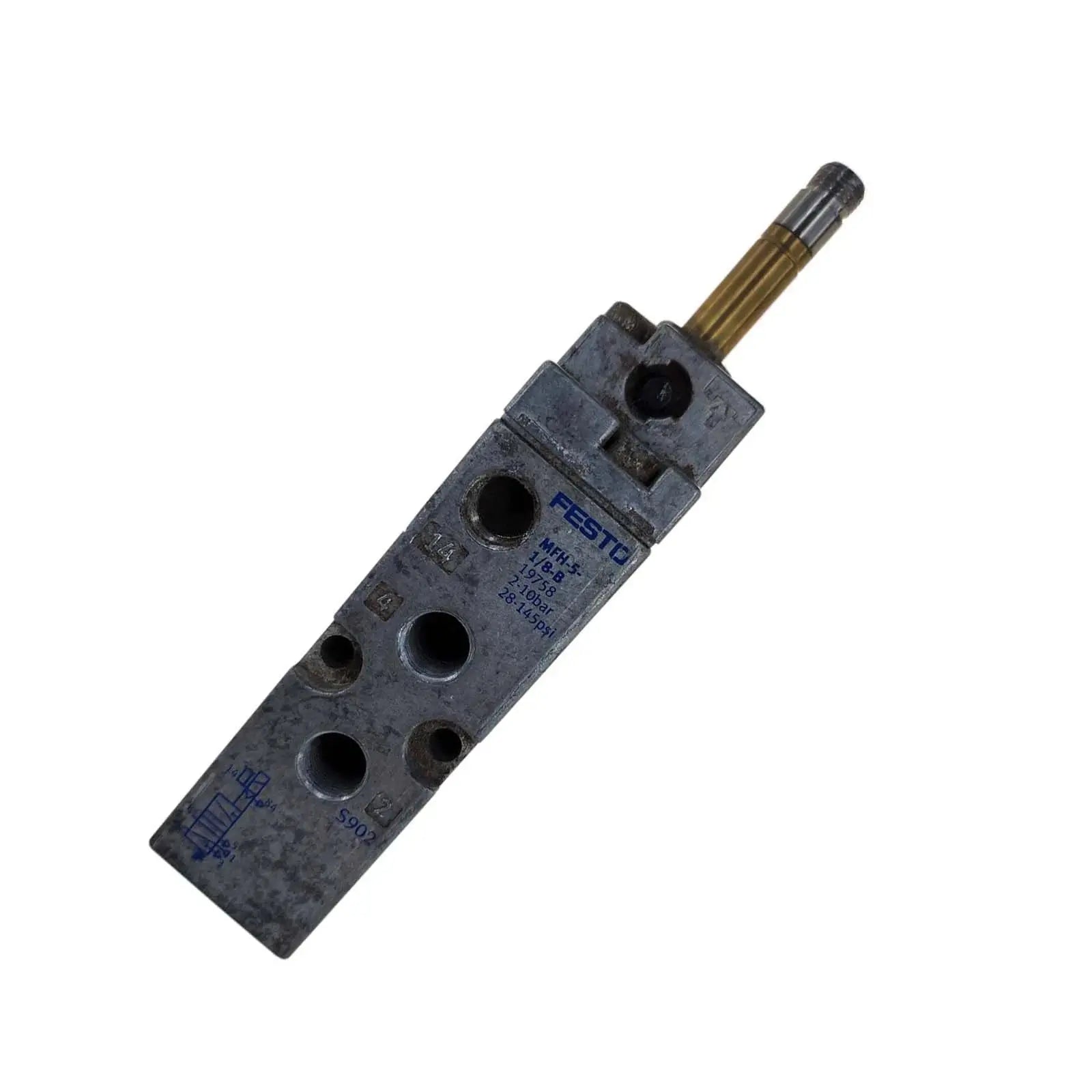
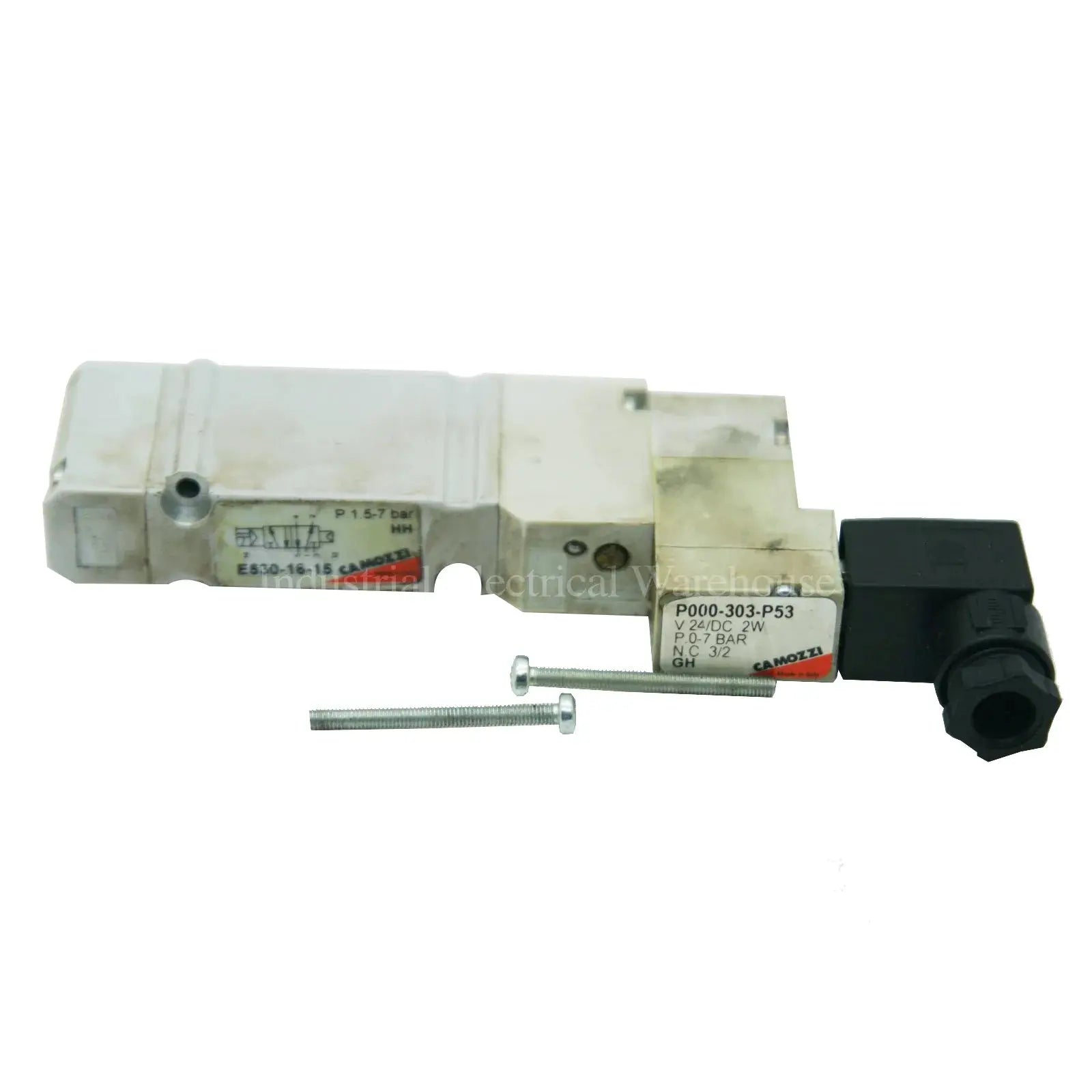
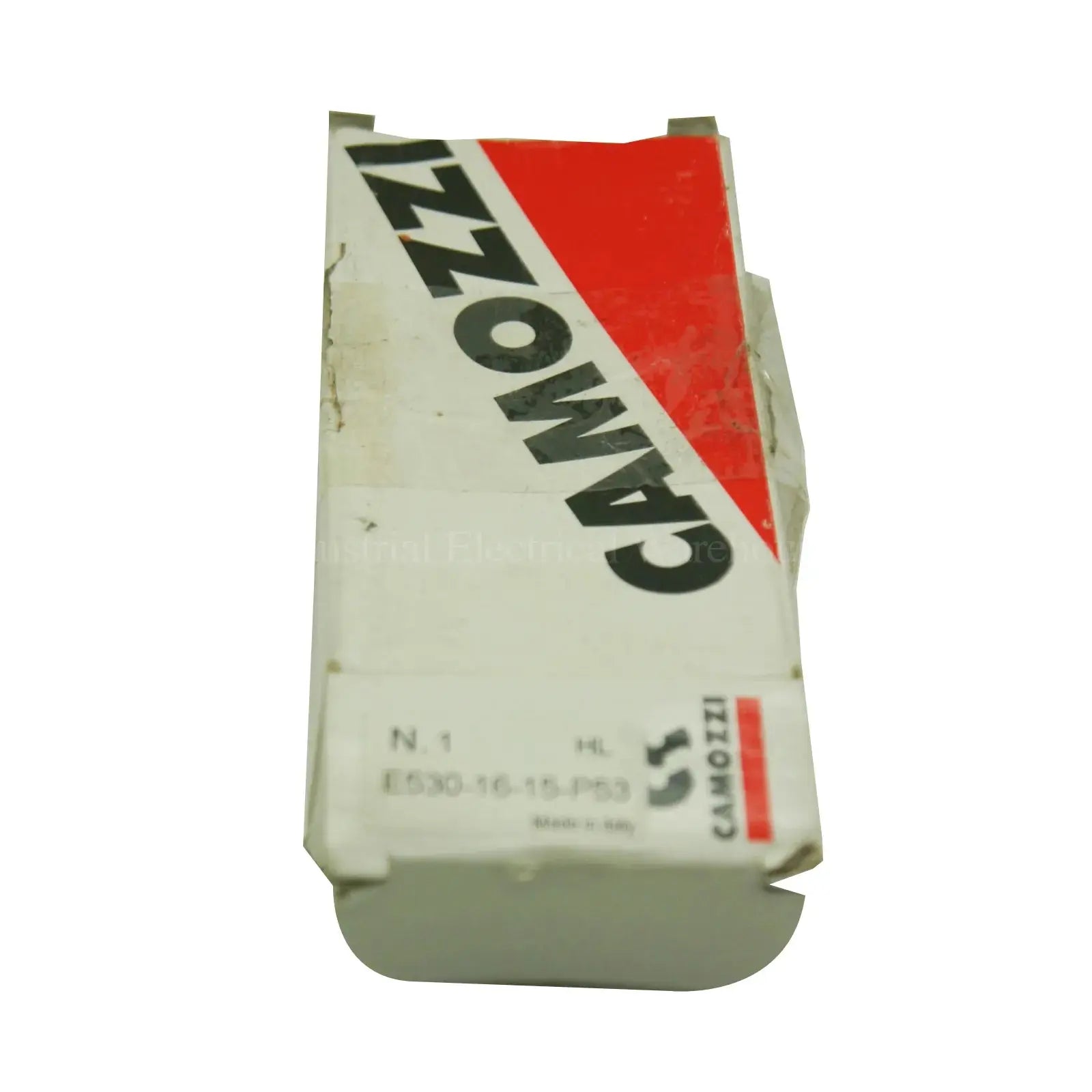
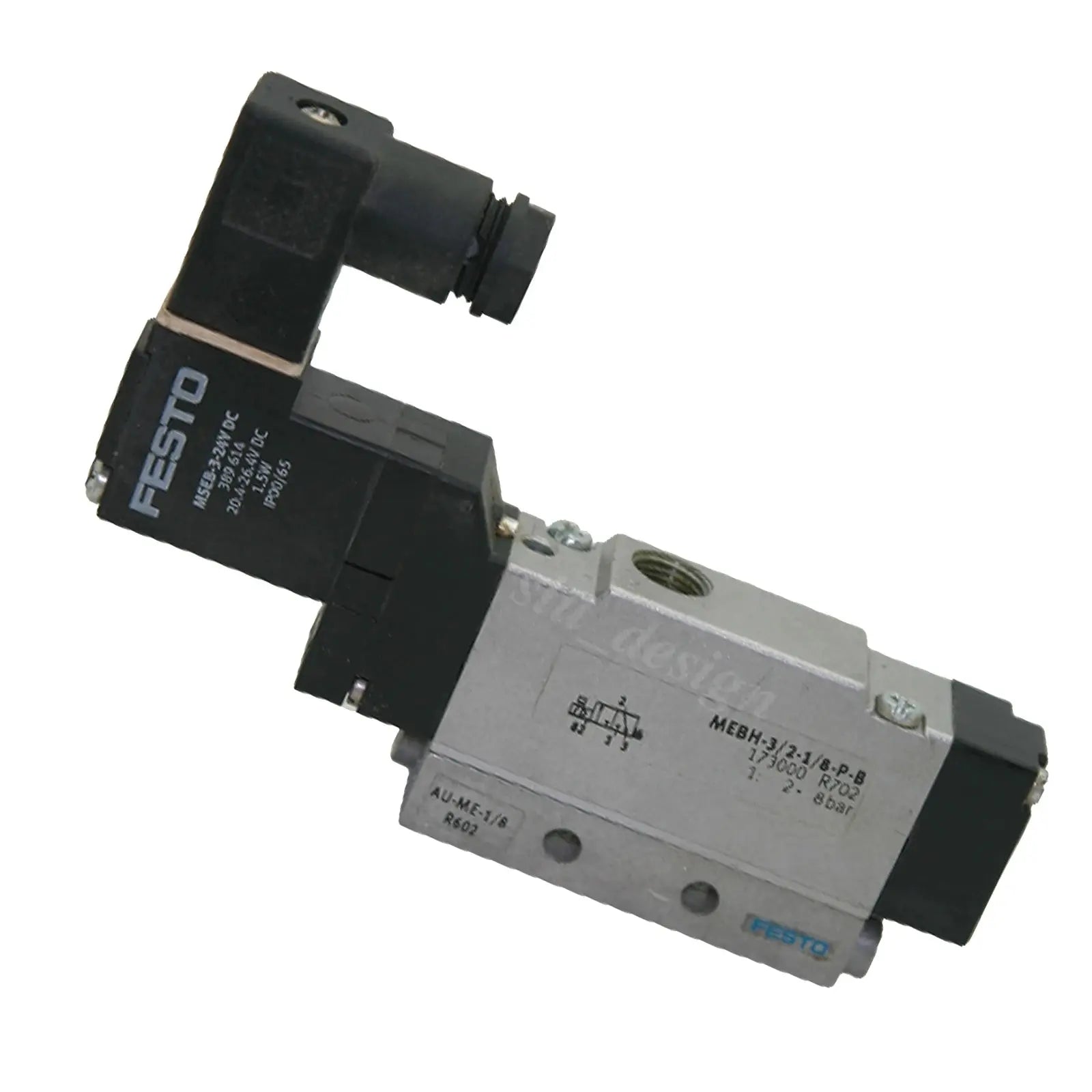
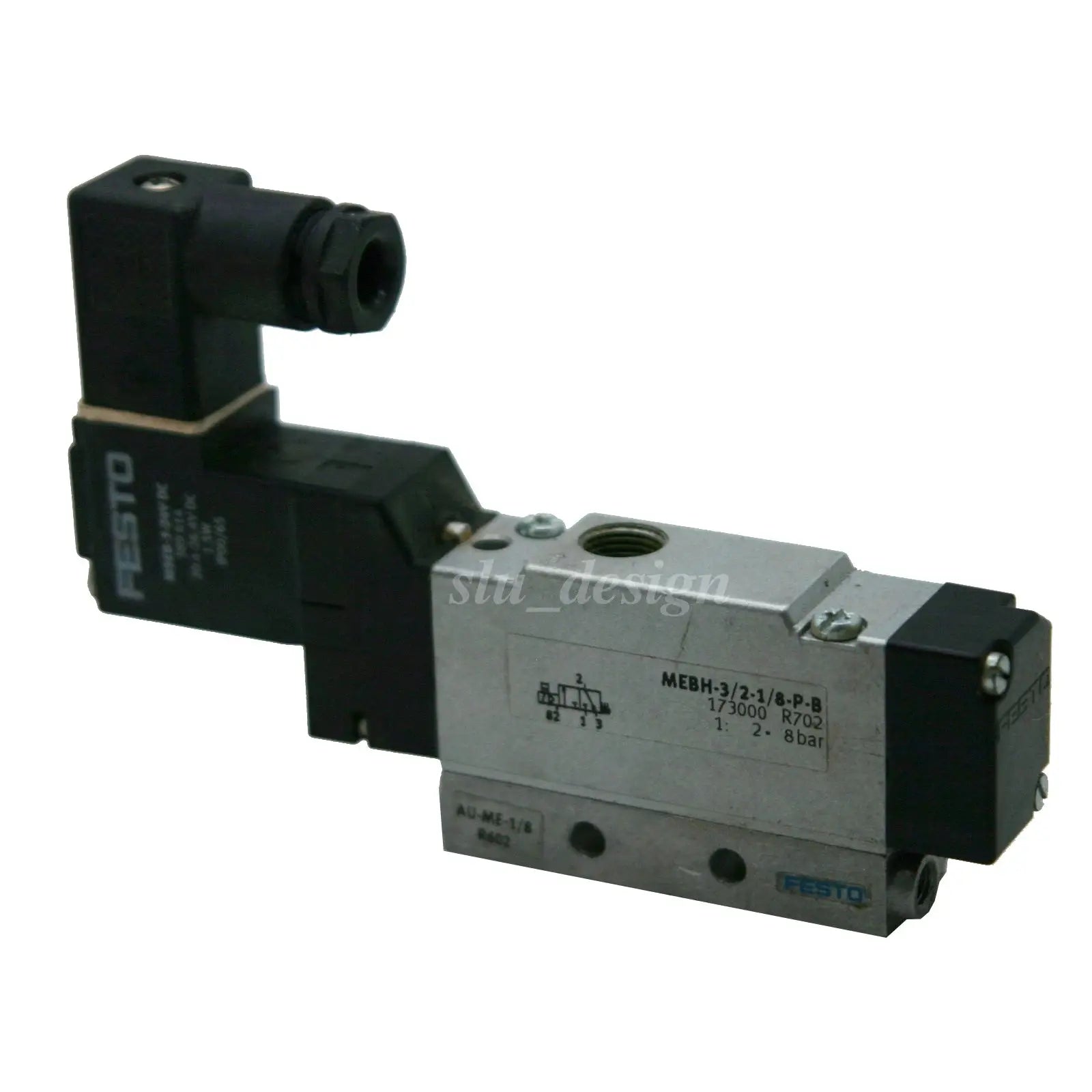
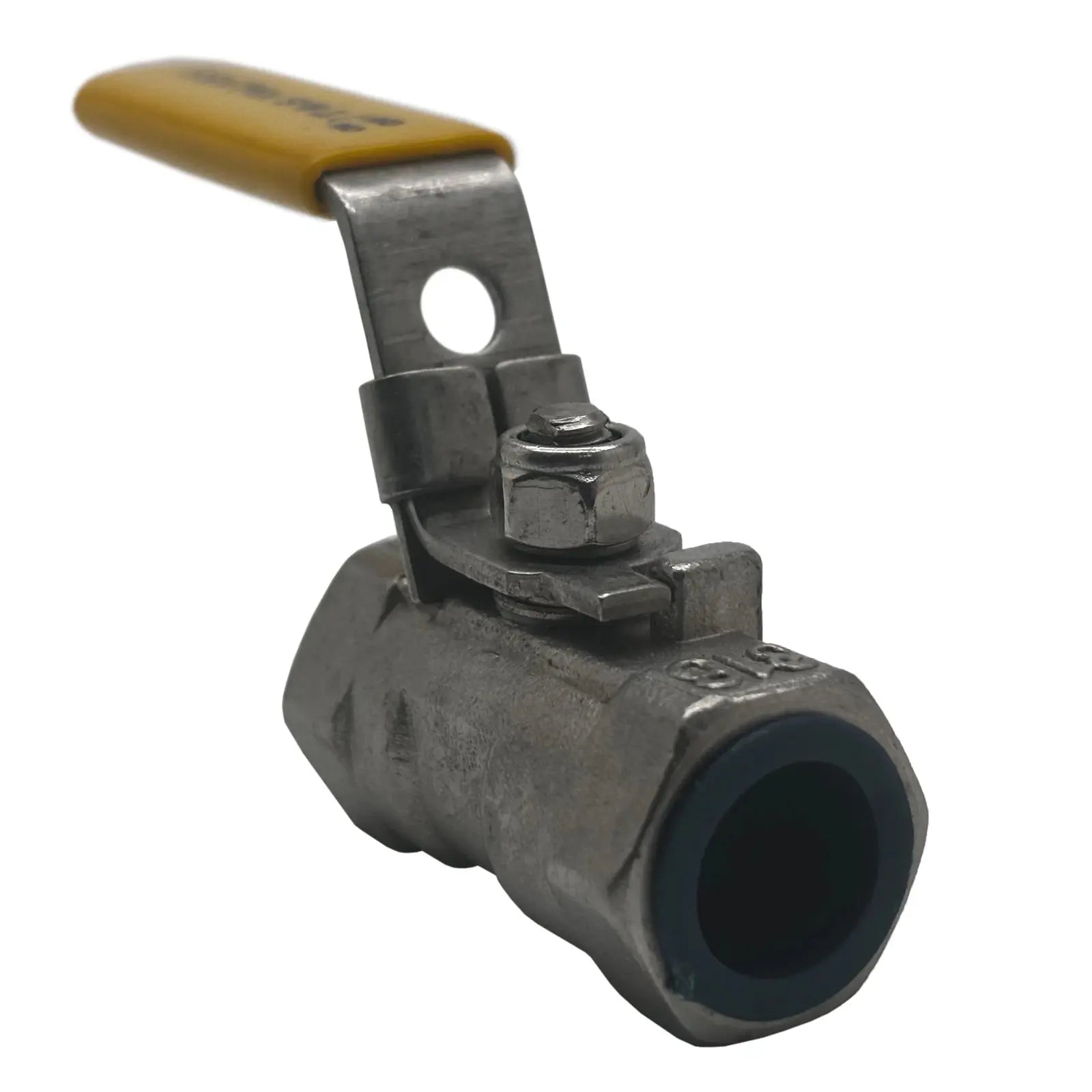



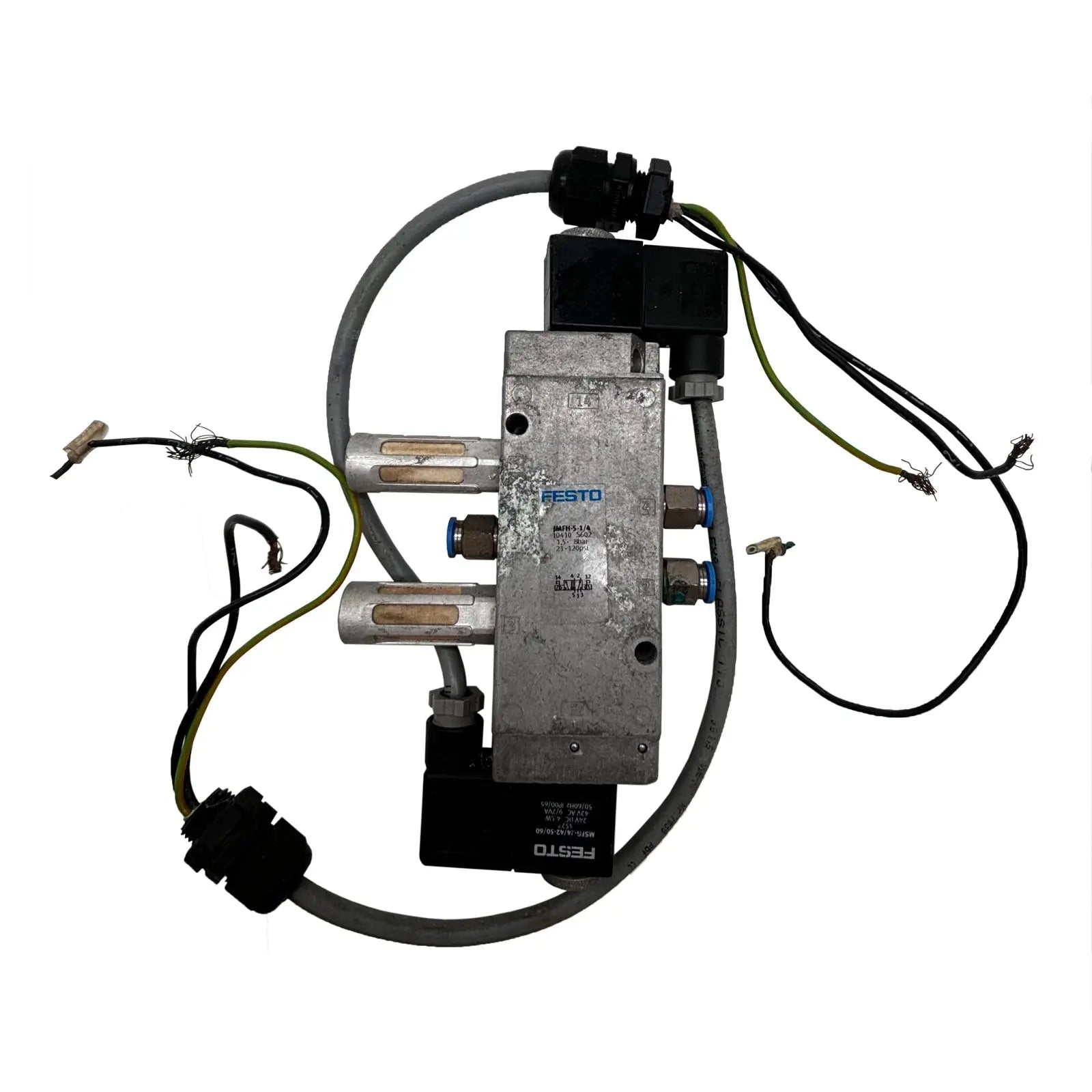
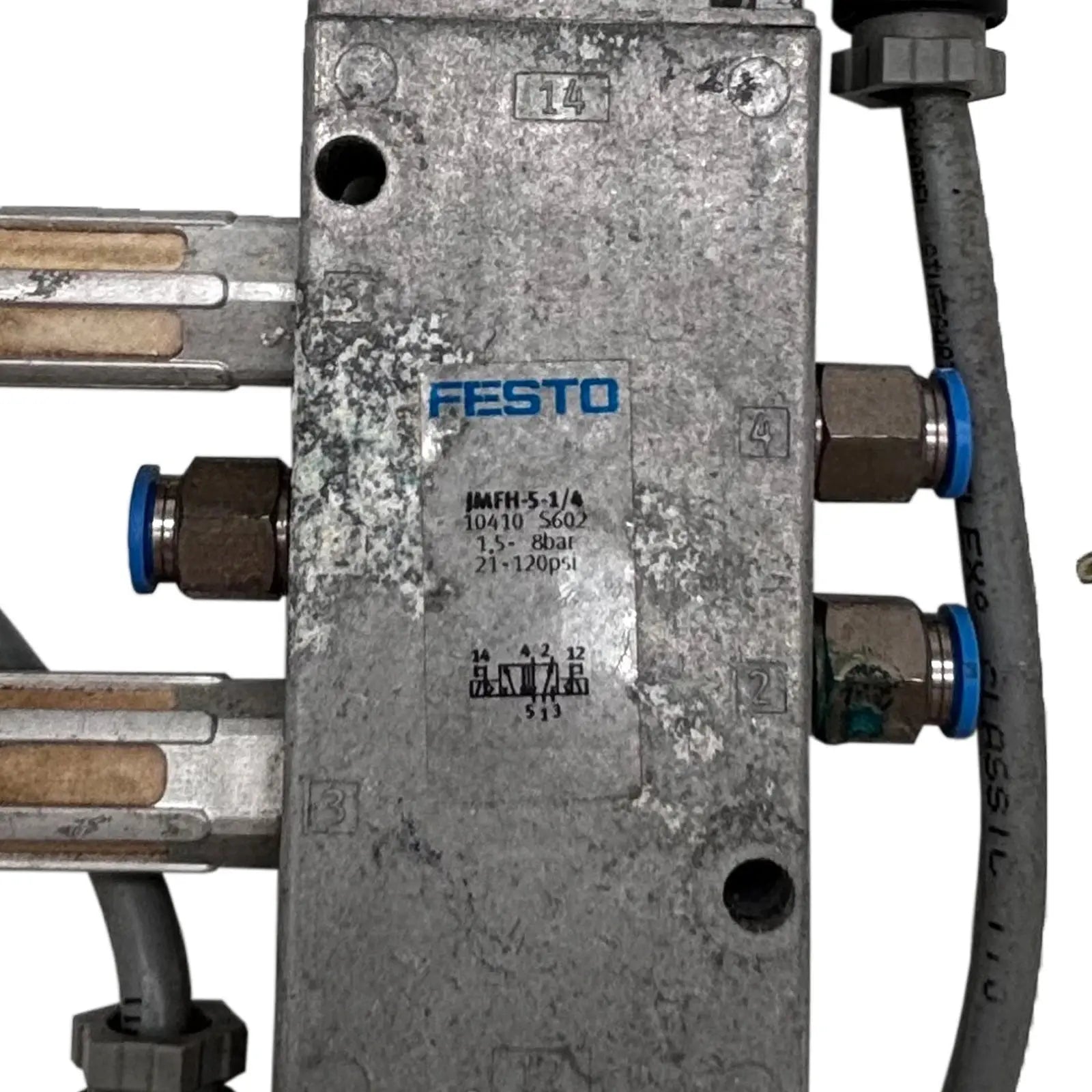
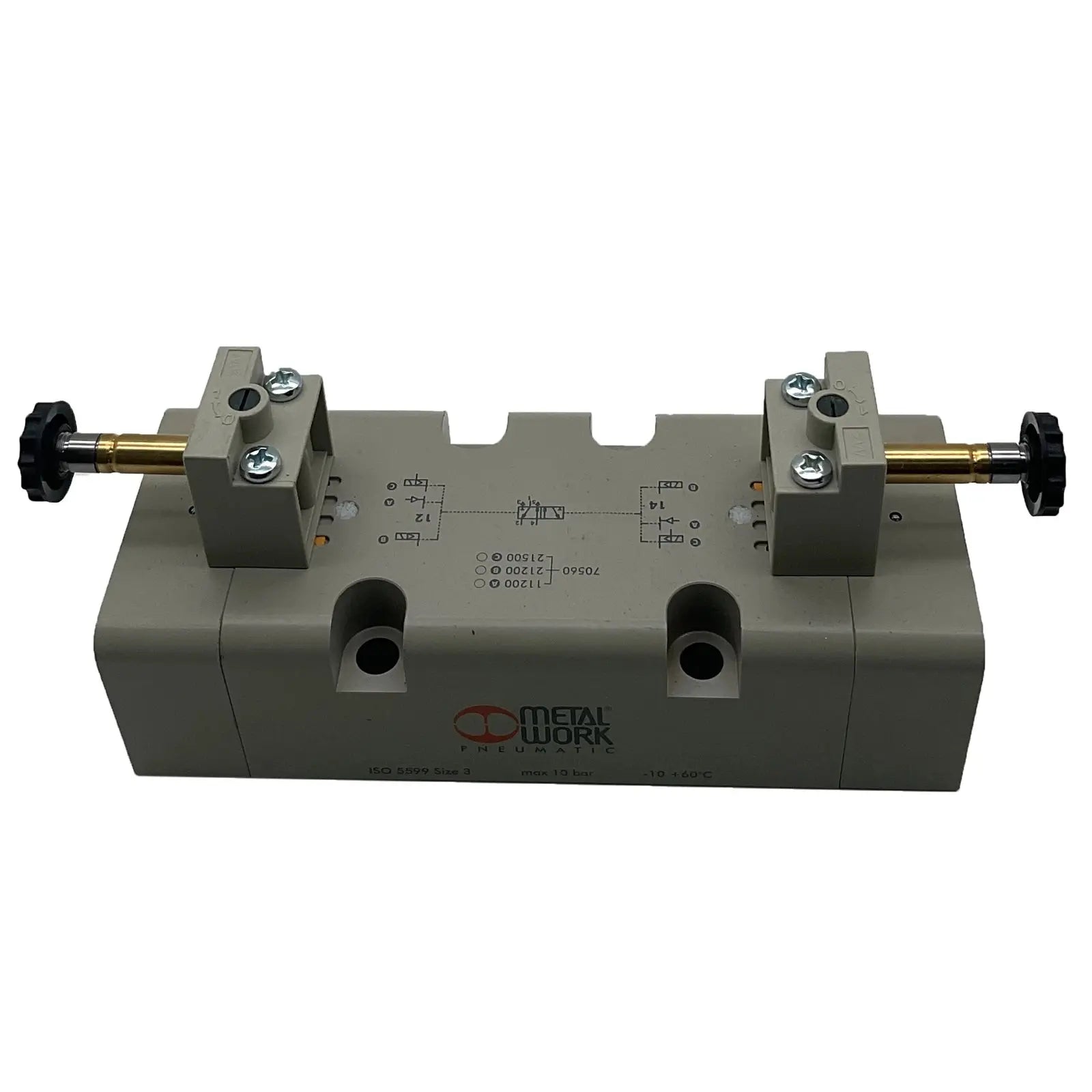
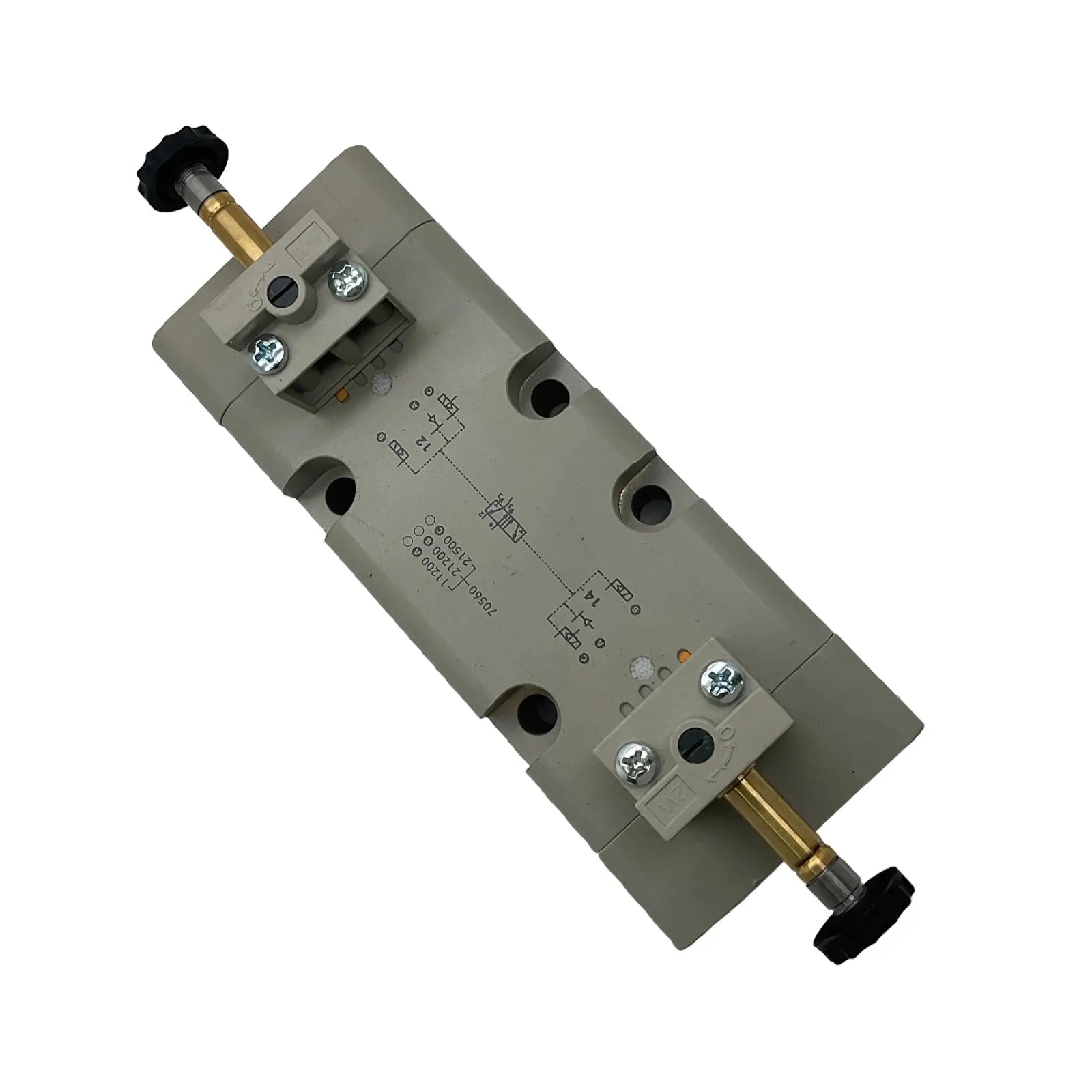
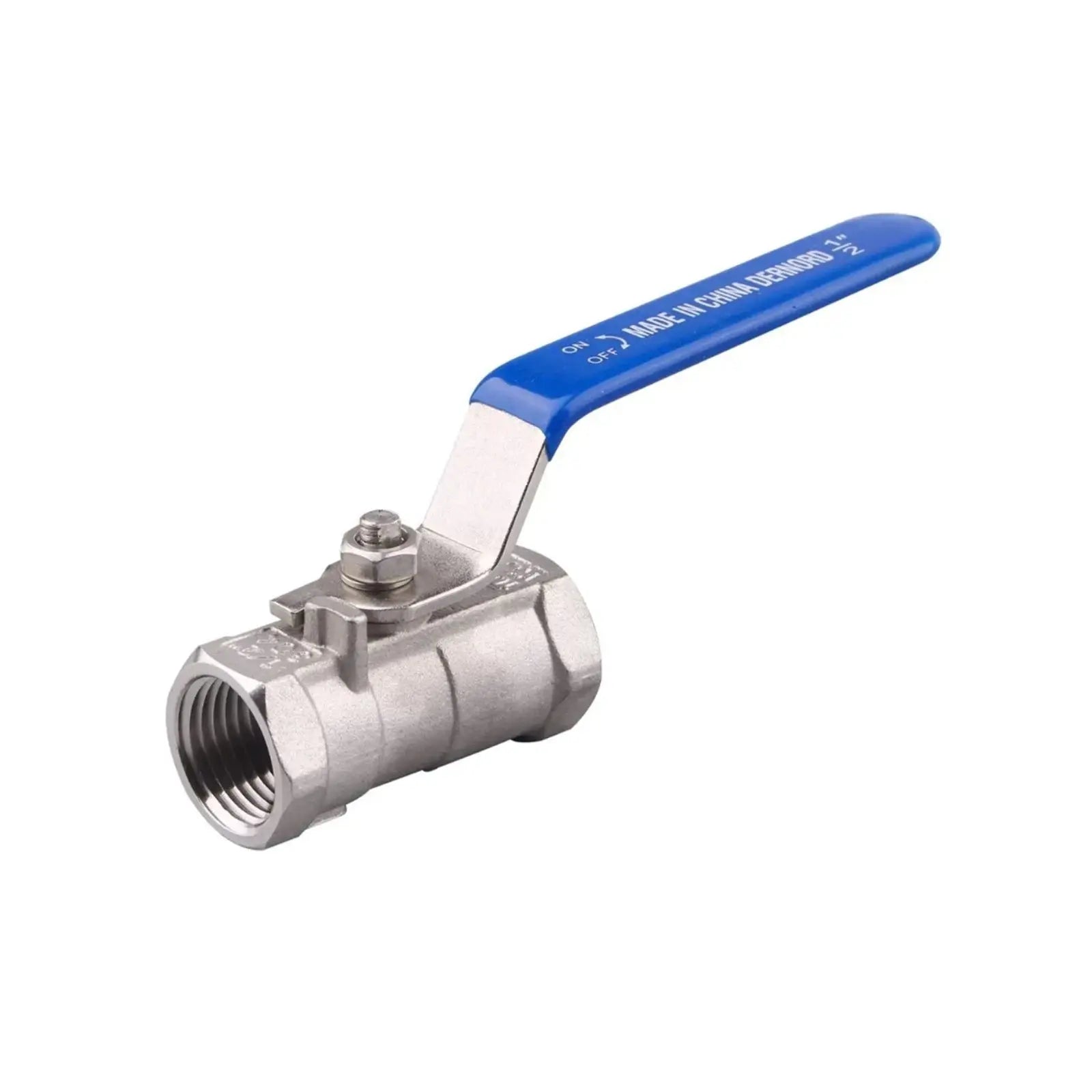
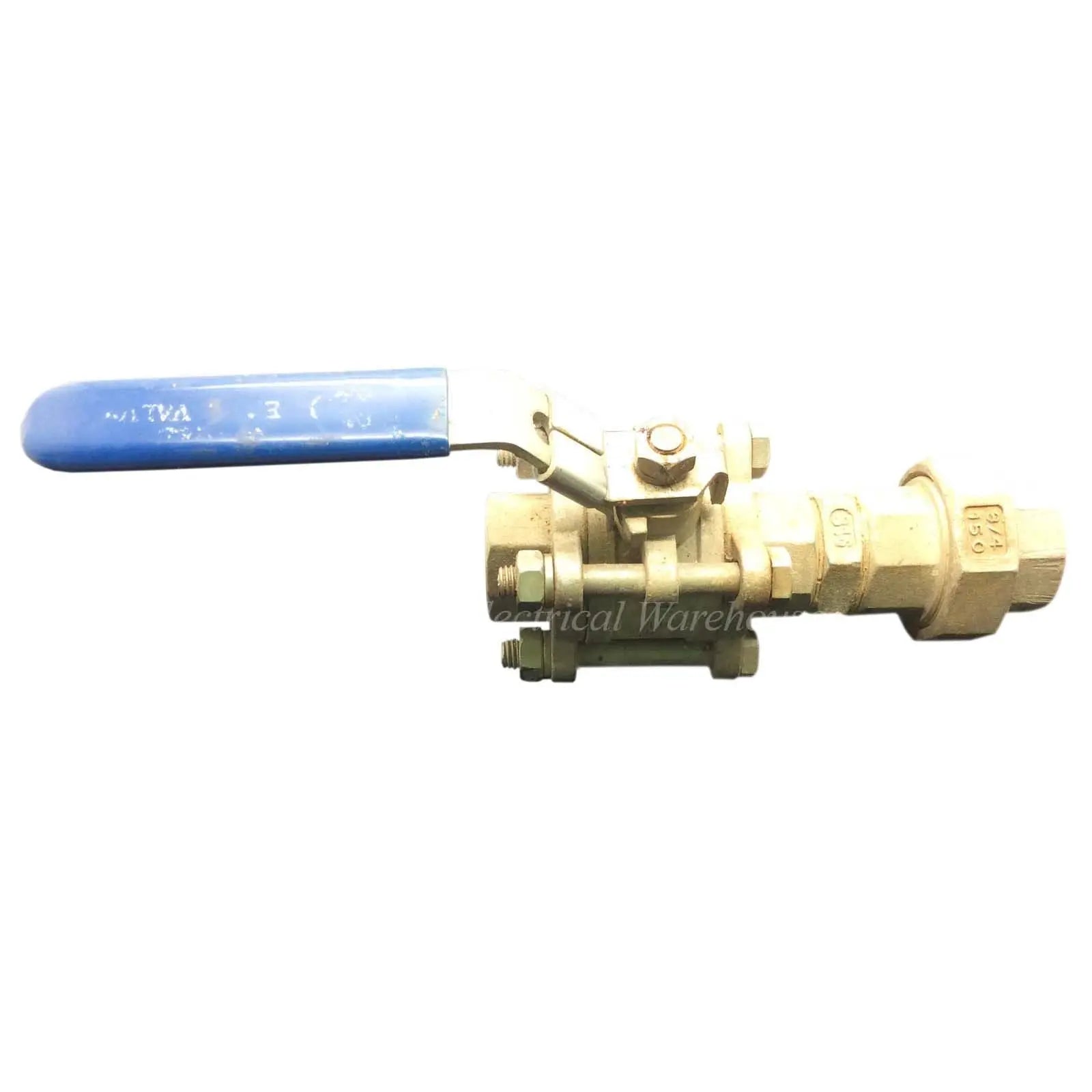
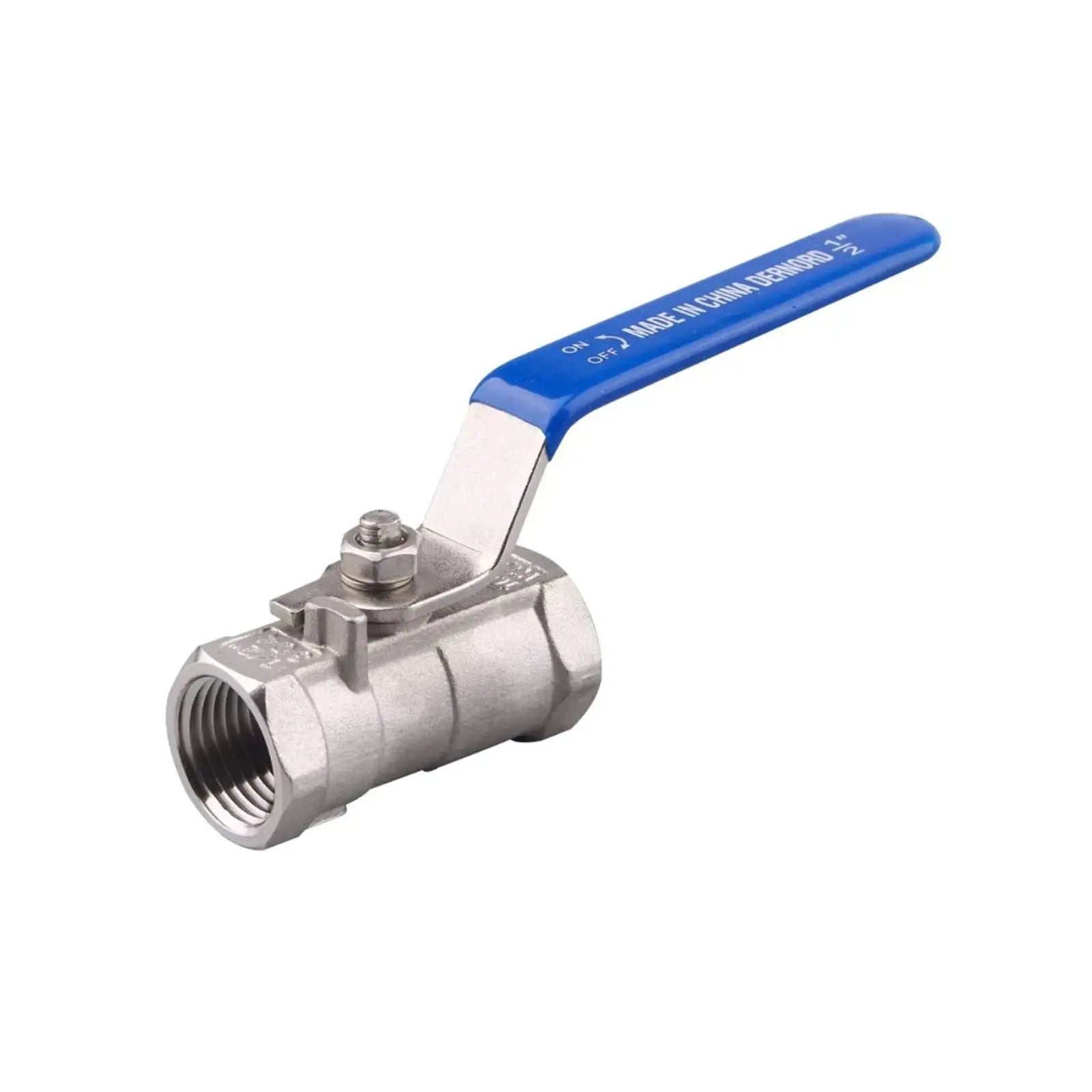
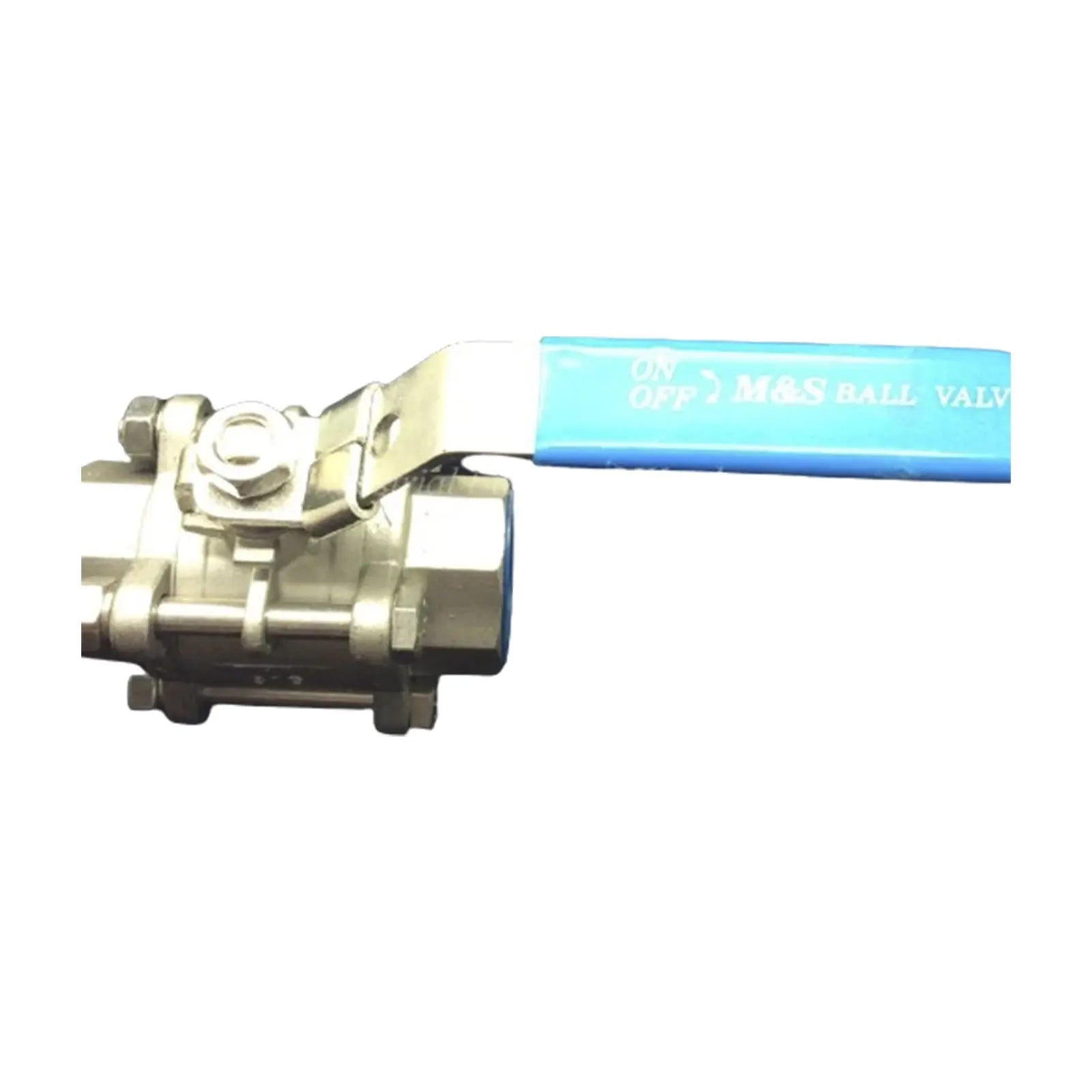

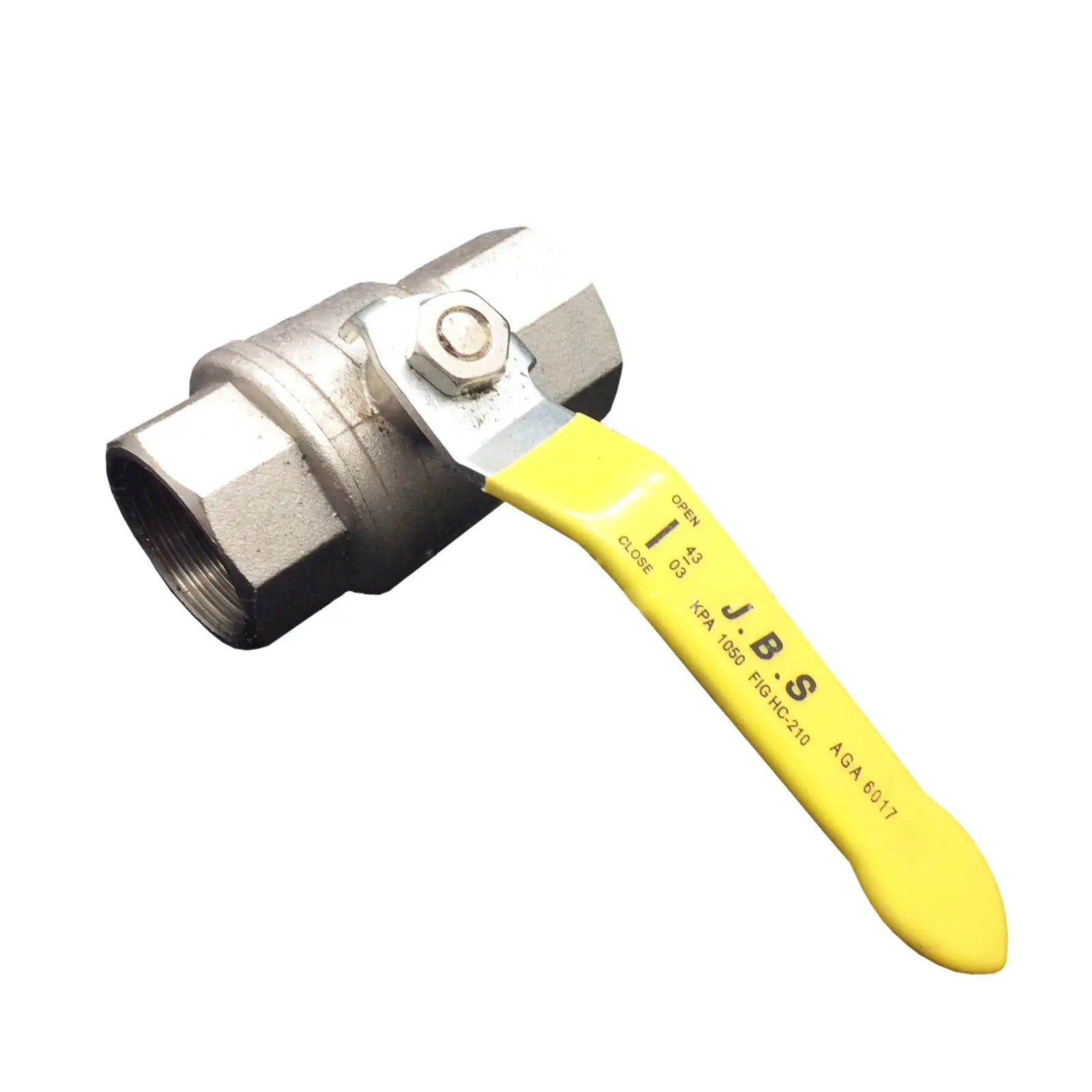
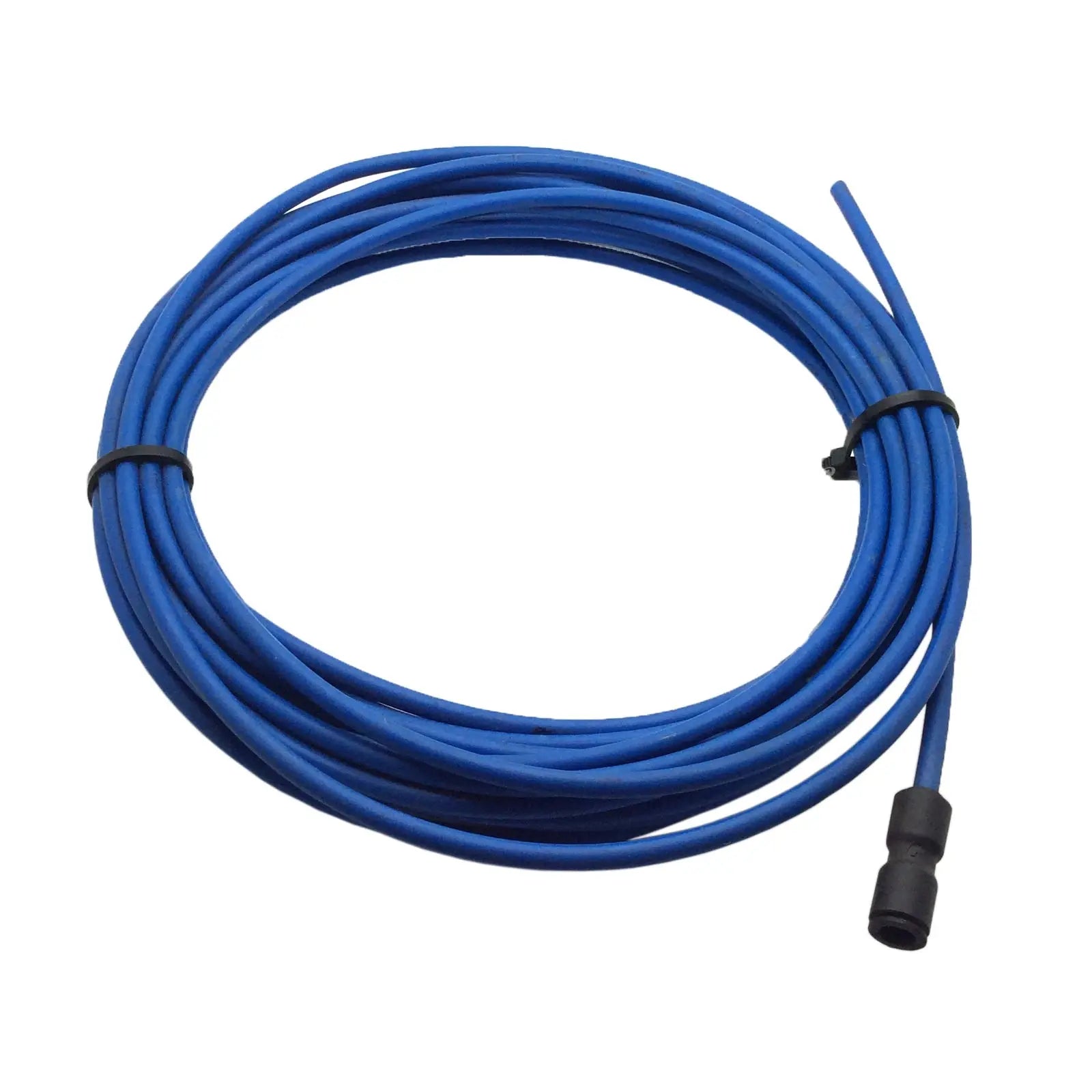
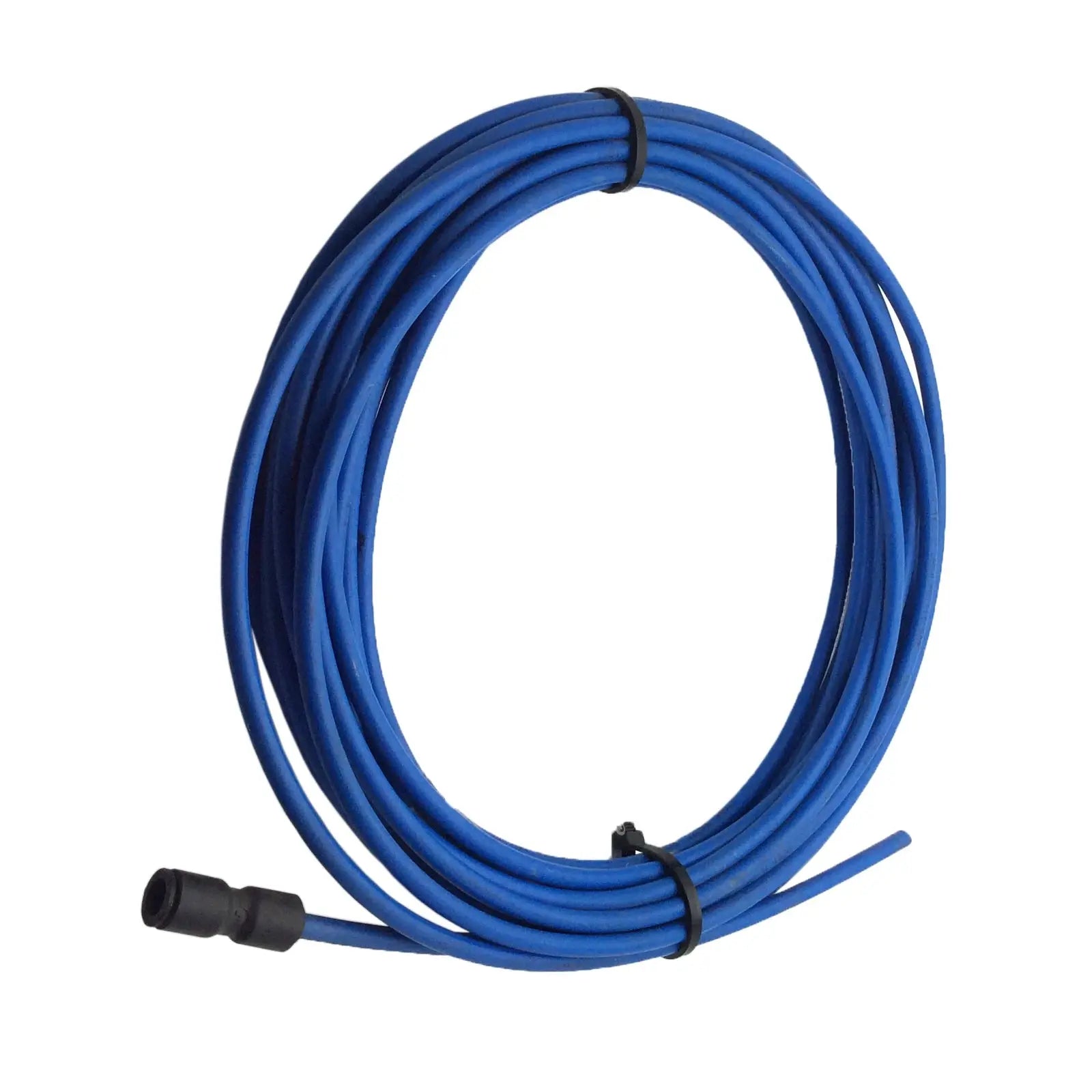
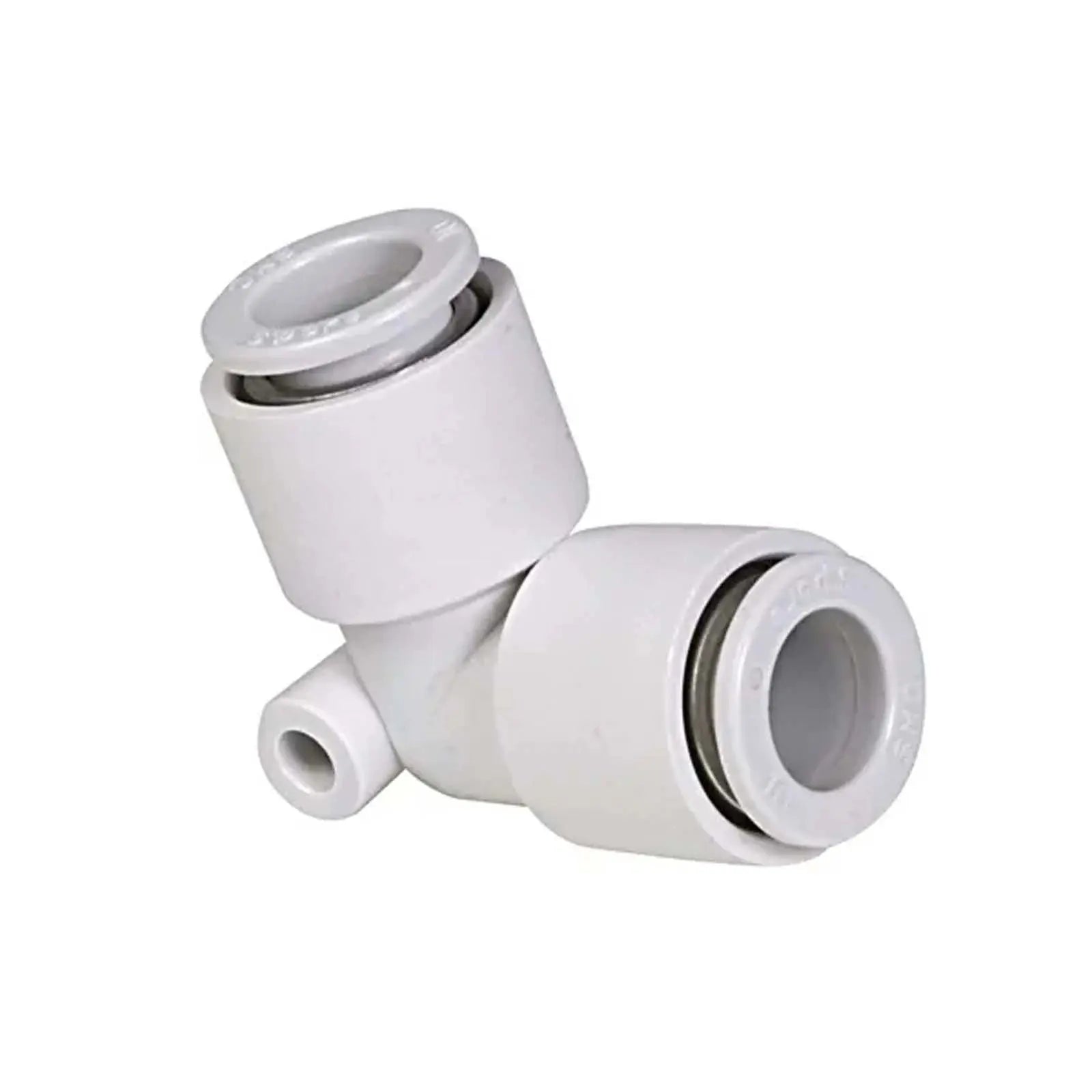
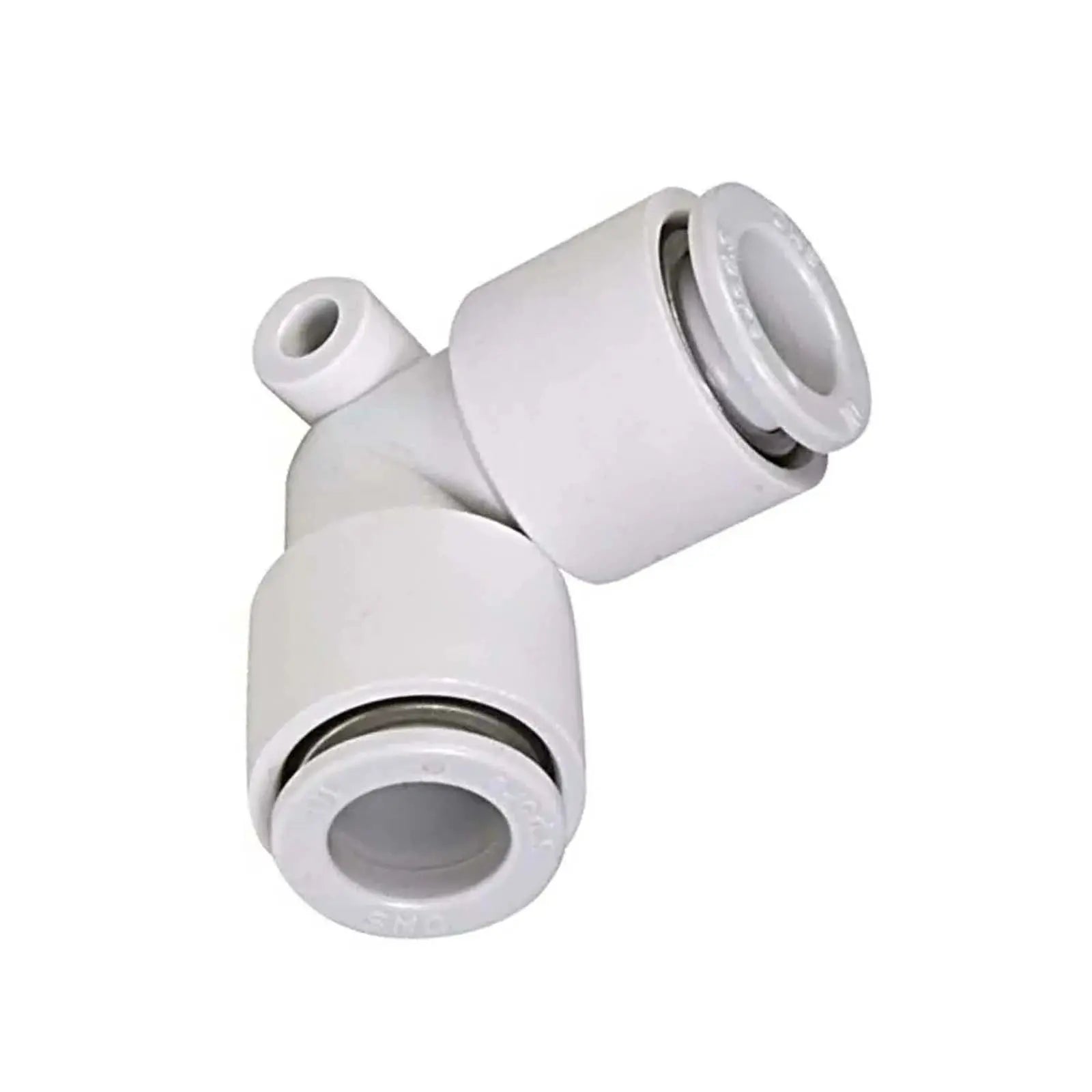
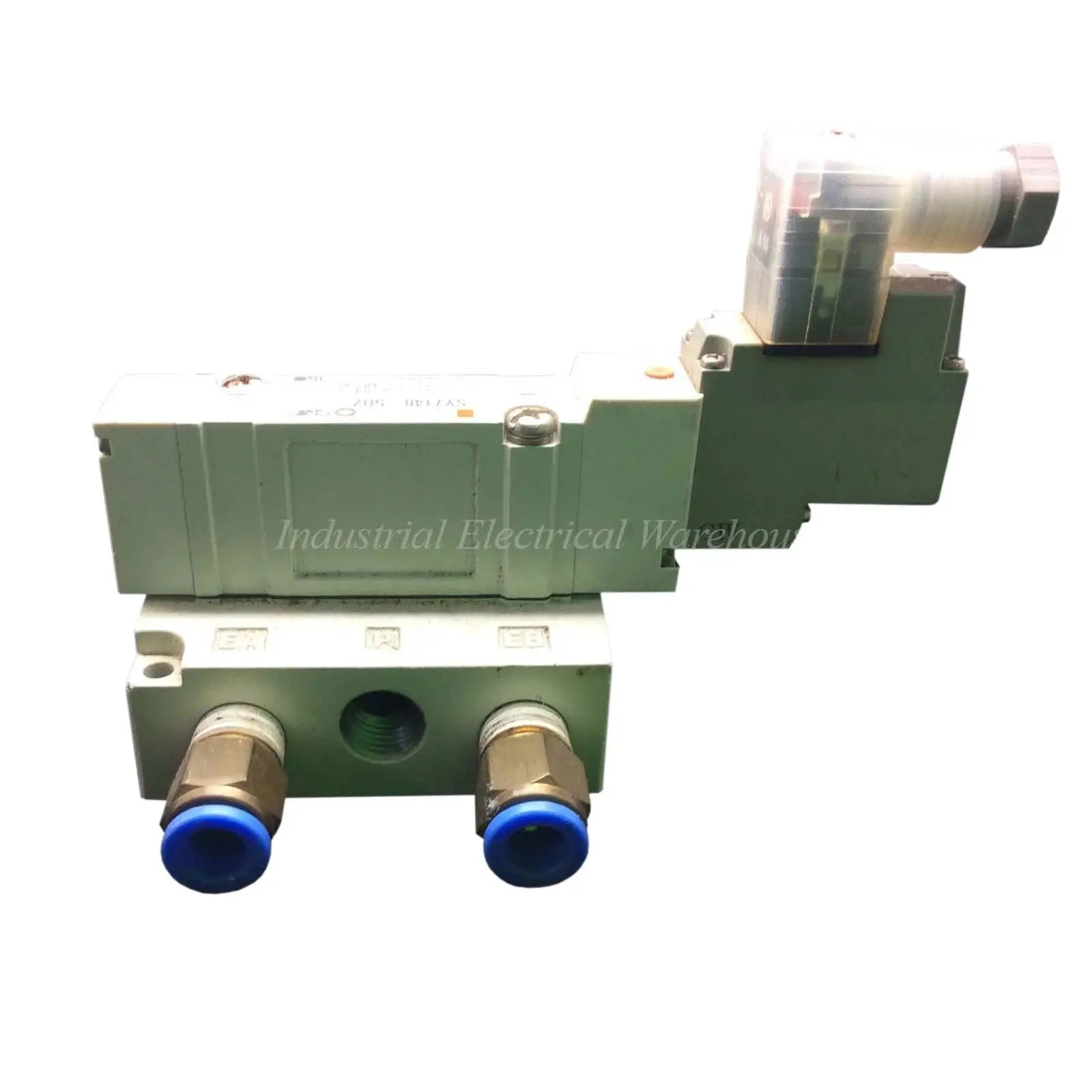
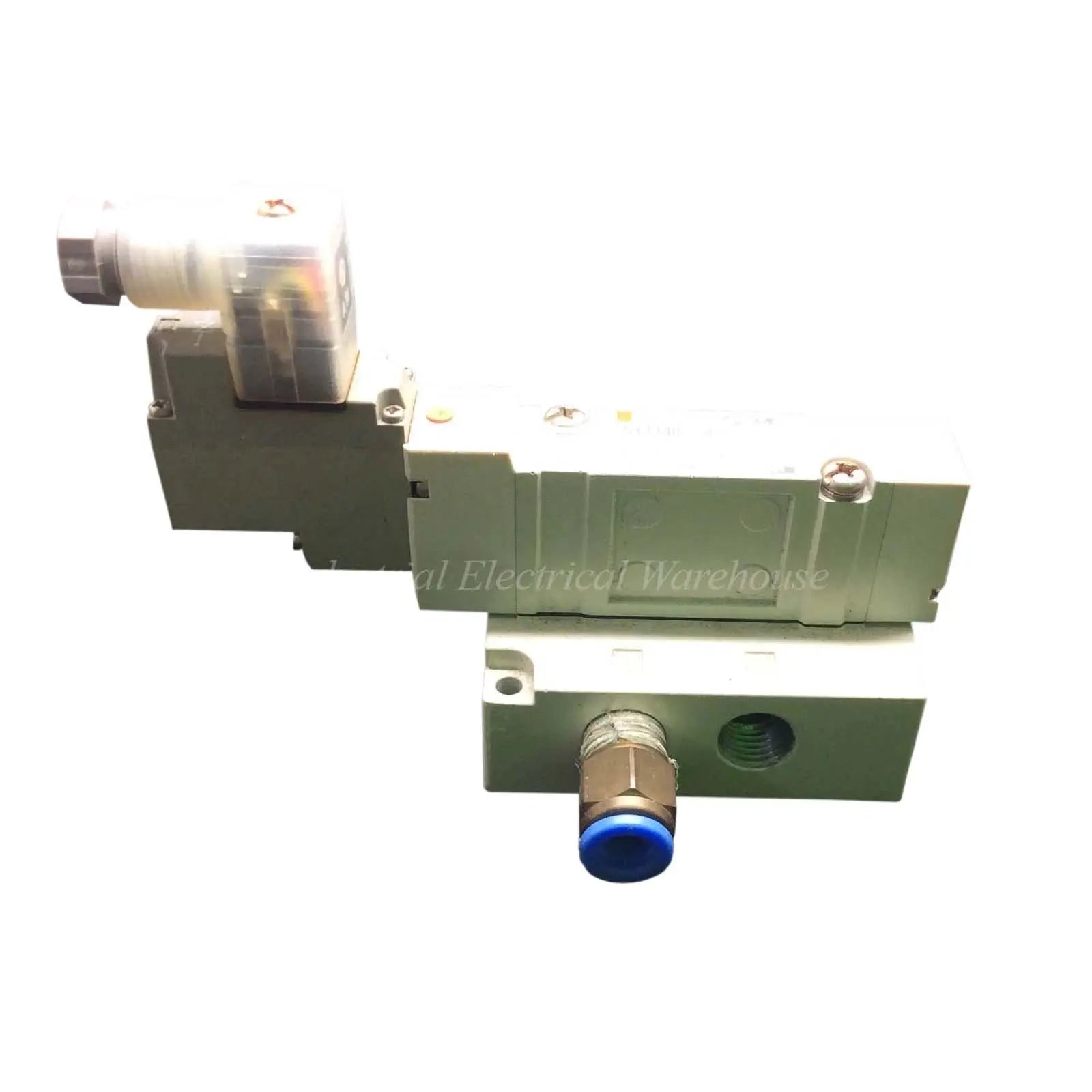
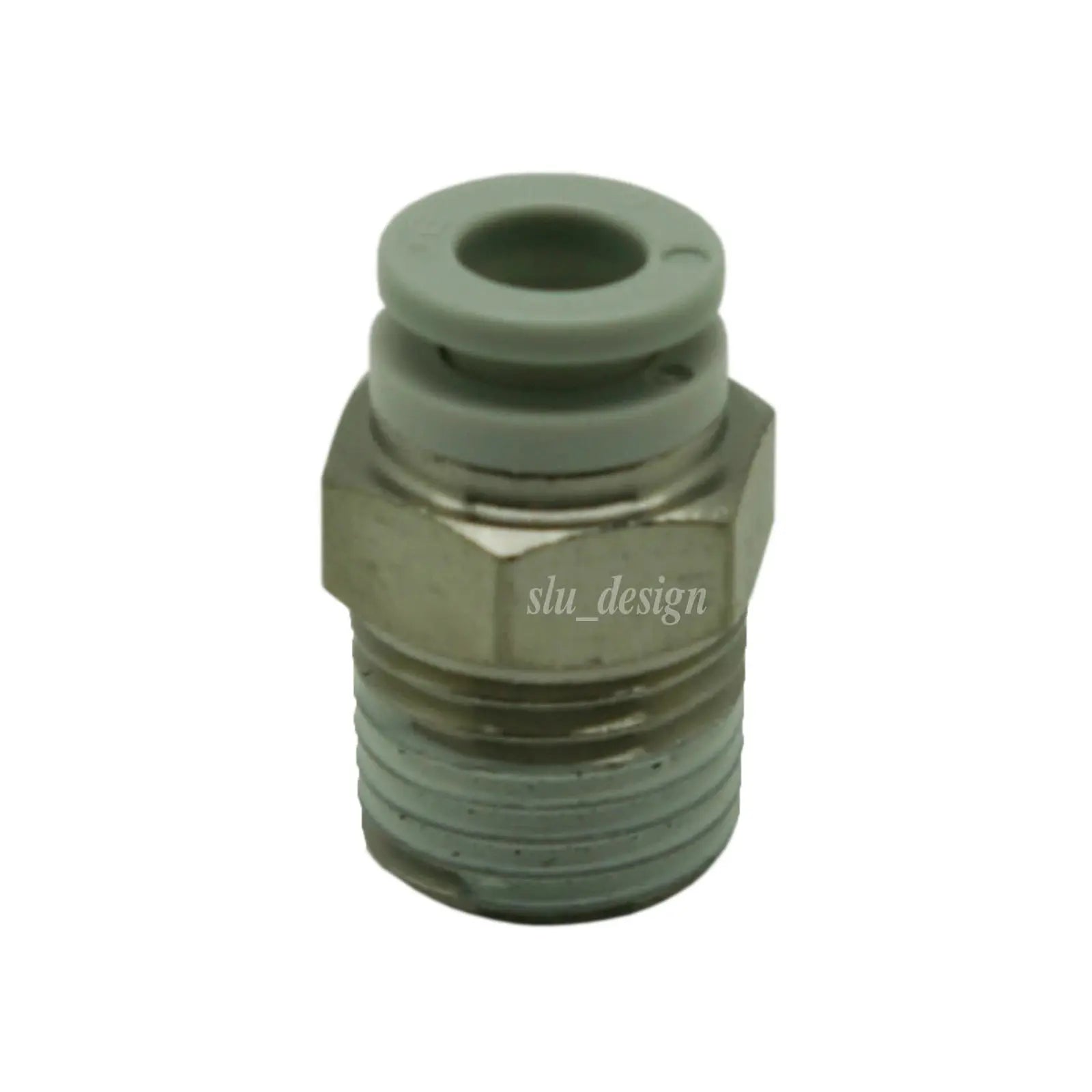
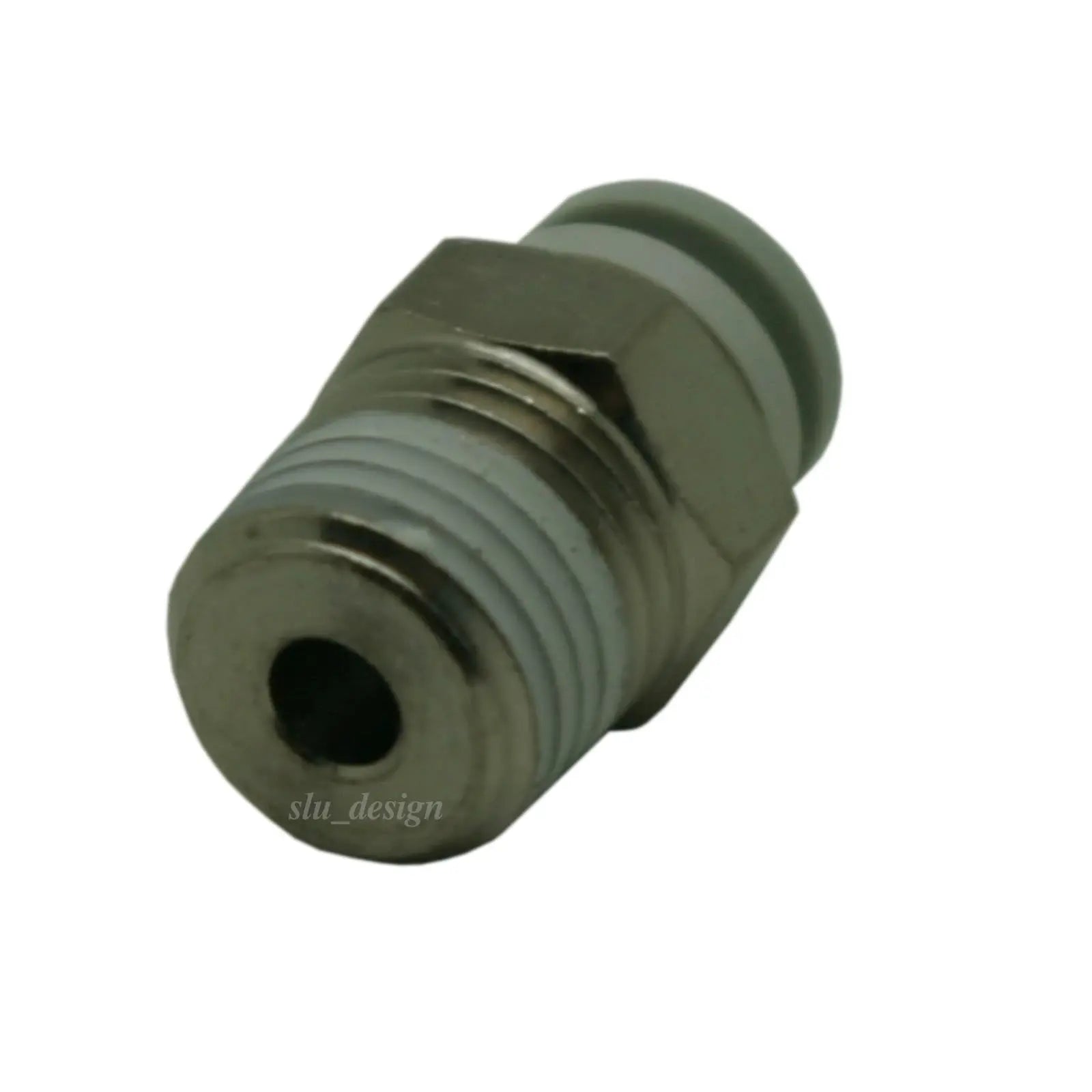
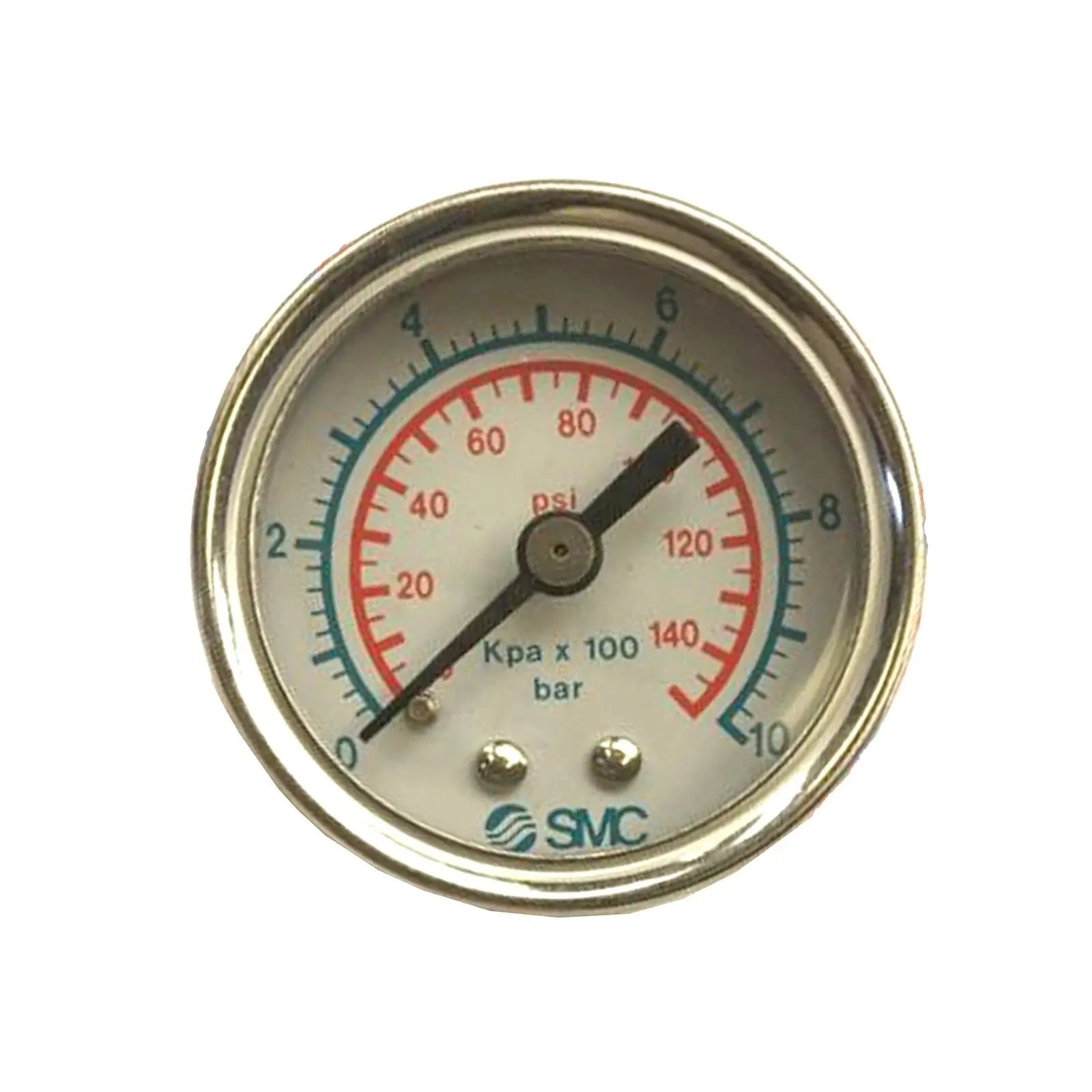
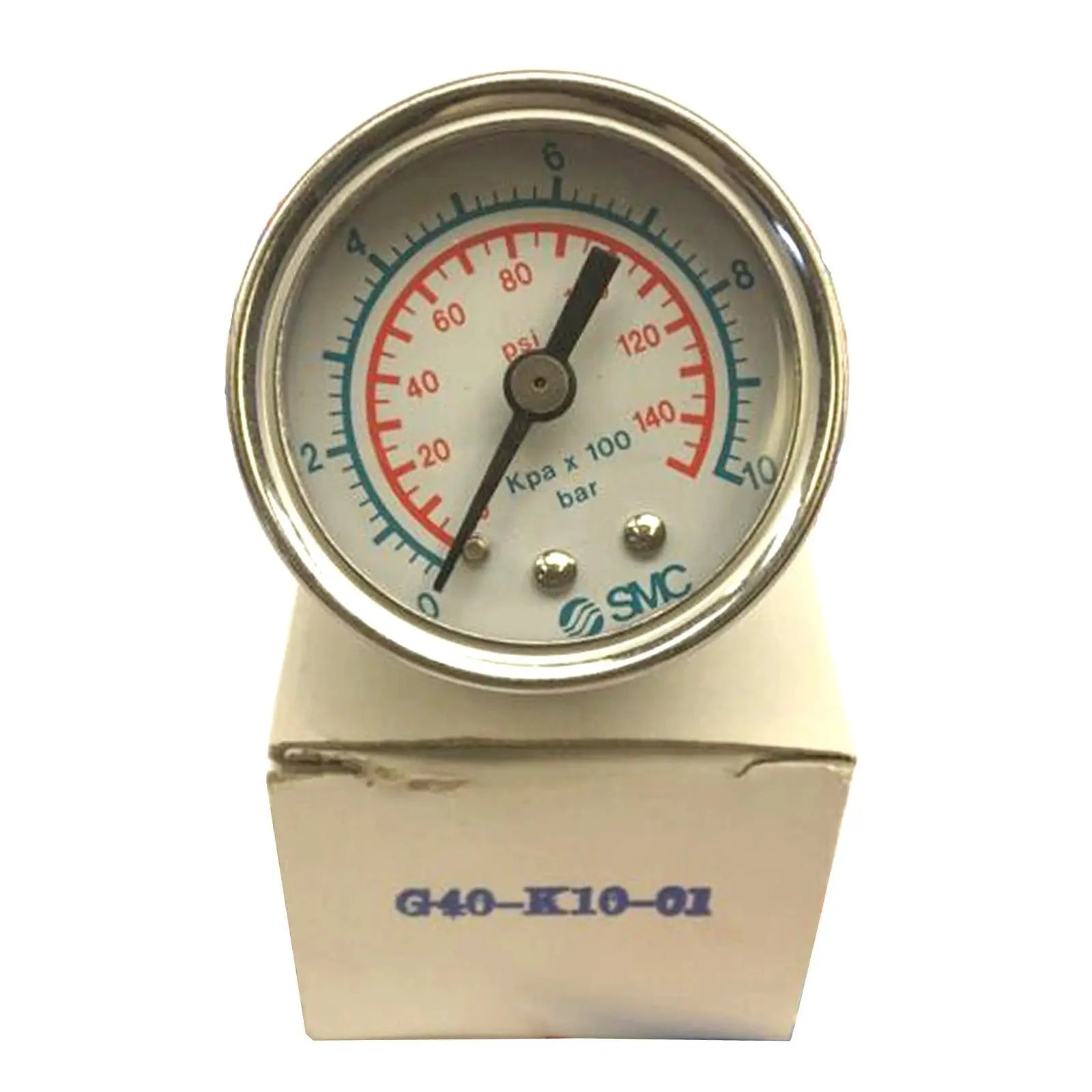
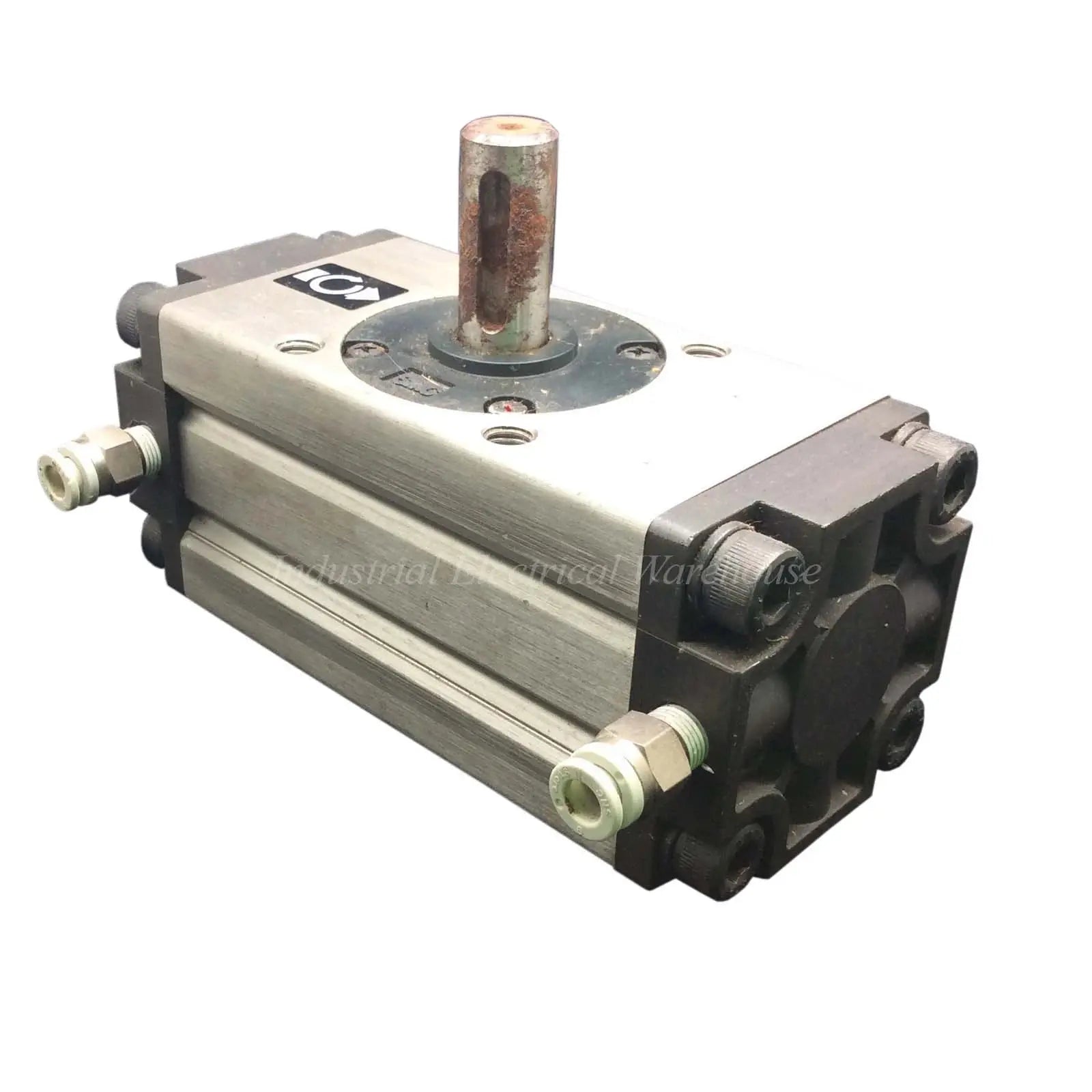
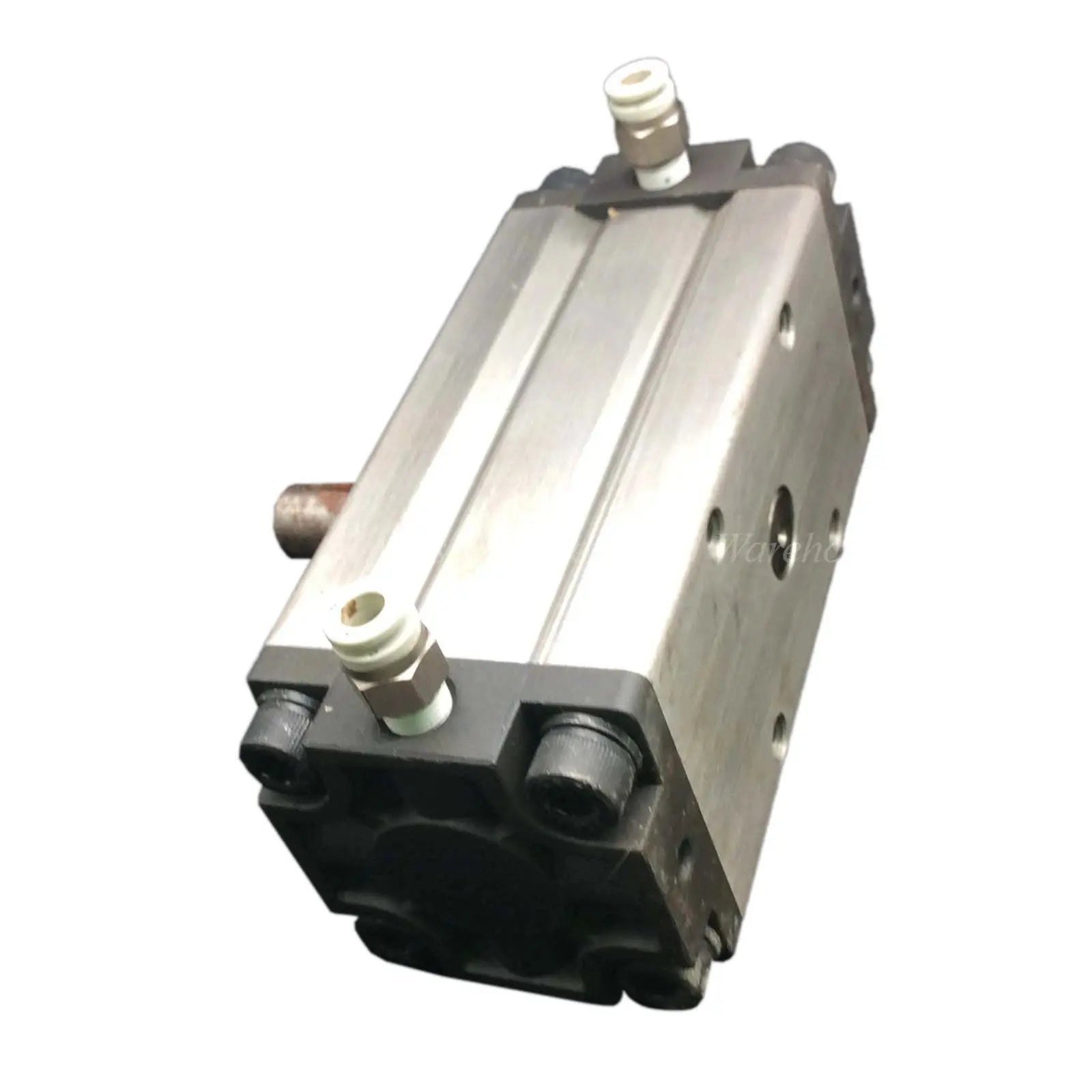
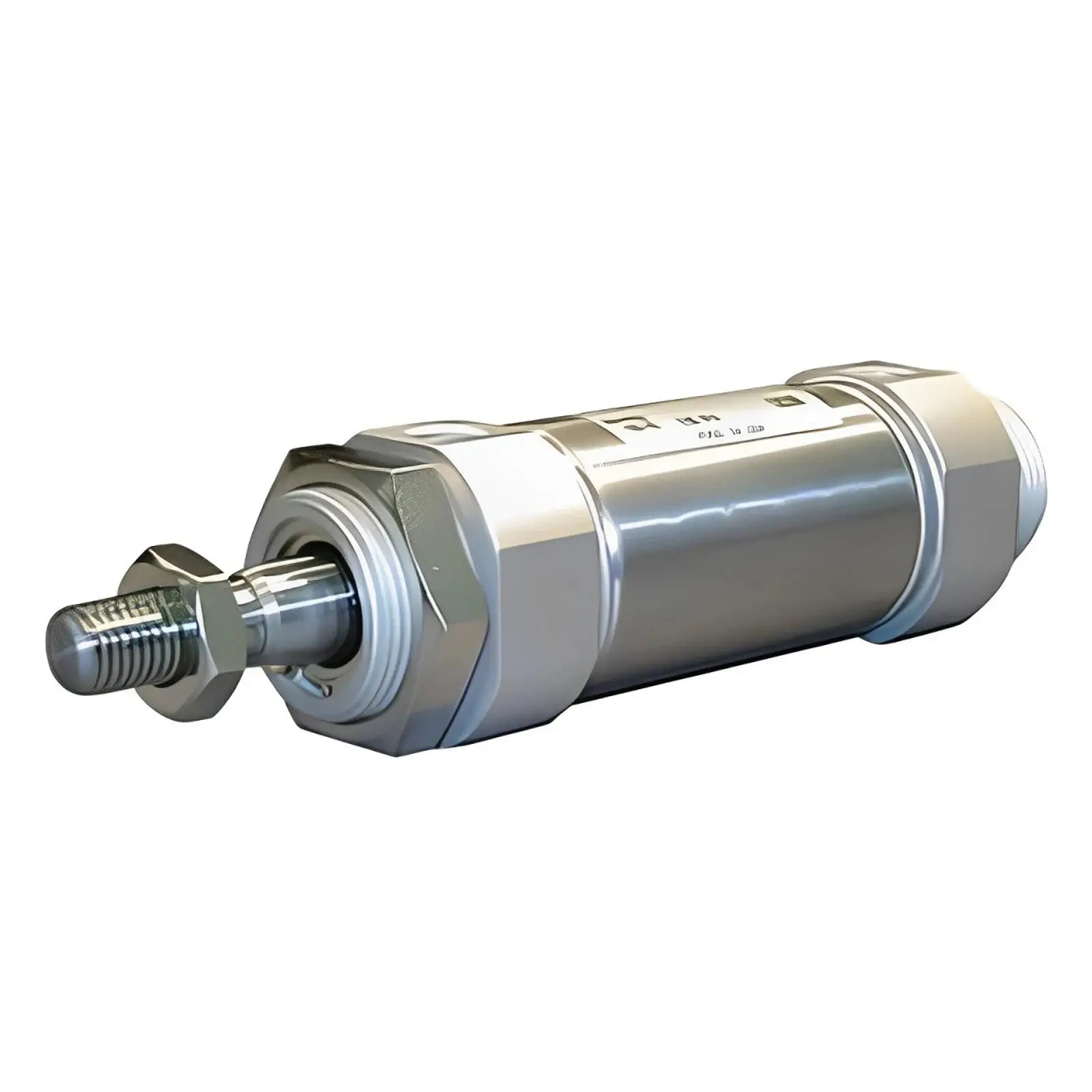
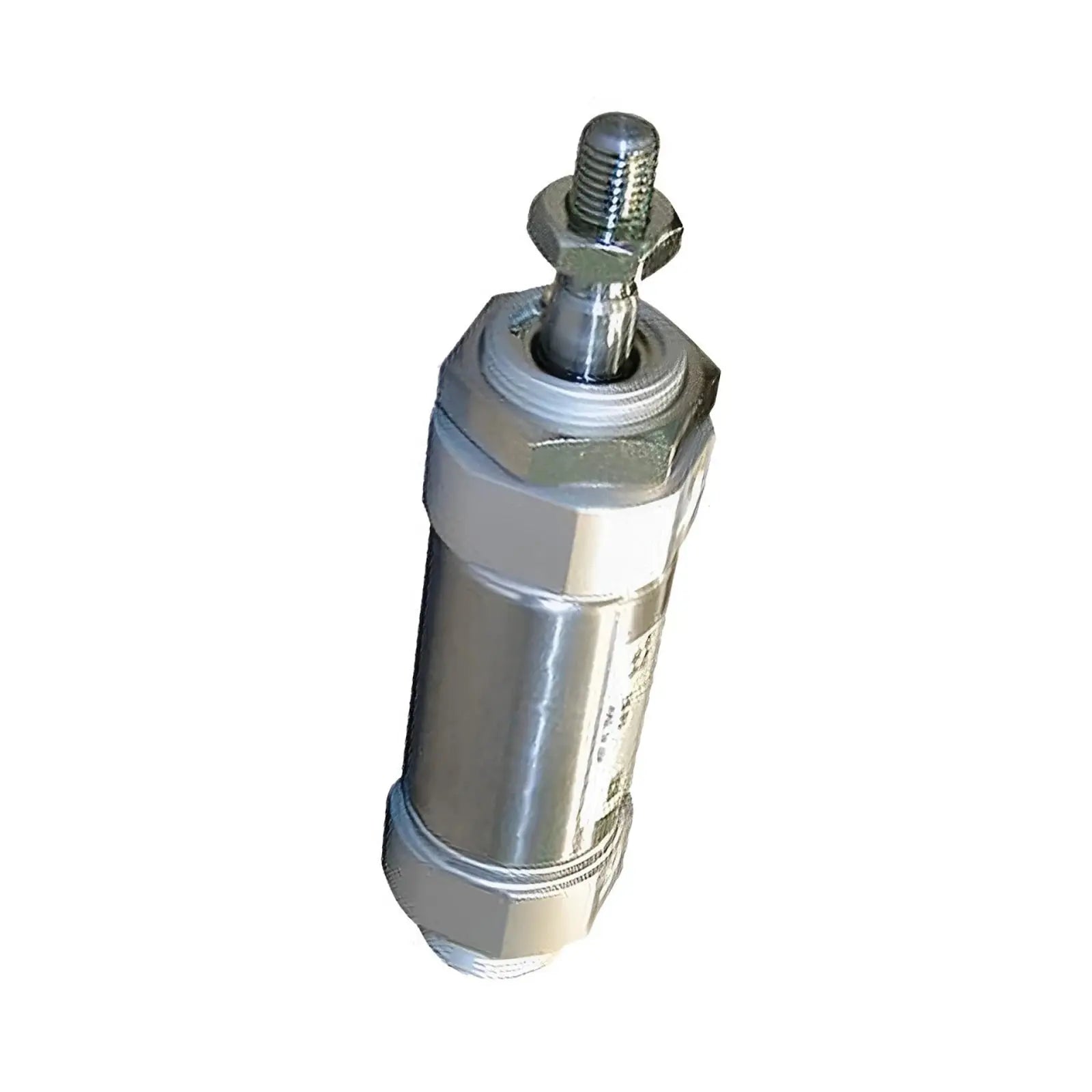
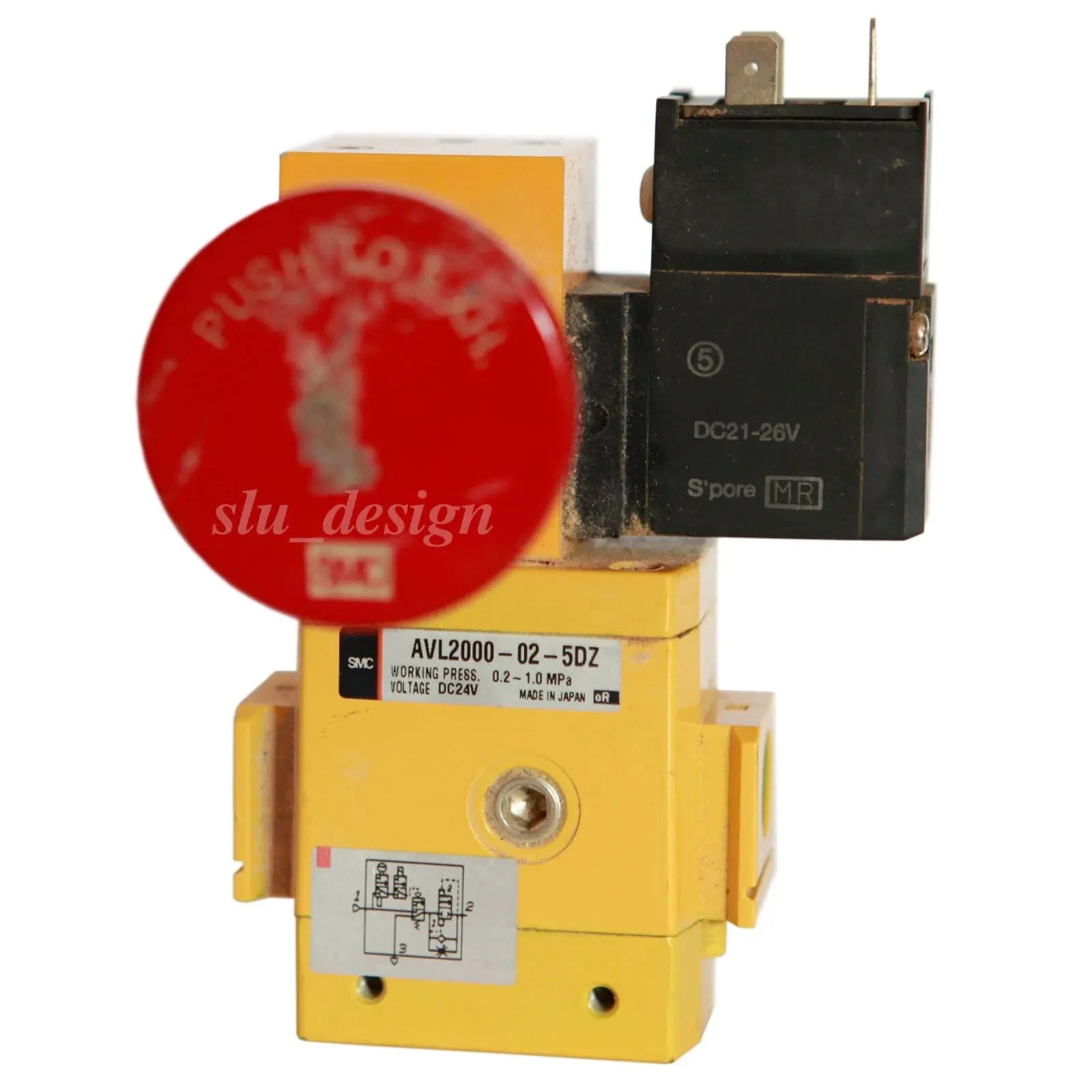
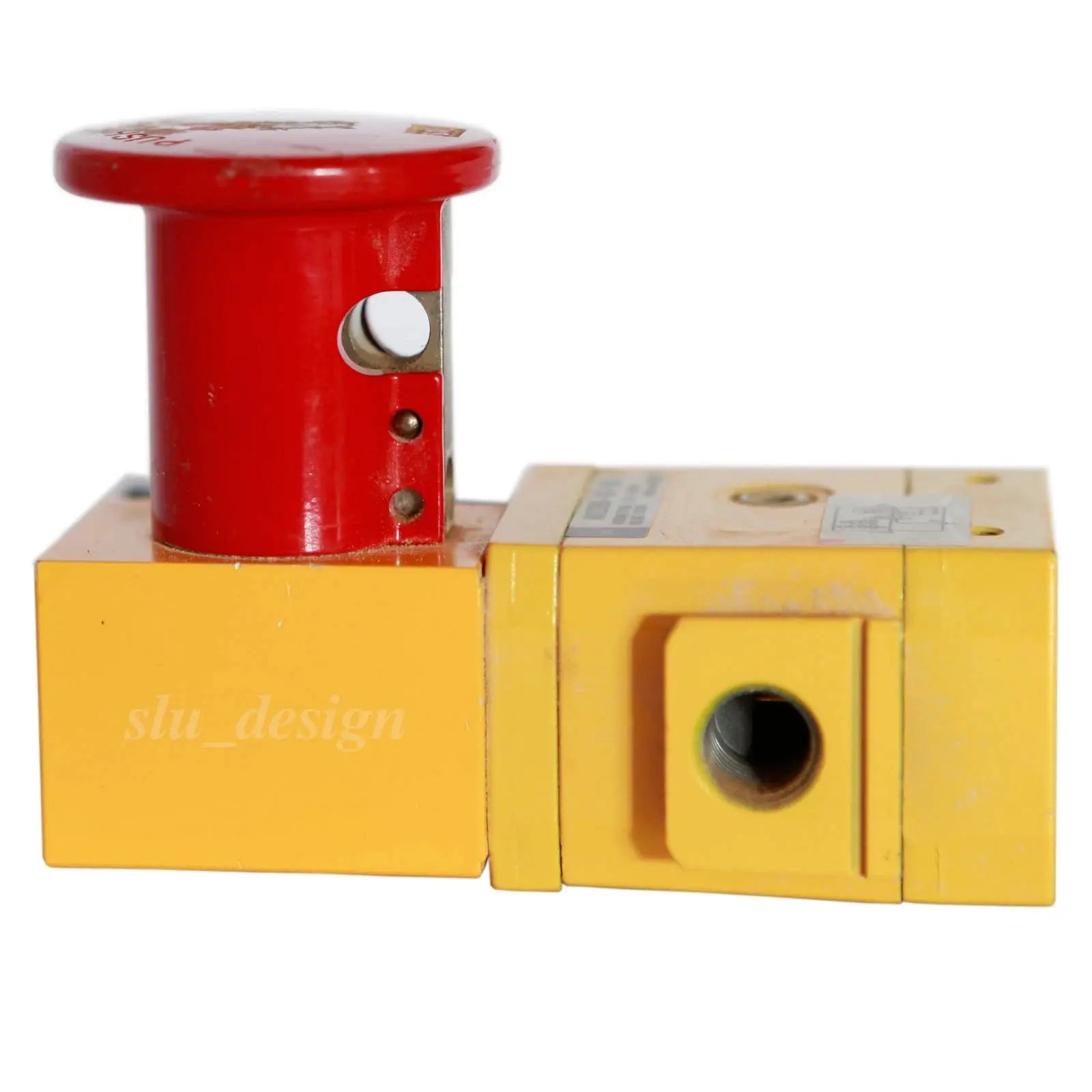

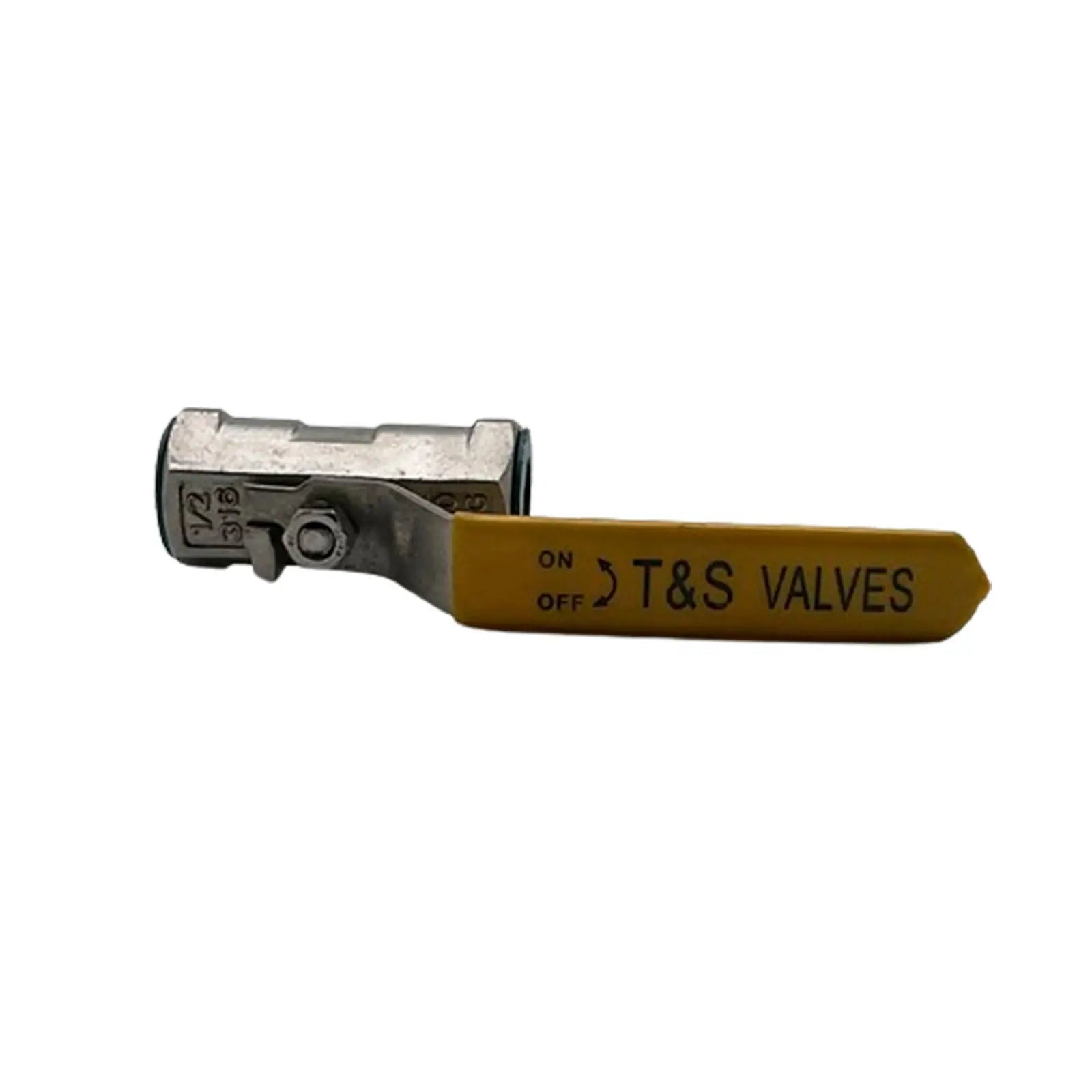
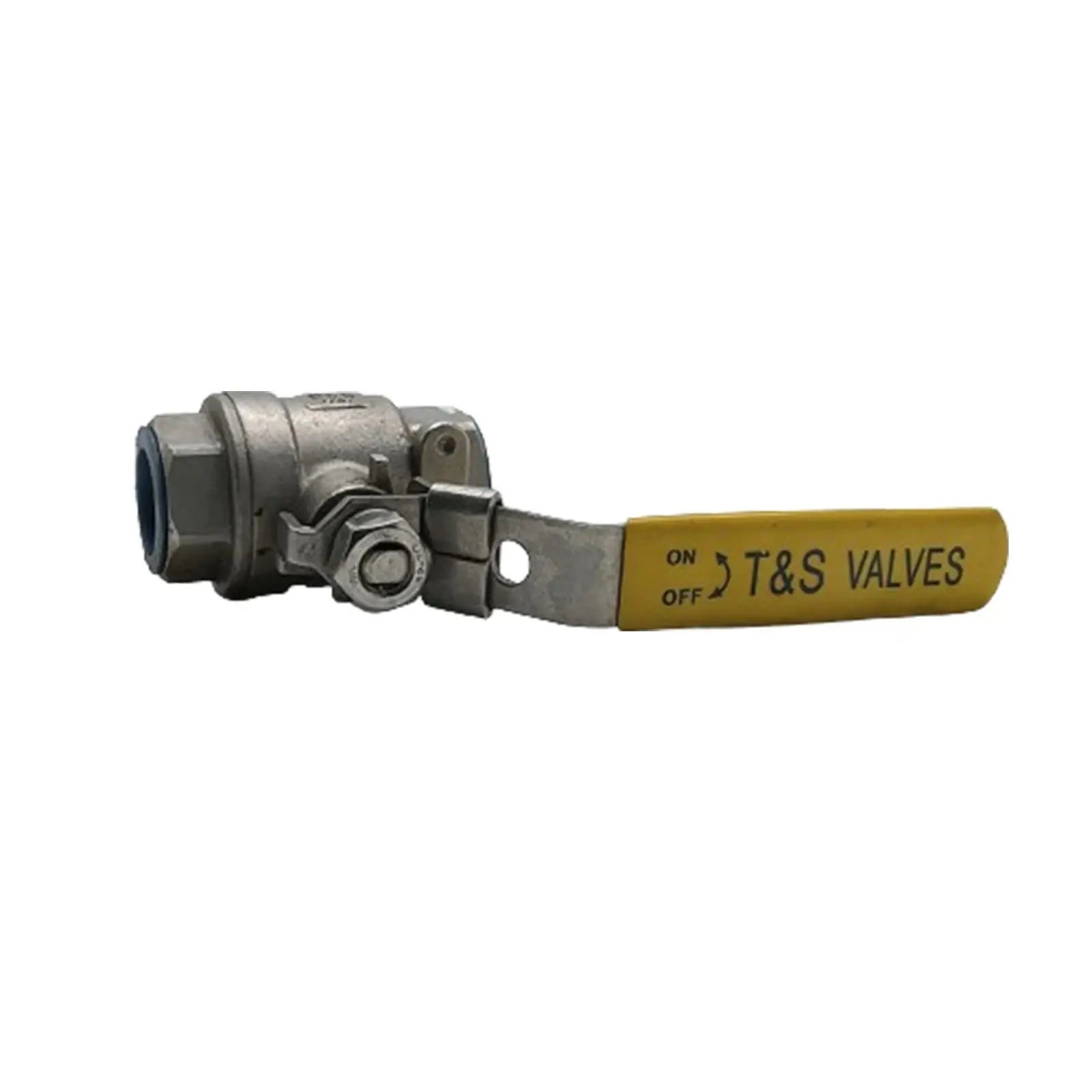

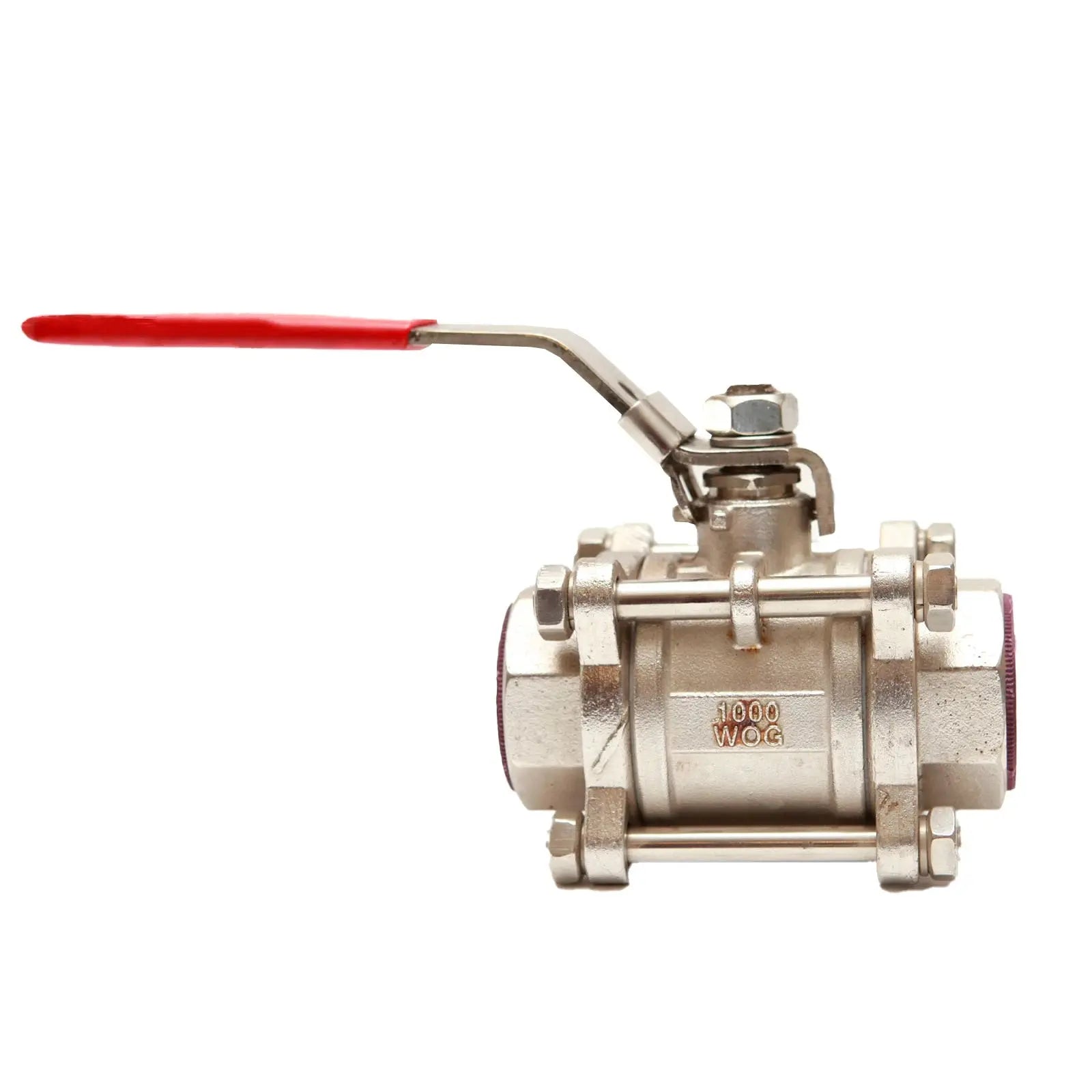
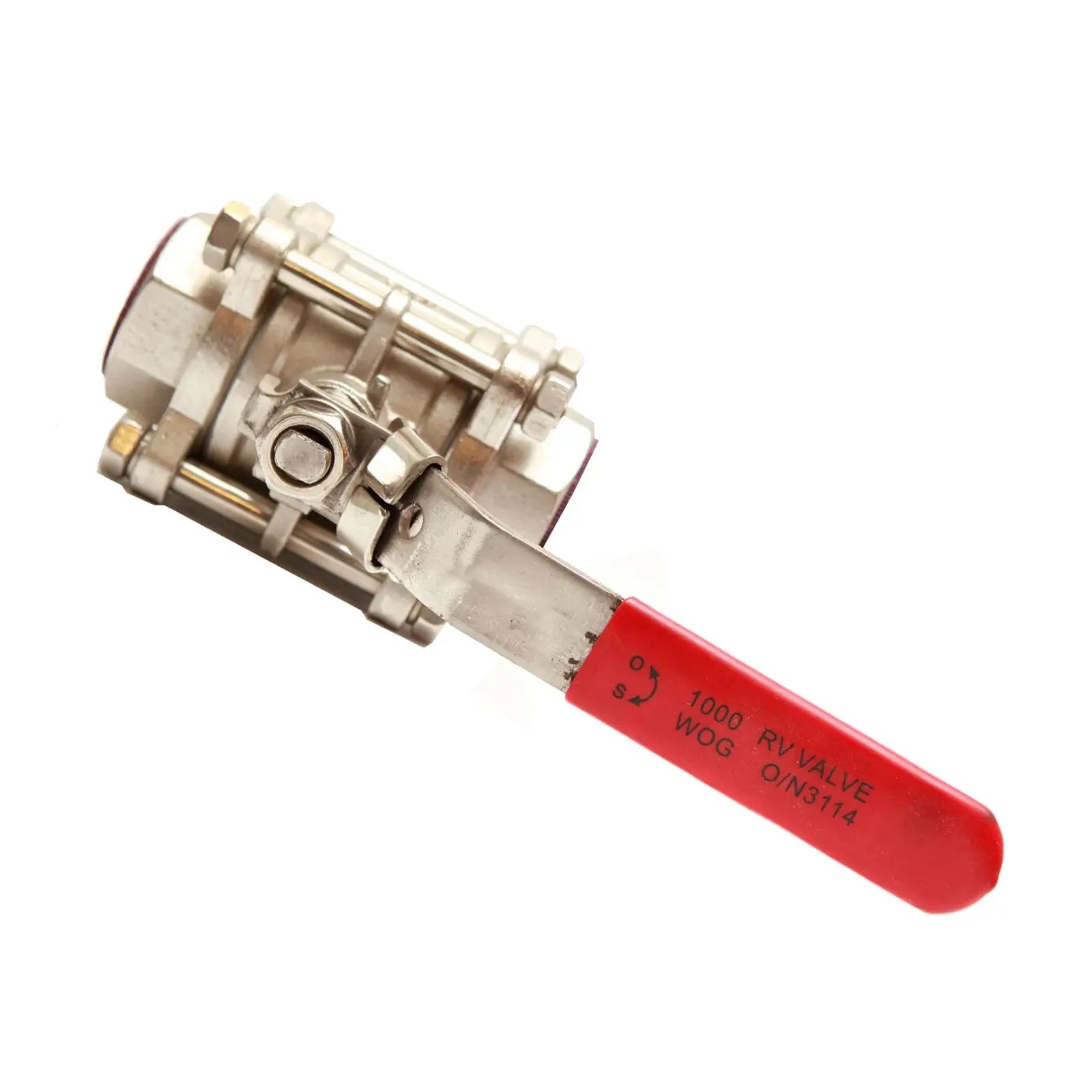
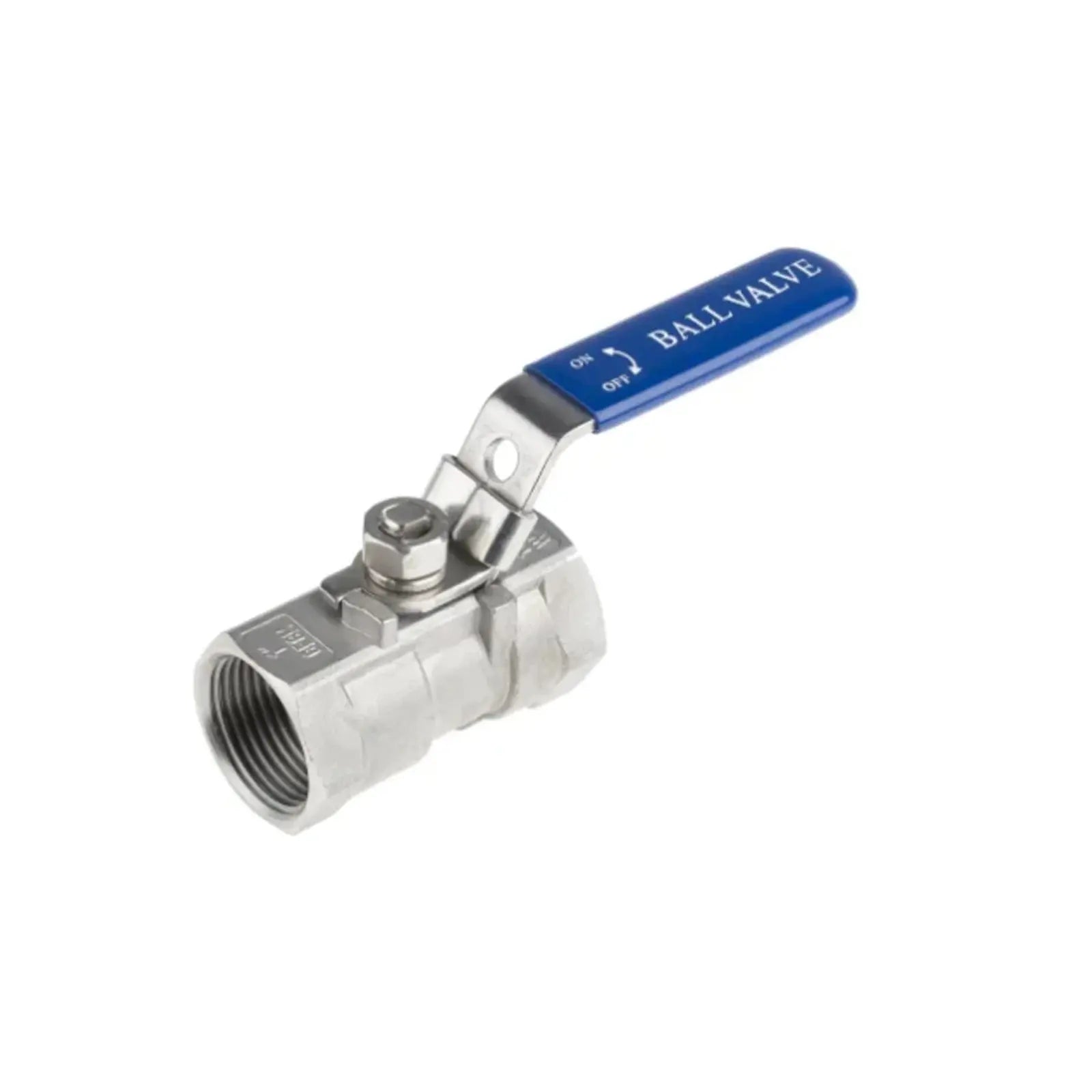

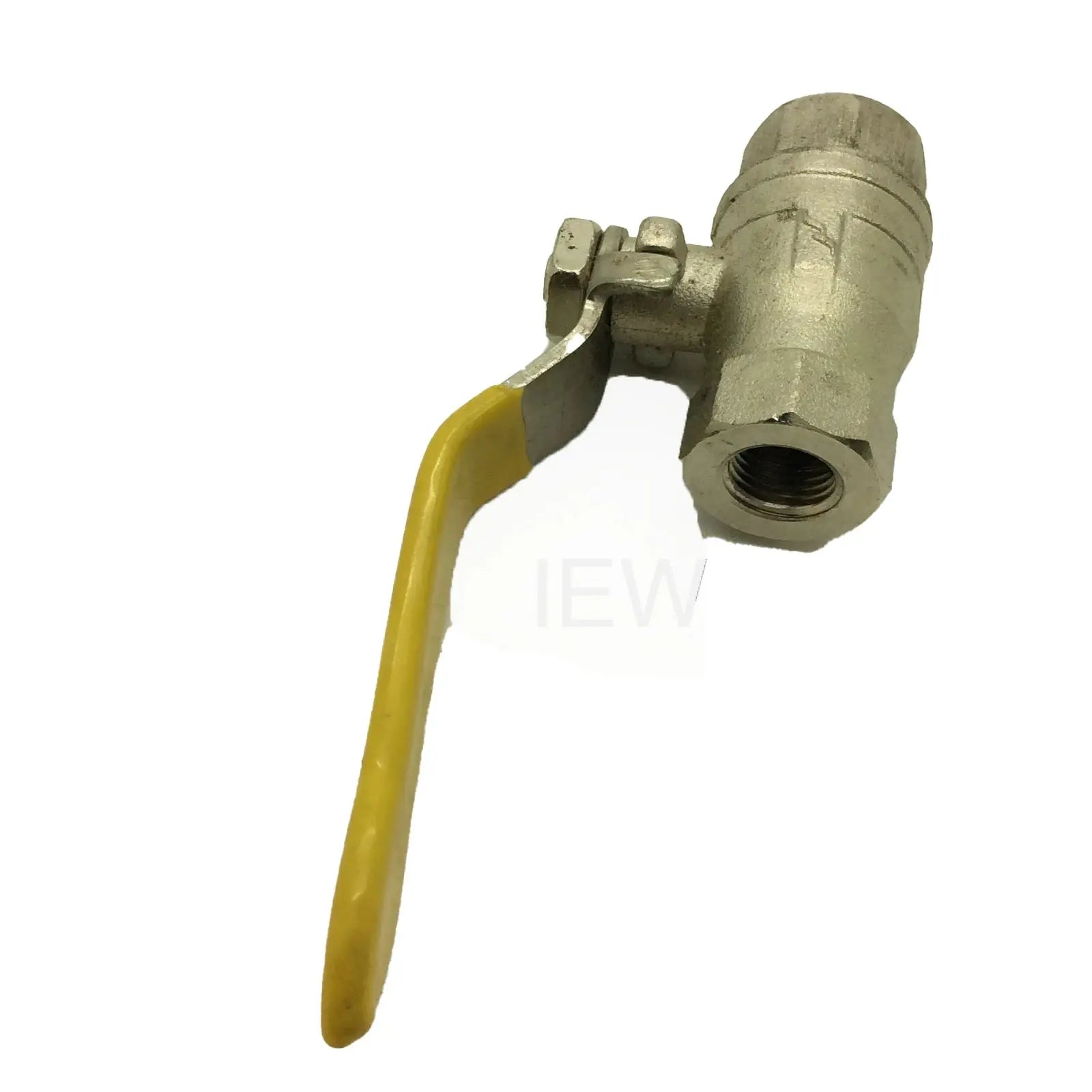
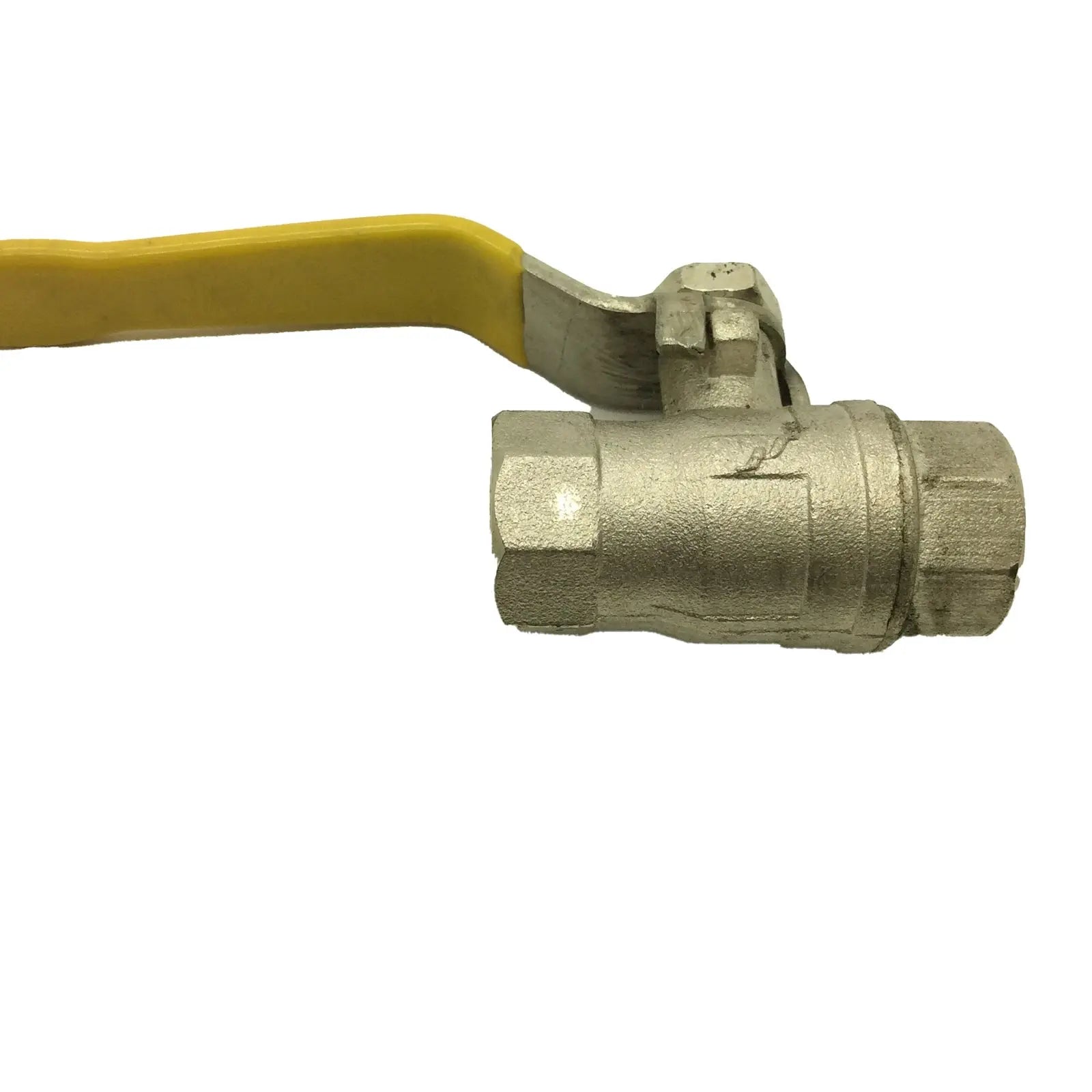
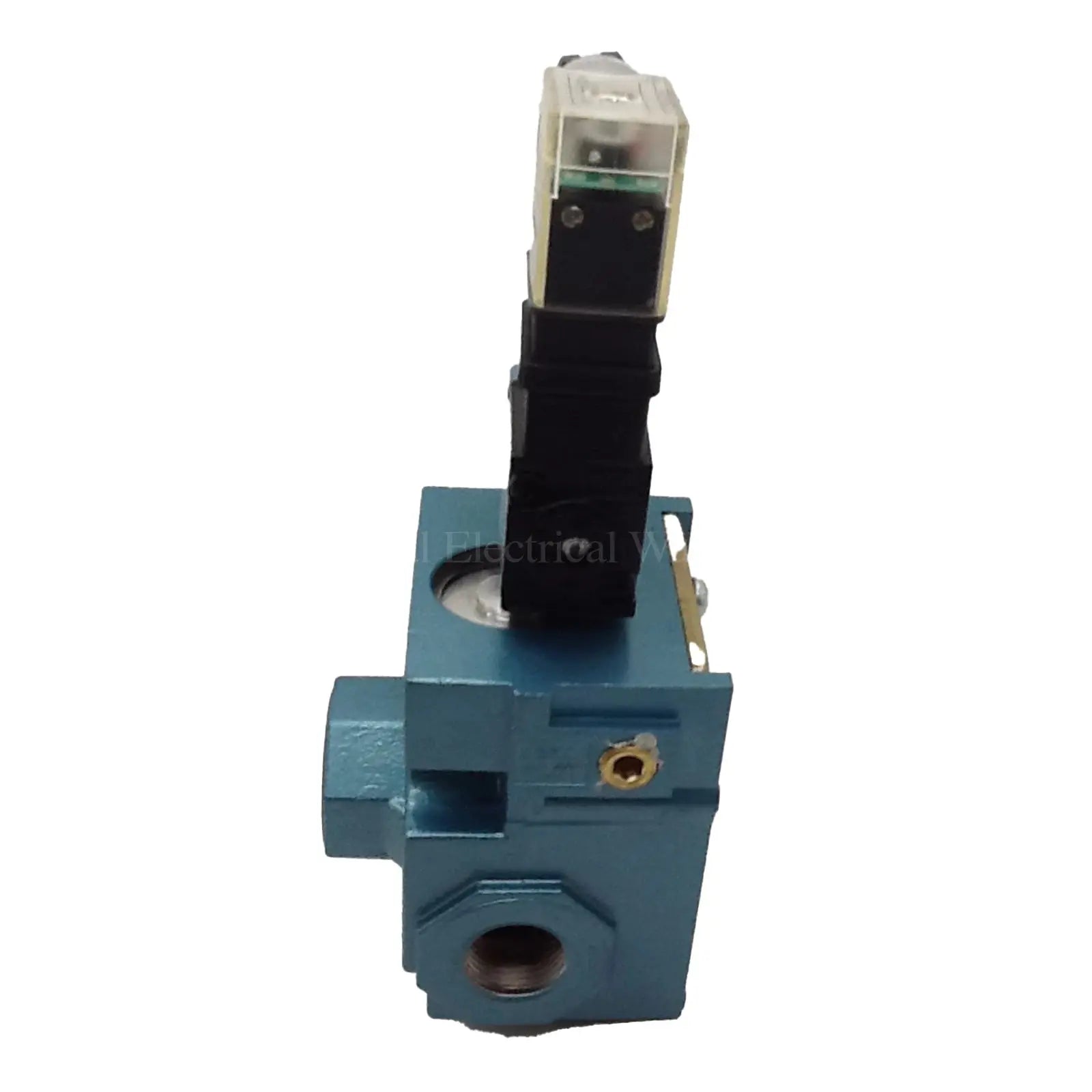
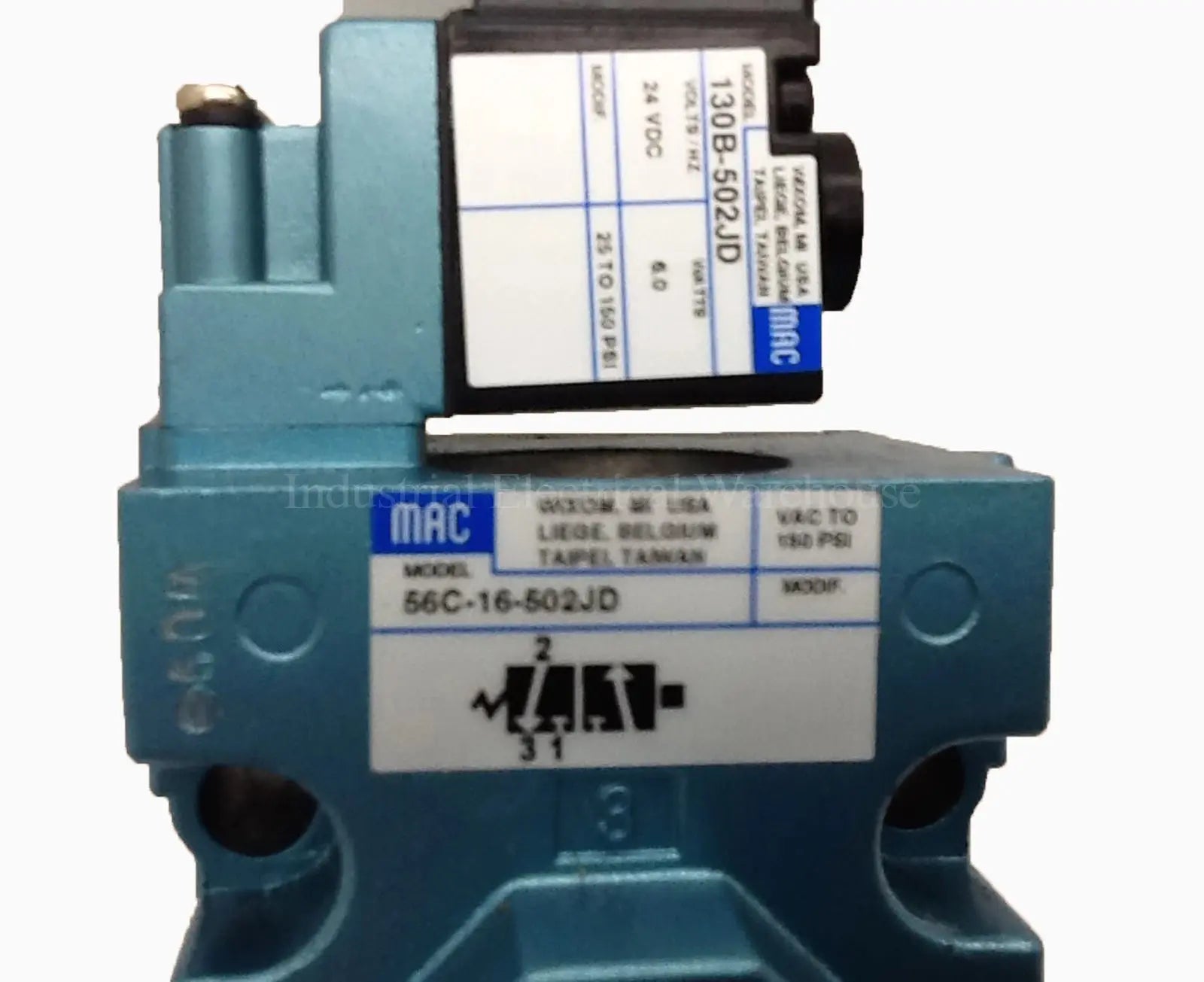
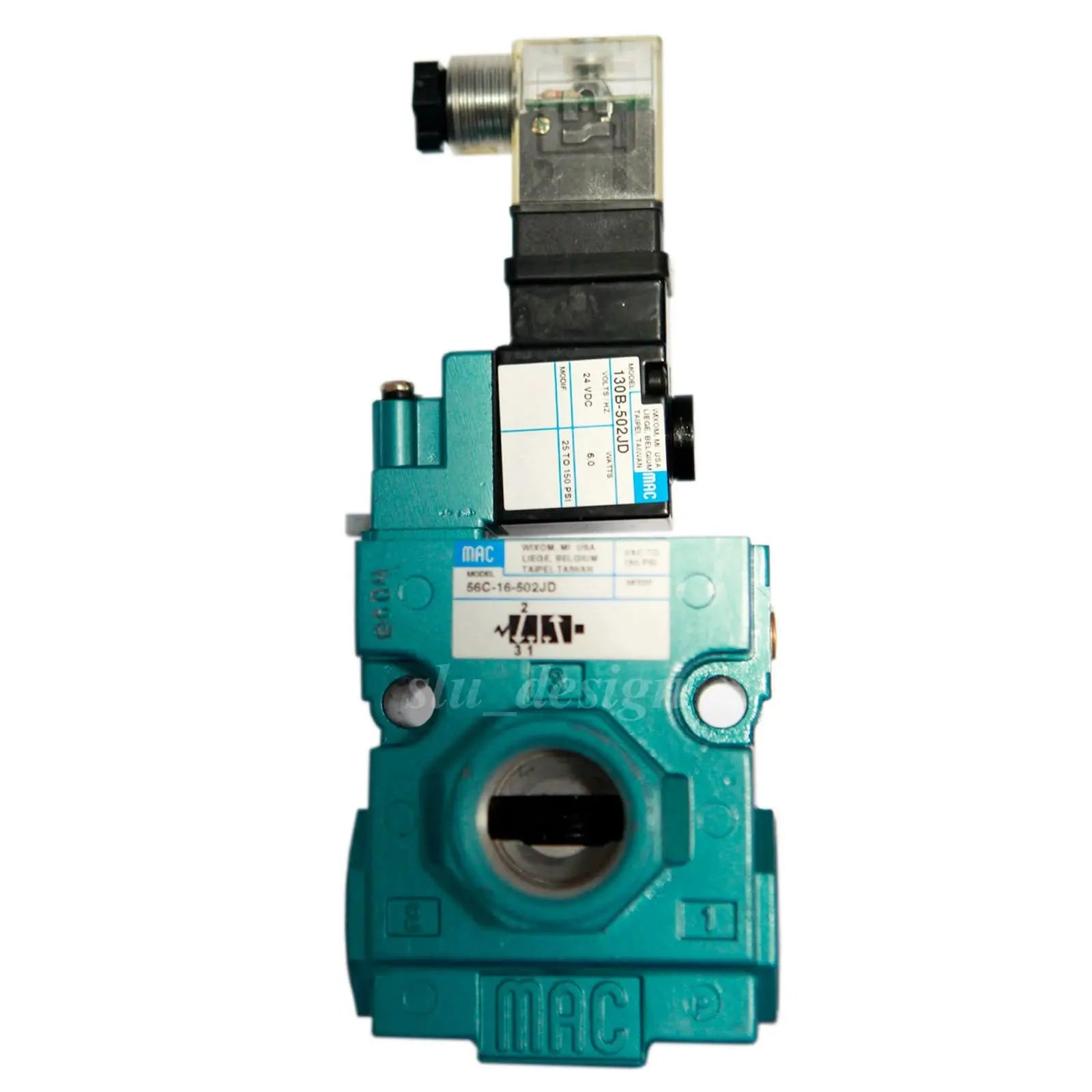
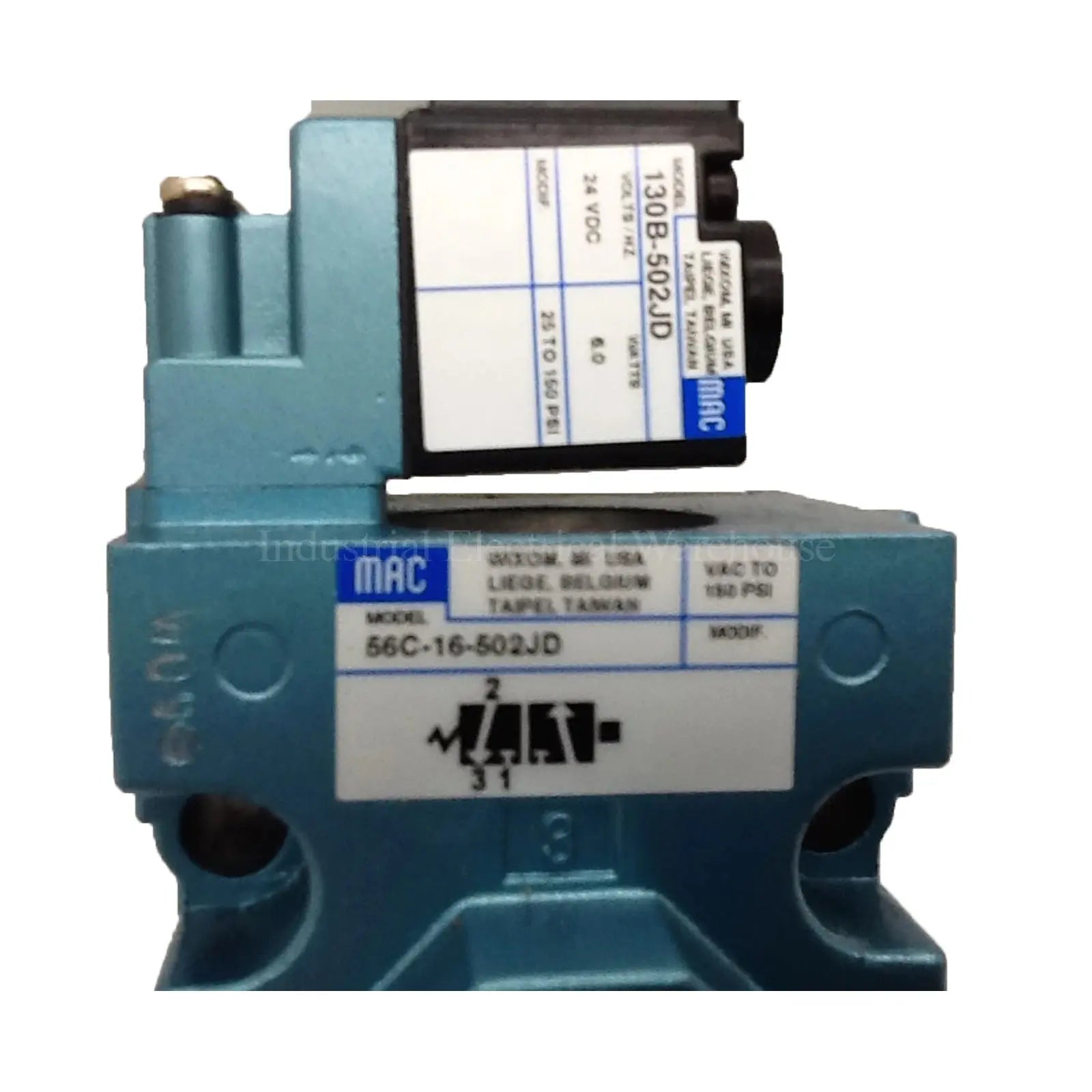
Pneumatic Cylinders Collection
Explore our extensive range of Pneumatic Cylinders, designed to convert compressed air into linear motion for various industrial applications. These cylinders are essential components in automation systems, offering reliable performance in tasks such as lifting, clamping, and pushing loads.
Key Features:
-
Types of Pneumatic Cylinders:
-
Single-Acting Cylinders: Utilize compressed air to move the piston in one direction; a spring or external force returns the piston to its original position.
-
Double-Acting Cylinders: Use compressed air to move the piston in both directions, providing greater control and force.
-
Rodless Cylinders: Feature a piston mounted on a carriage that moves along a rail, eliminating the need for an external rod.
-
Tie-Rod Cylinders: Constructed with tie rods that hold the cylinder together, offering durability and strength.
-
Compact Cylinders: Designed for applications with limited space, providing high force in a compact size.
-
-
Materials: Manufactured from high-quality materials such as aluminum and stainless steel to ensure durability and resistance to corrosion.
-
Mounting Styles: Available in various mounting options, including foot, flange, and pivot, to suit different installation requirements.
-
Bore Sizes and Stroke Lengths: Offered in a range of bore sizes and stroke lengths to meet specific application needs.
-
Applications: Ideal for use in industries such as manufacturing, automation, packaging, and automotive, where speed, simplicity, and cost-effectiveness are essential.
Why Choose Our Pneumatic Cylinders:
-
High Performance: Designed to deliver consistent and reliable performance in demanding applications.
-
Versatility: Suitable for a wide range of industrial applications, from simple tasks to complex automation systems.
-
Customization: Available in various configurations to meet specific application requirements.
-
Quality Assurance: Manufactured to meet international standards, ensuring high quality and reliability.
Browse our collection to find the perfect pneumatic cylinder for your needs. Whether you're looking for a compact cylinder for tight spaces or a heavy-duty cylinder for demanding tasks, we have the right solution for you.
Need Bulk Orders or Expert Recommendations on Pneumatic Cylinder?
Looking for bulk Pneumatic Cylinder orders or need help choosing the right industrial solution? Our team is here to assist with custom quotes, product recommendations, and technical guidance. Whether you're an electrician, contractor, or business owner, we offer tailored solutions to meet your needs.
📩 Contact Us or chat with us live for instant assistance!
Explore Our Monthly Madness Deals Collection!
Don't miss out on huge savings across our store! Check out the best deals in:
Explore these categories now and grab the best deals before they're gone!
- All Products in Our Range – Top-quality products handpicked for you.
- Best Sellers – Customer favourites and high-demand items.
- Watts Hot Deals and Sales – Limited-time discounts on must-have products.
- Watts New – Fresh arrivals and the latest innovations.
-
All Collections – Explore everything we have to offer.
Explore these categories now and grab the best deals before they're gone!
Don't forget to Check out our Massive Markdowns While Stocks Last!
Recently viewed
Watts Current Newsletter
Stay connected with the latest industrial electrical products, exclusive deals, and expert updates.
Sign up now and never miss out

